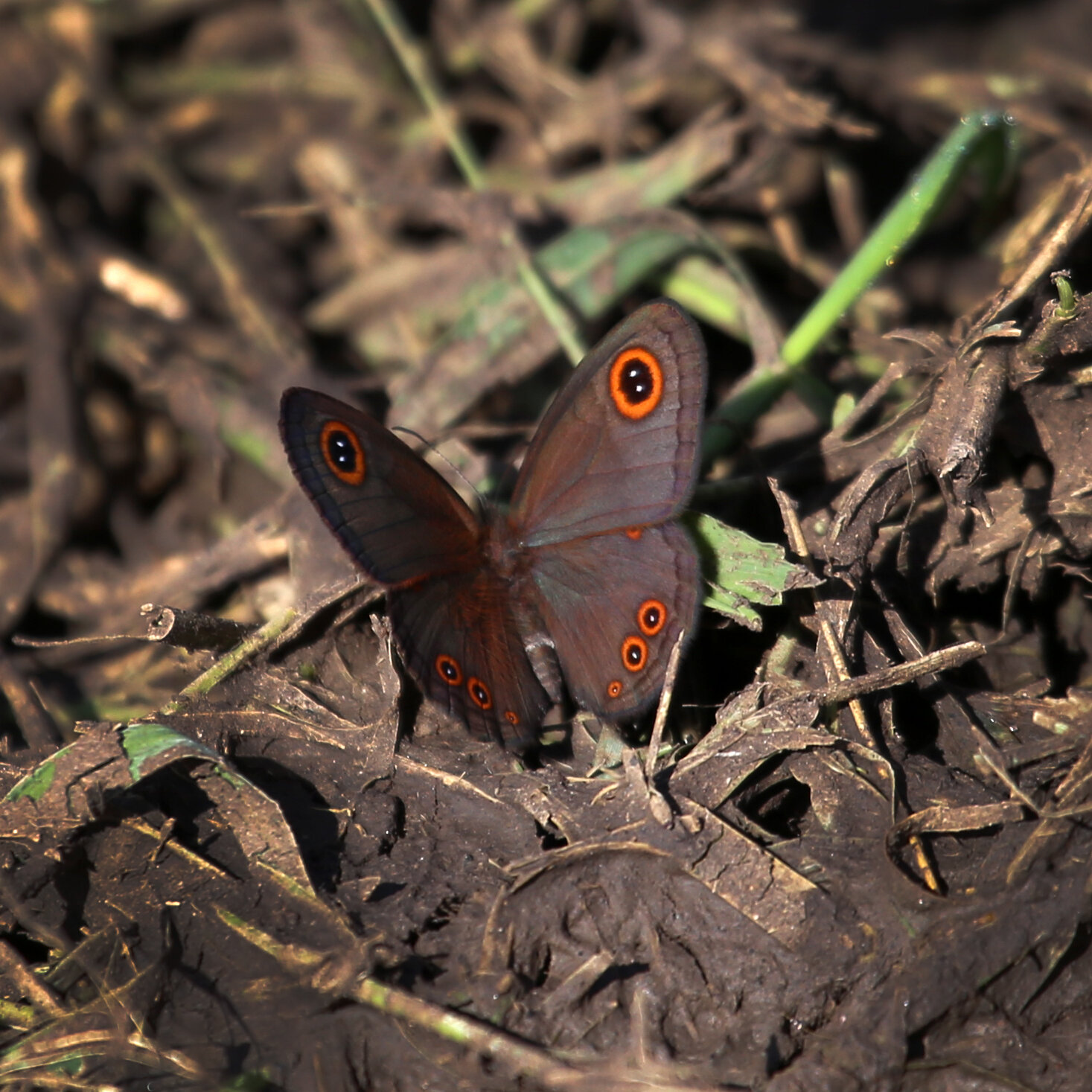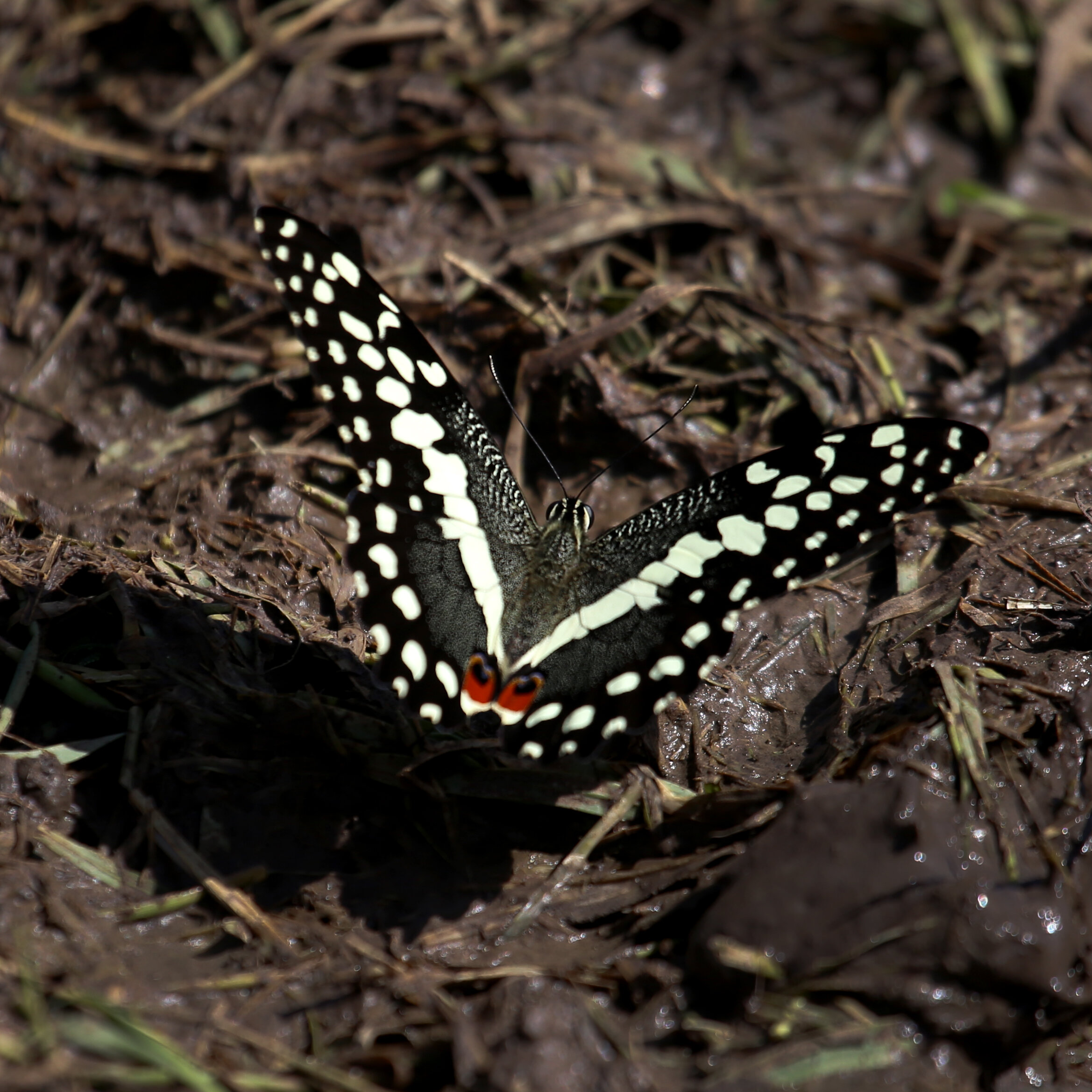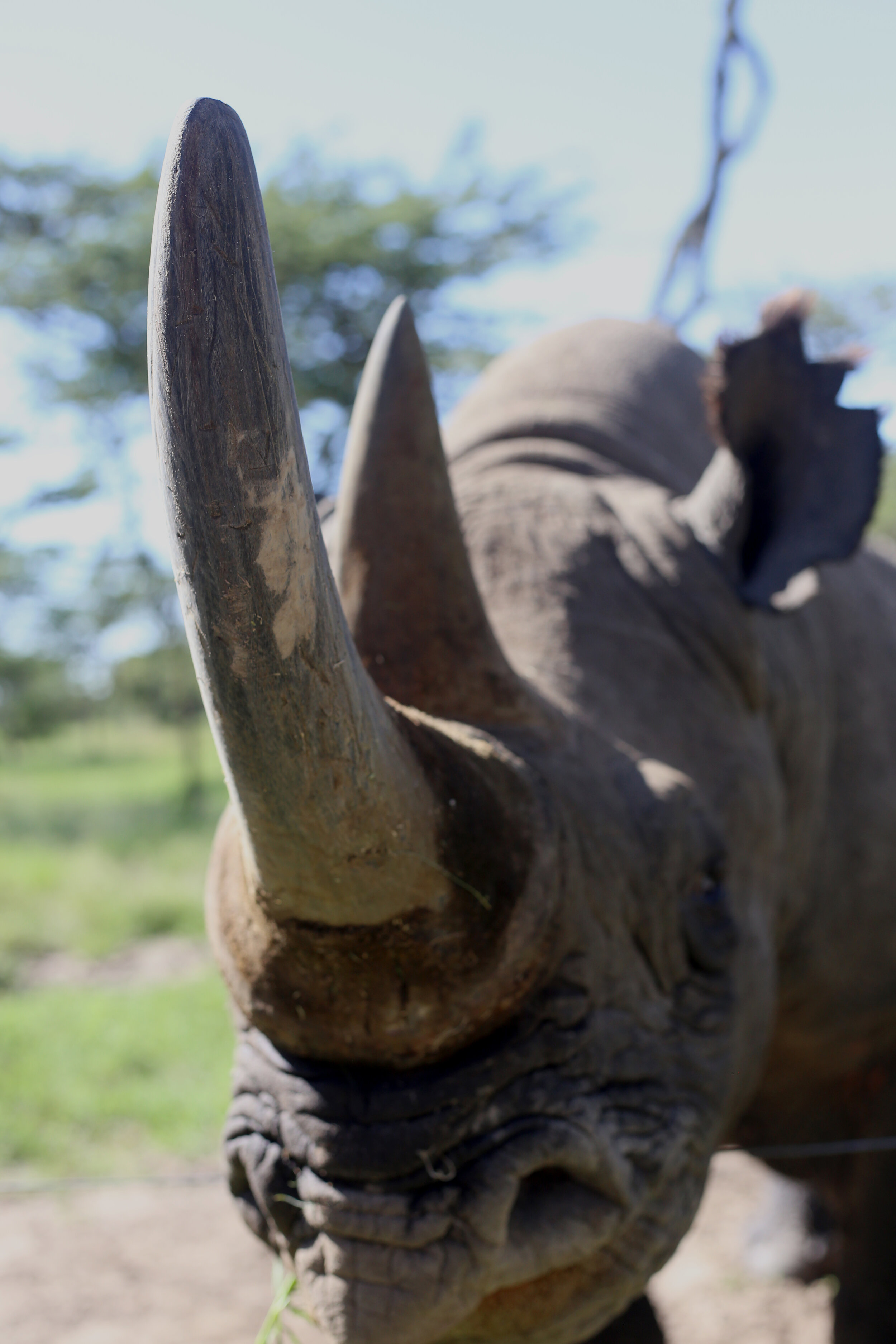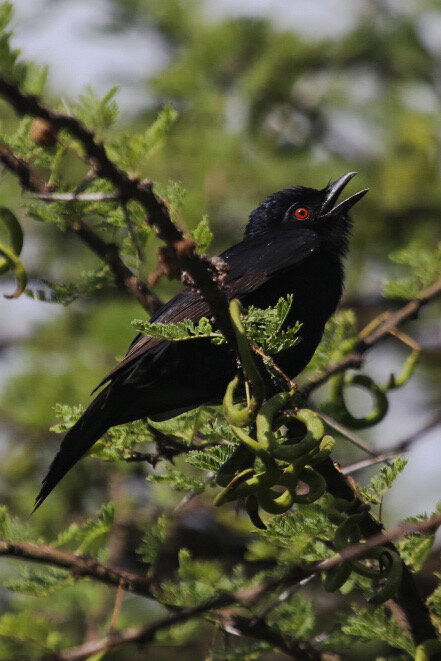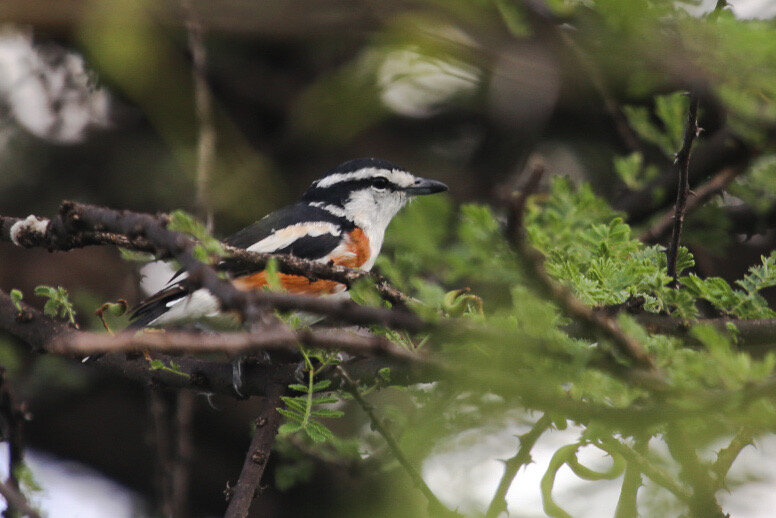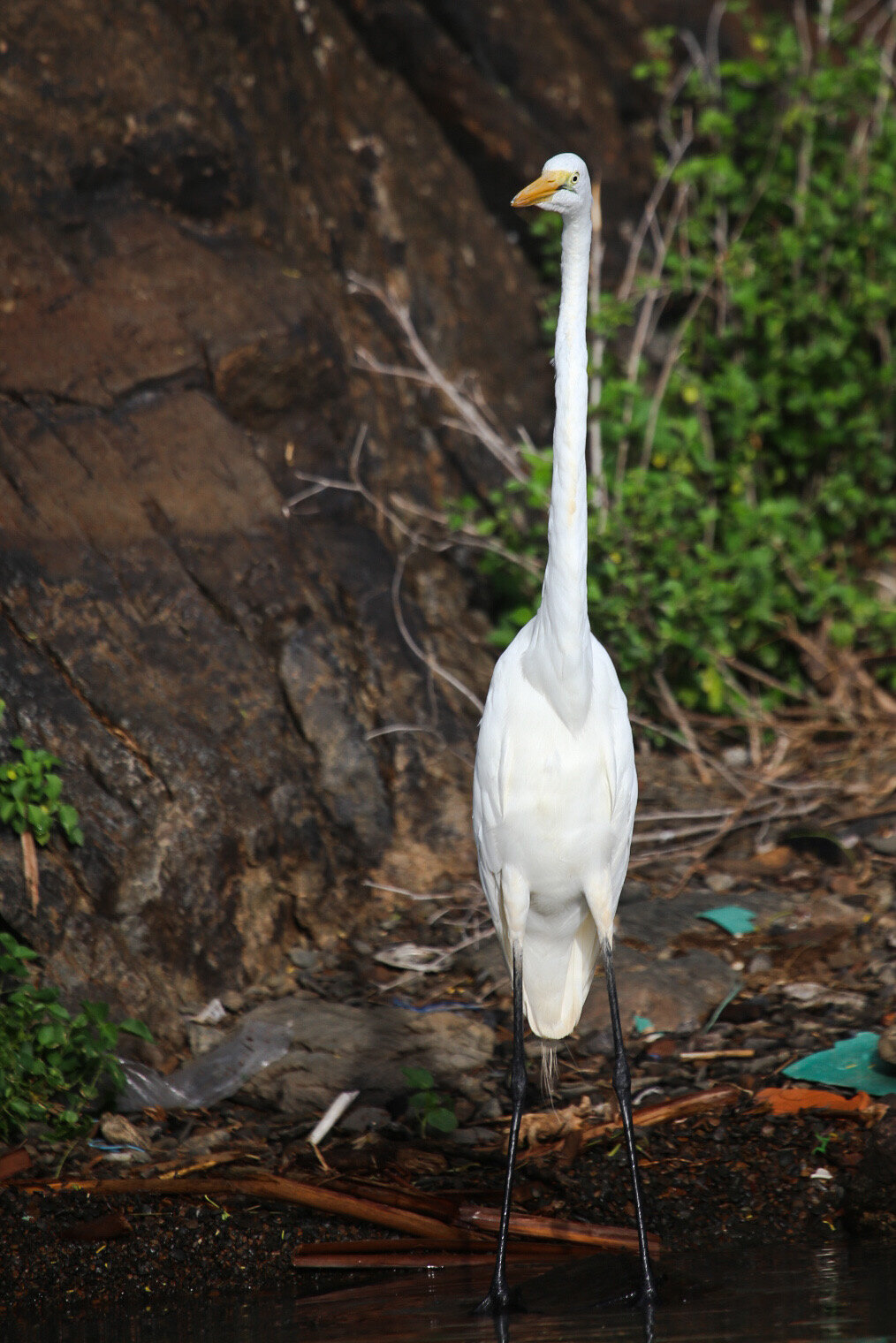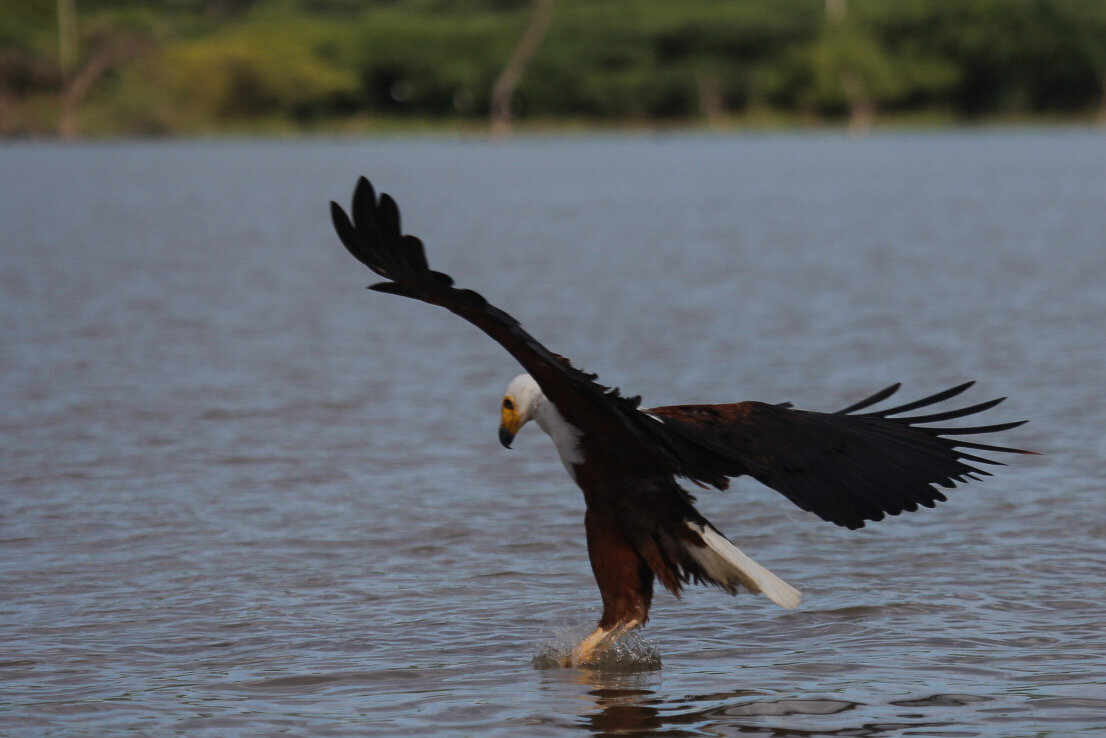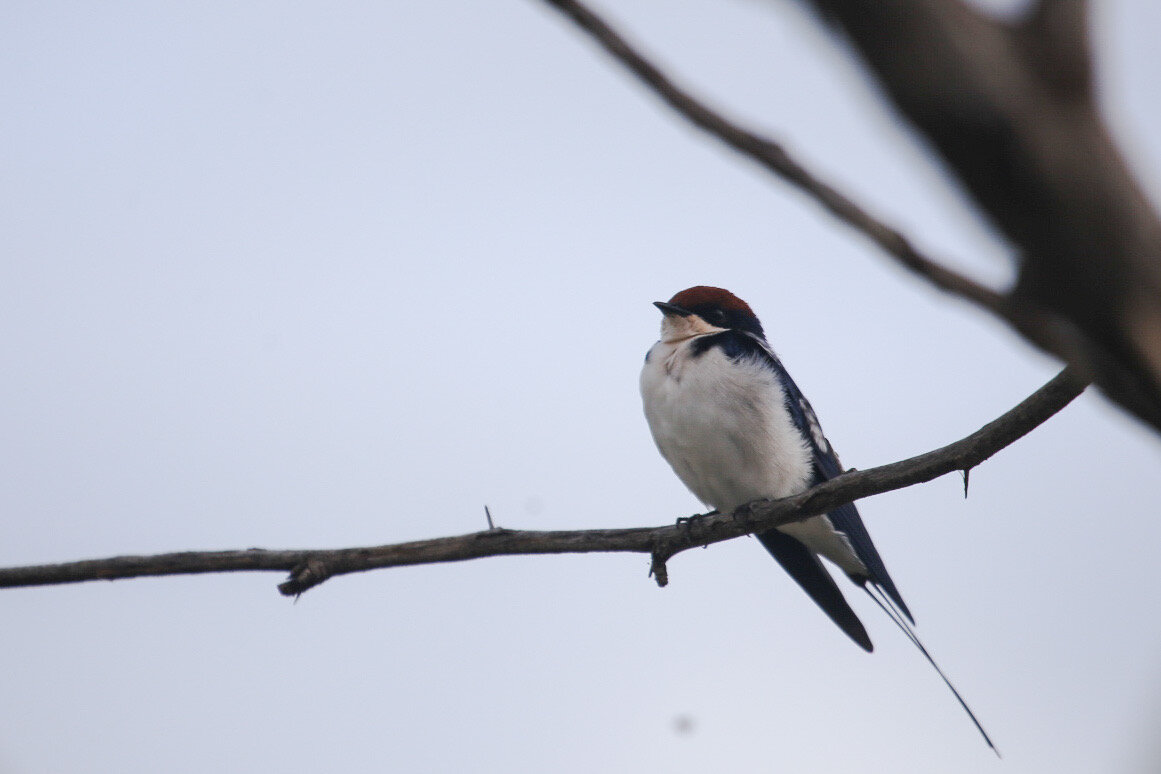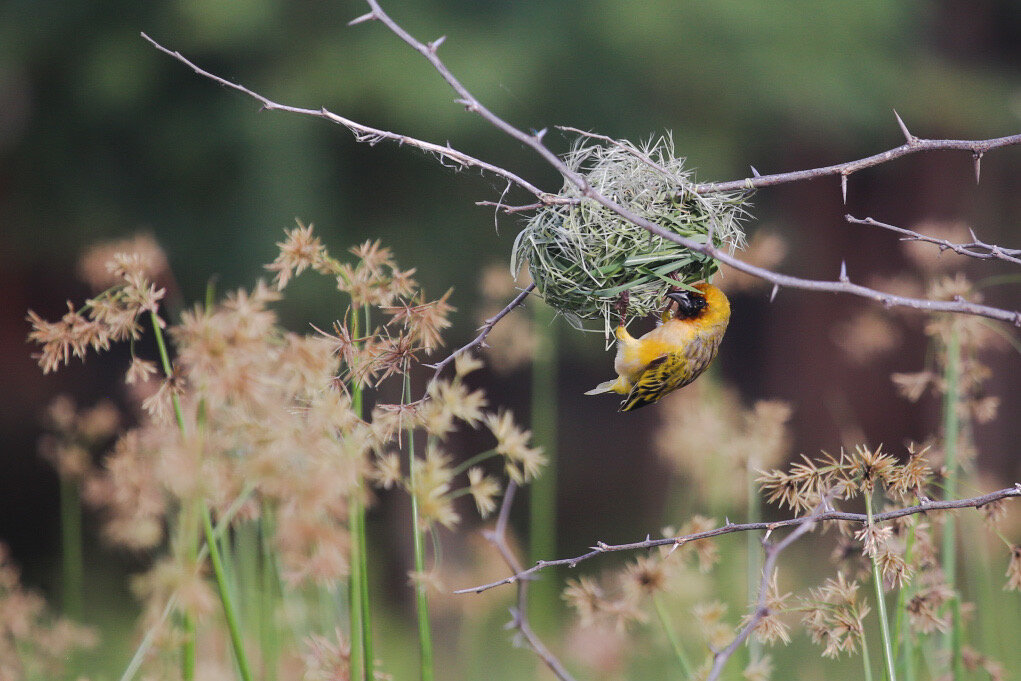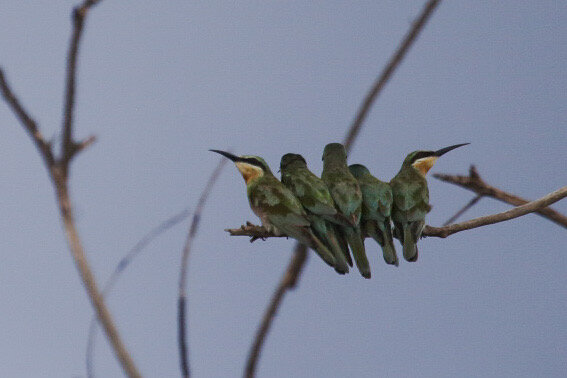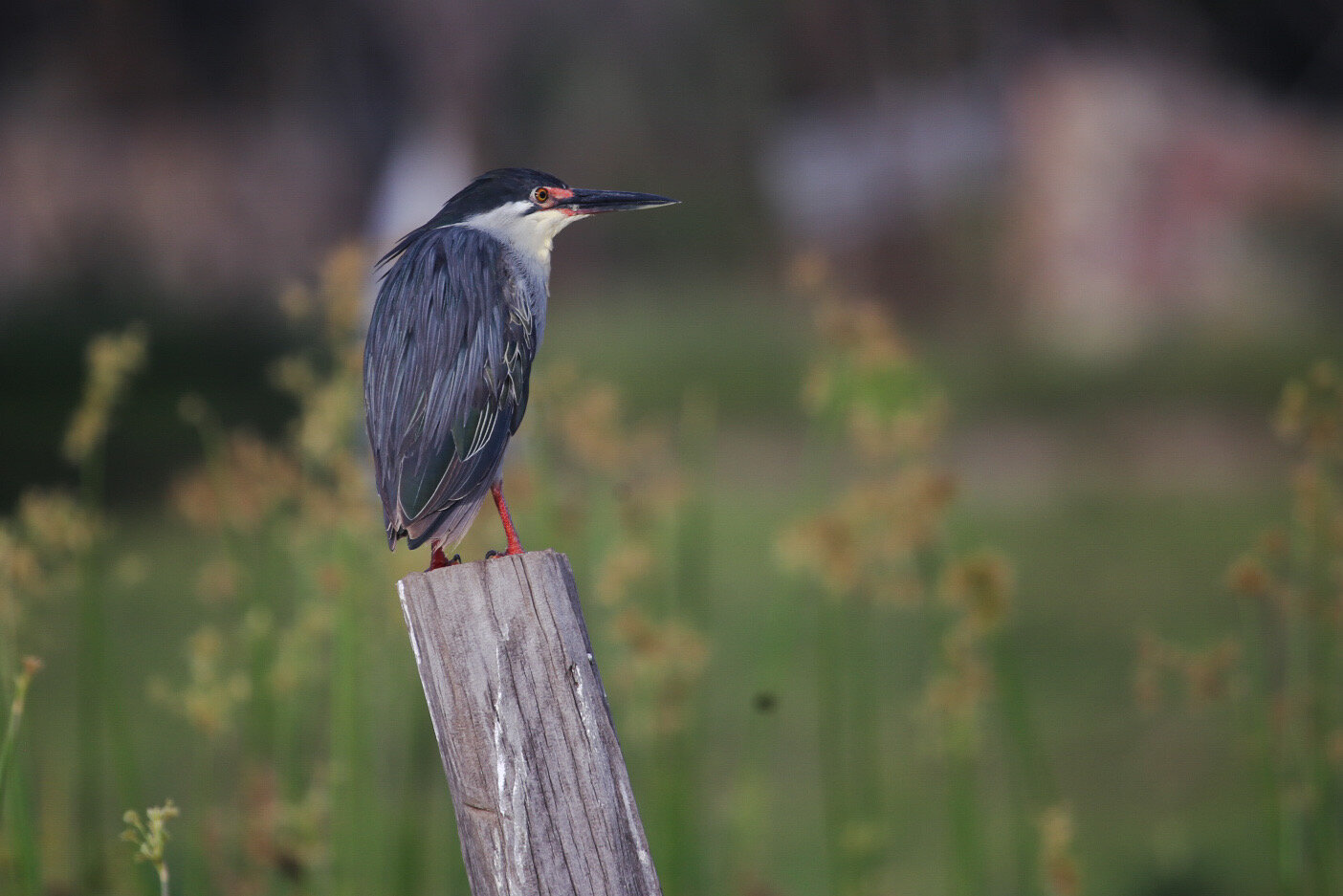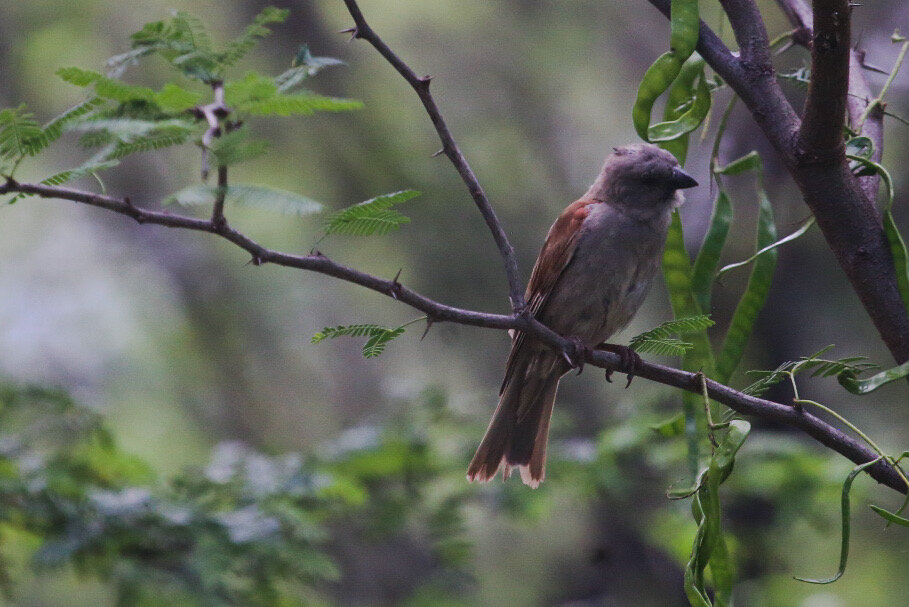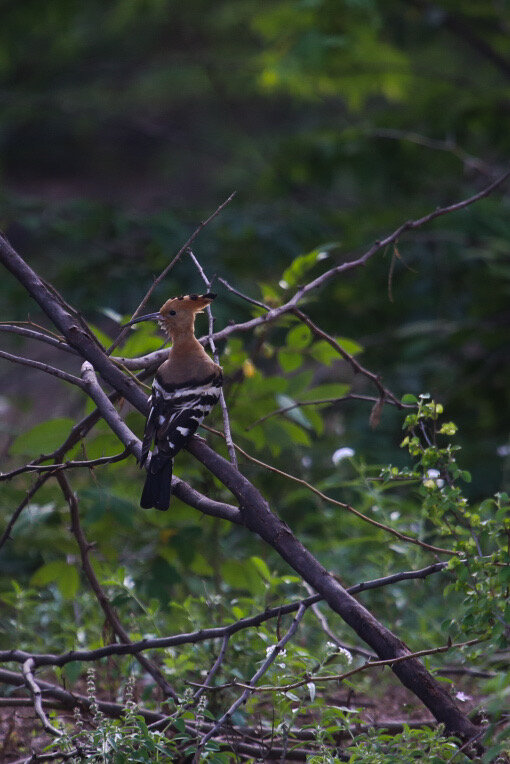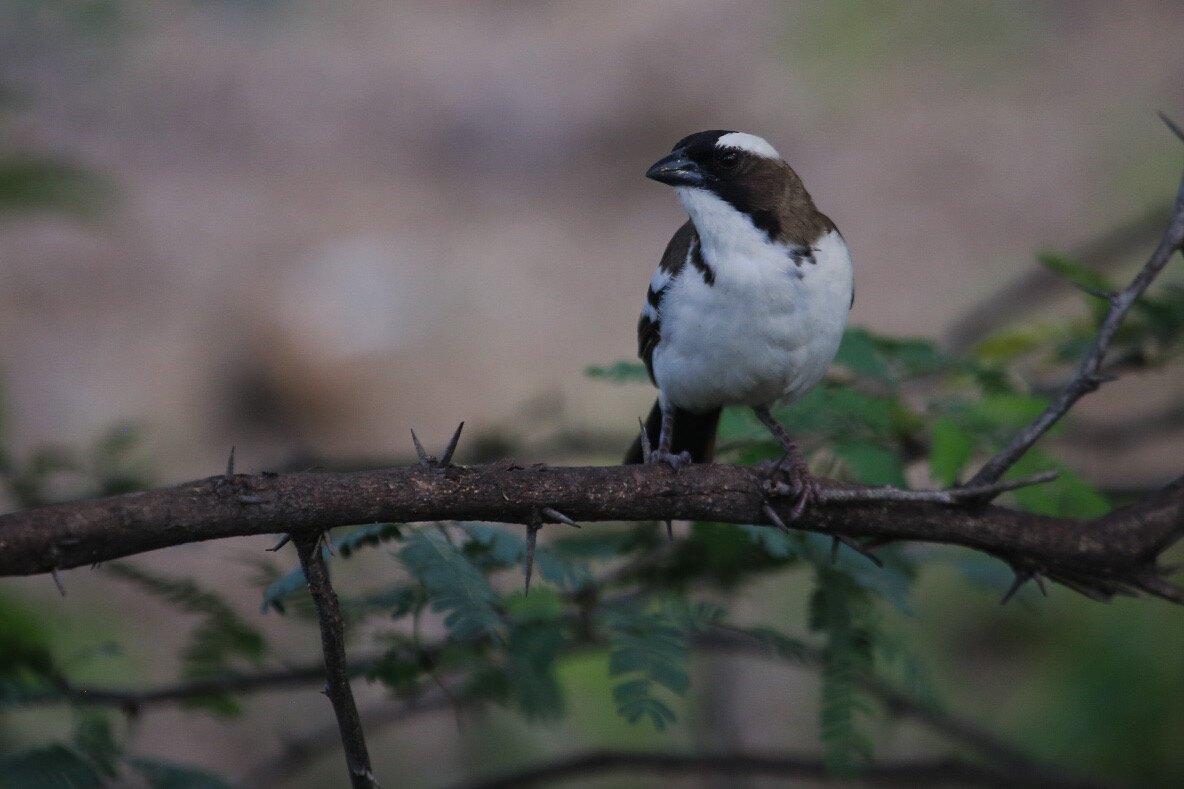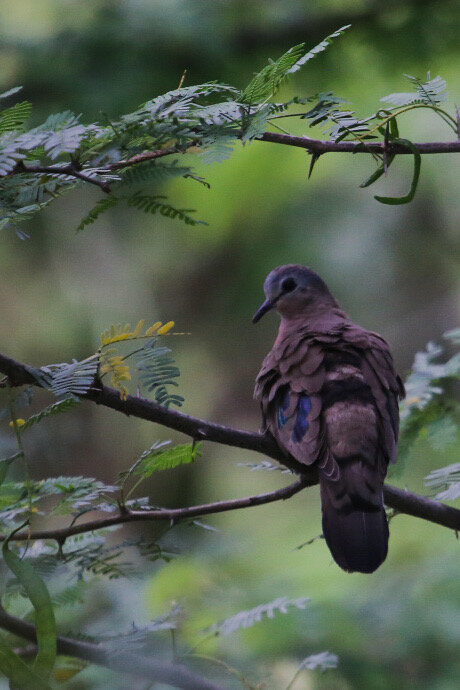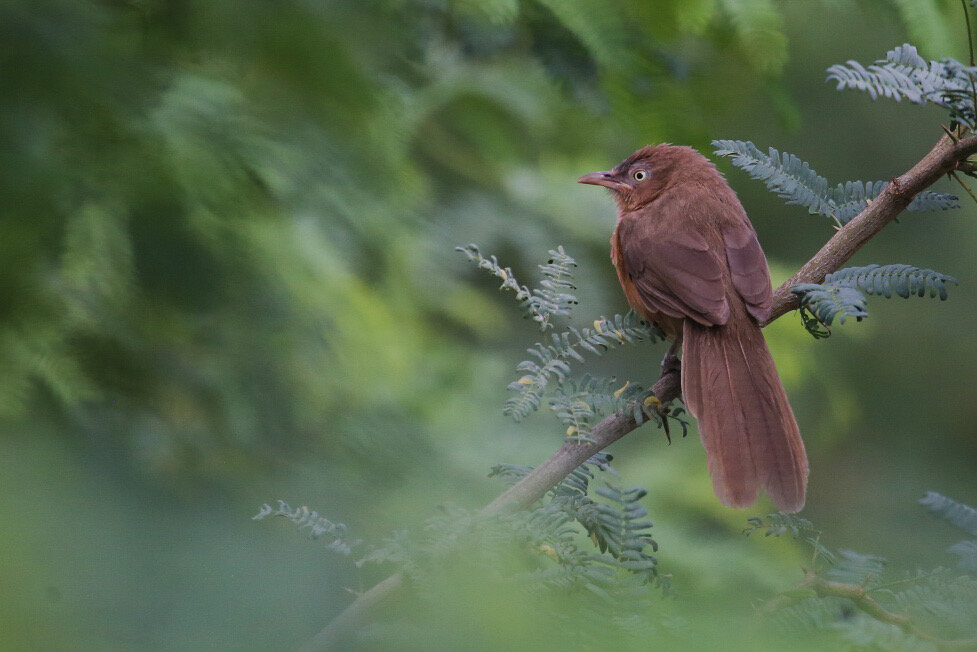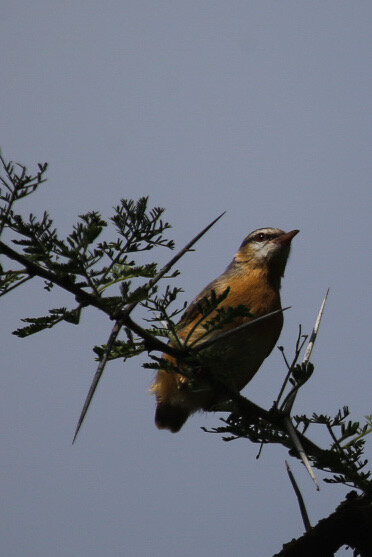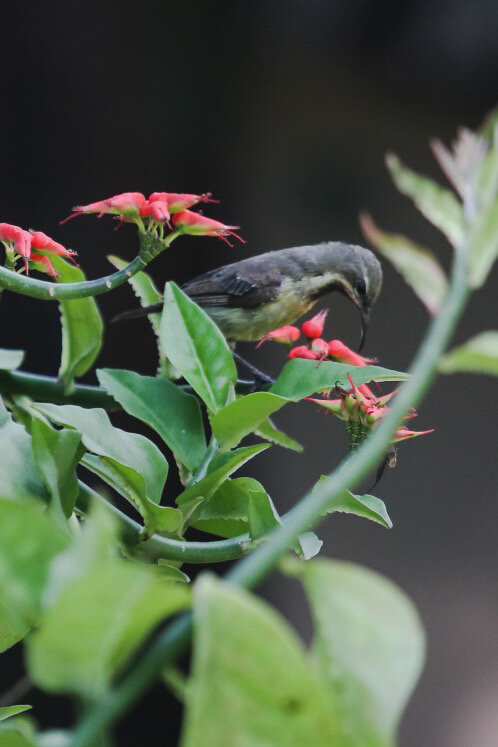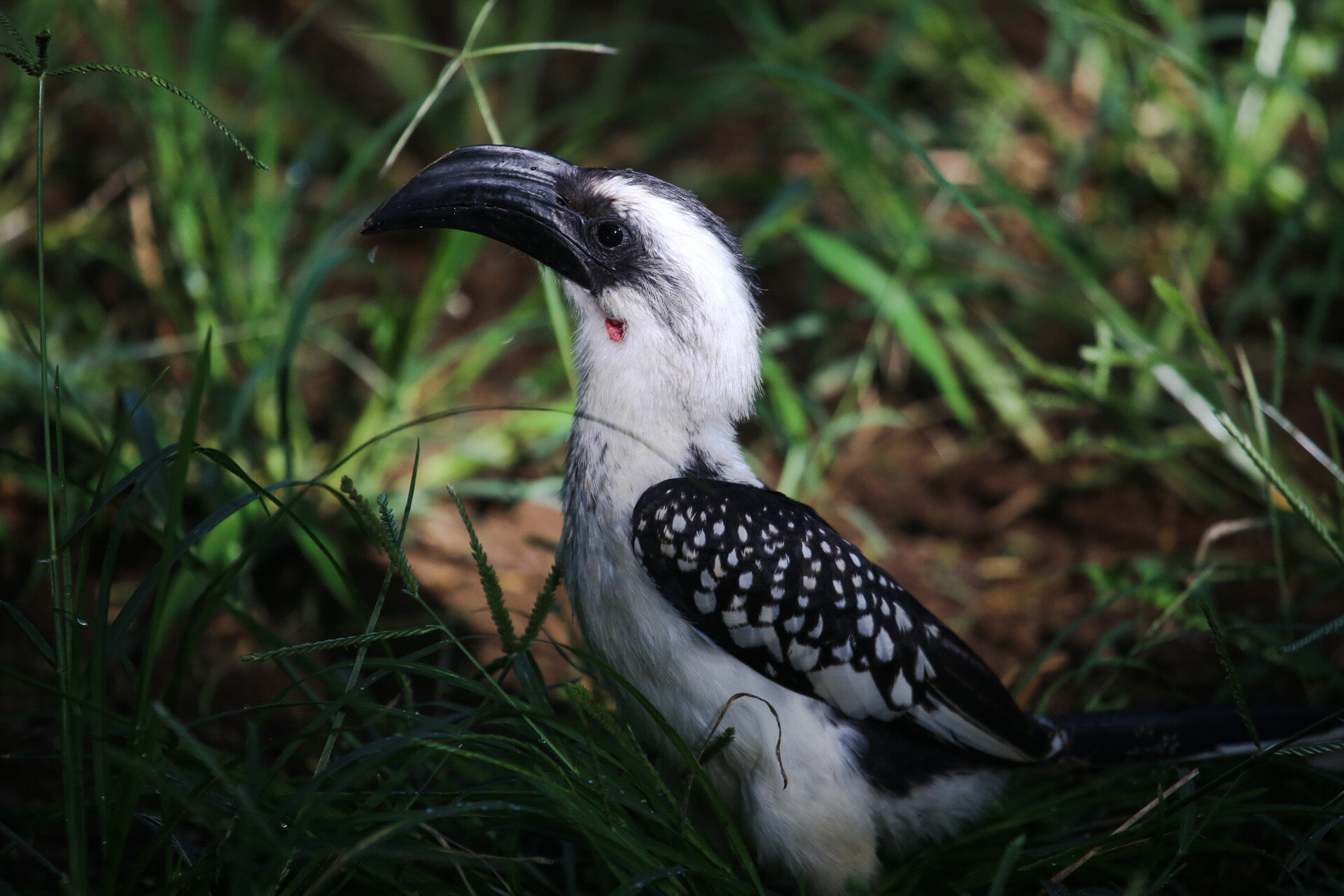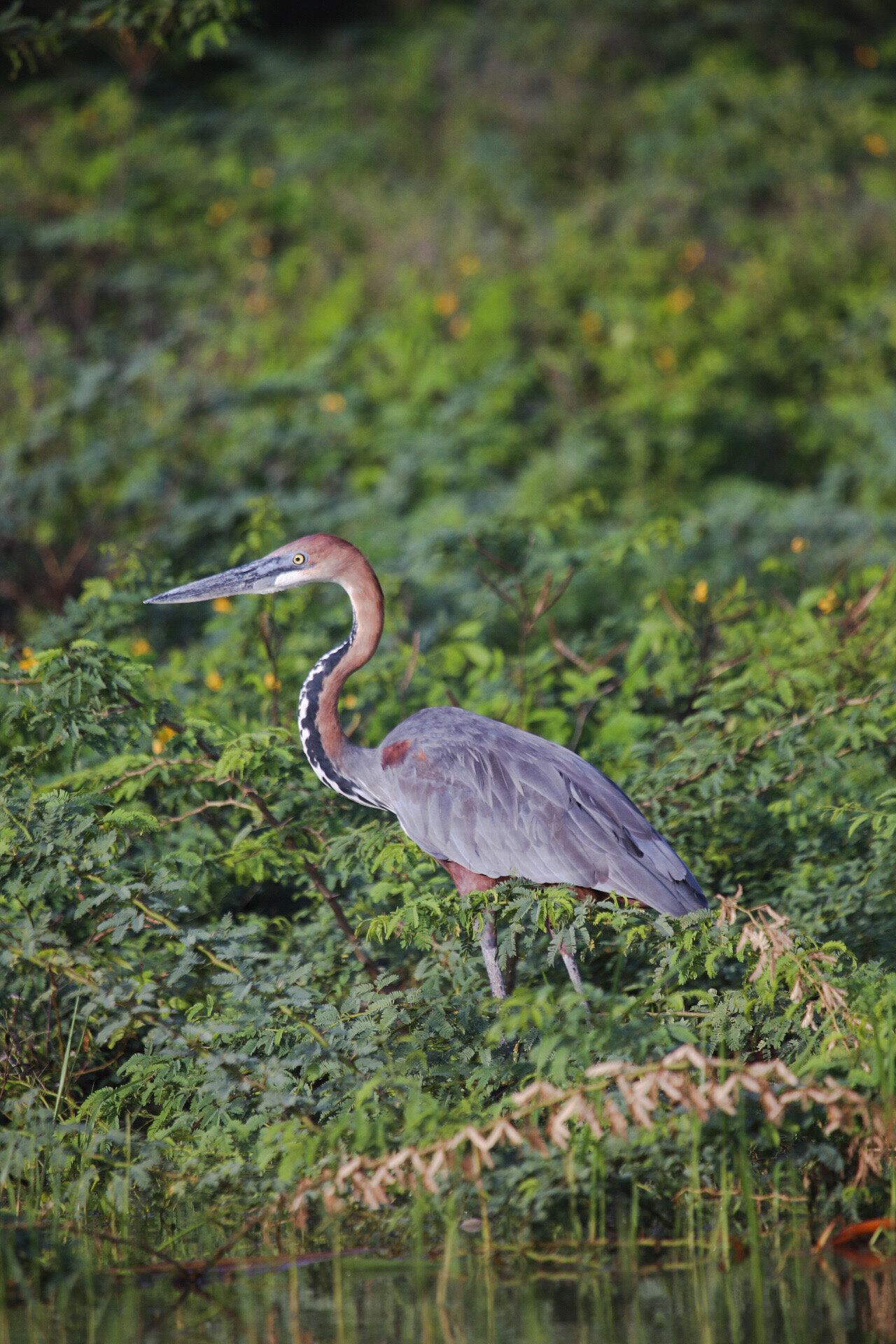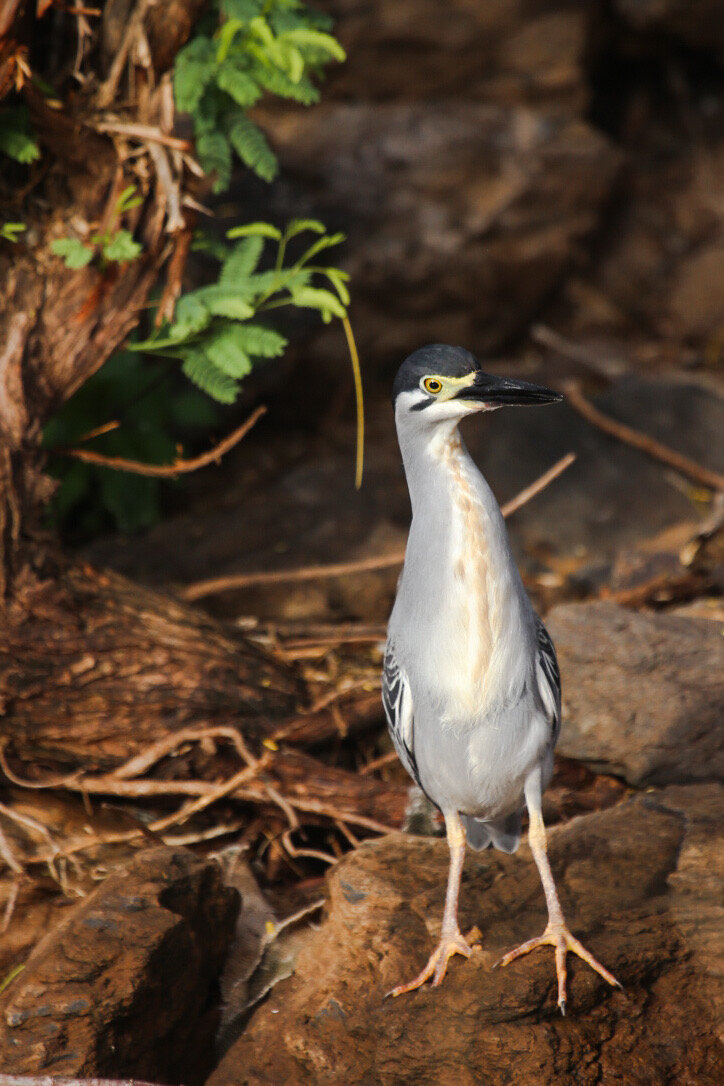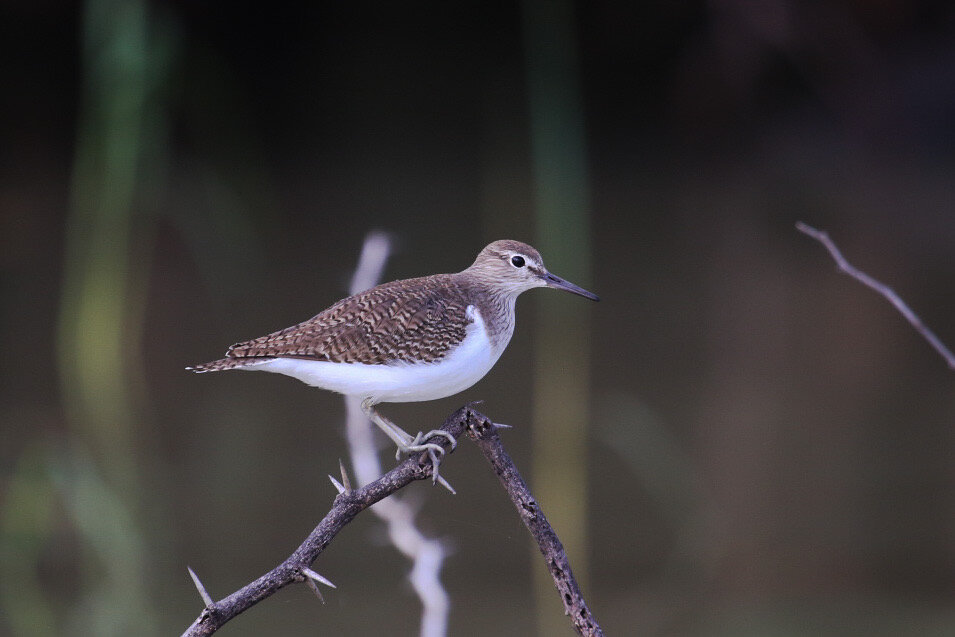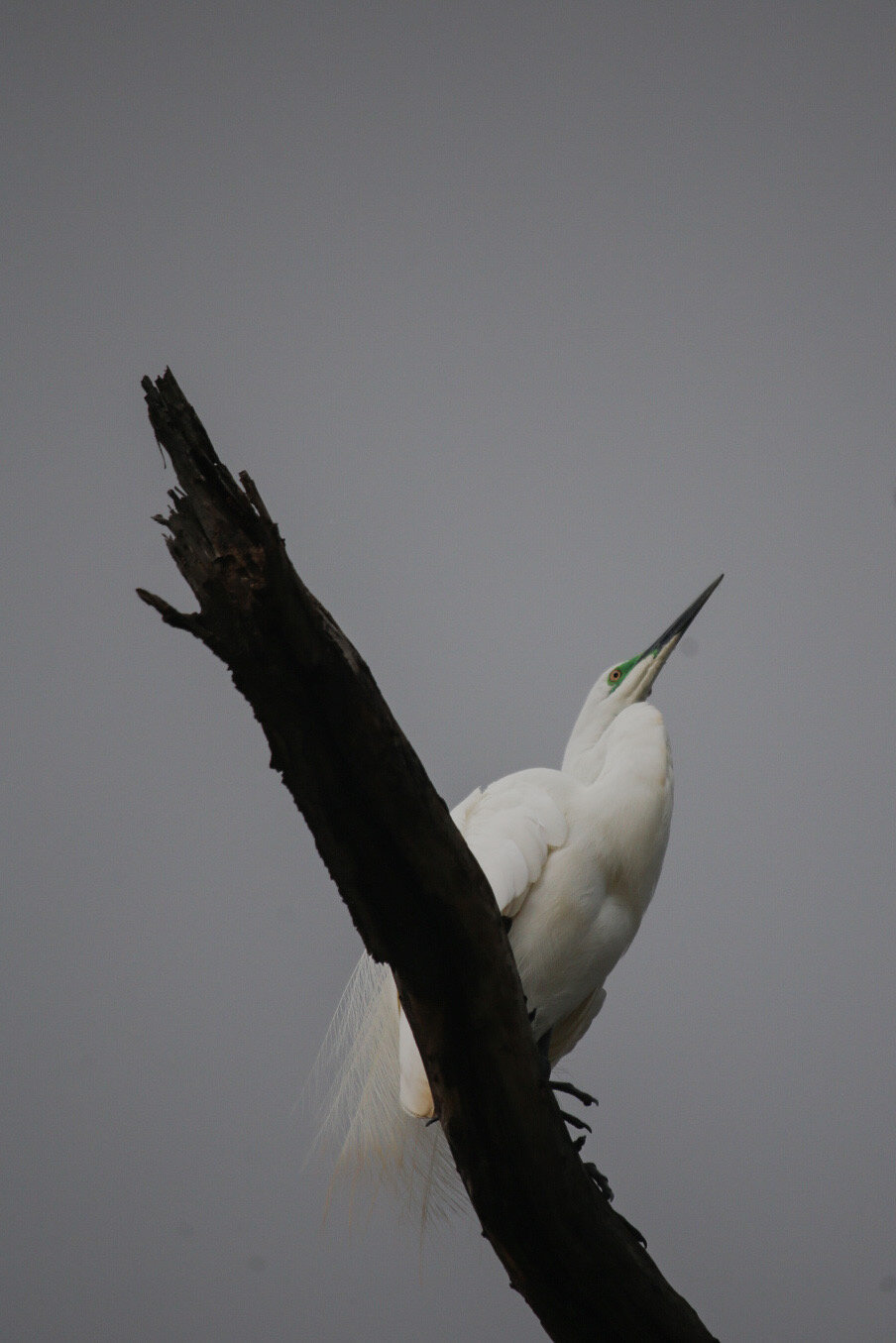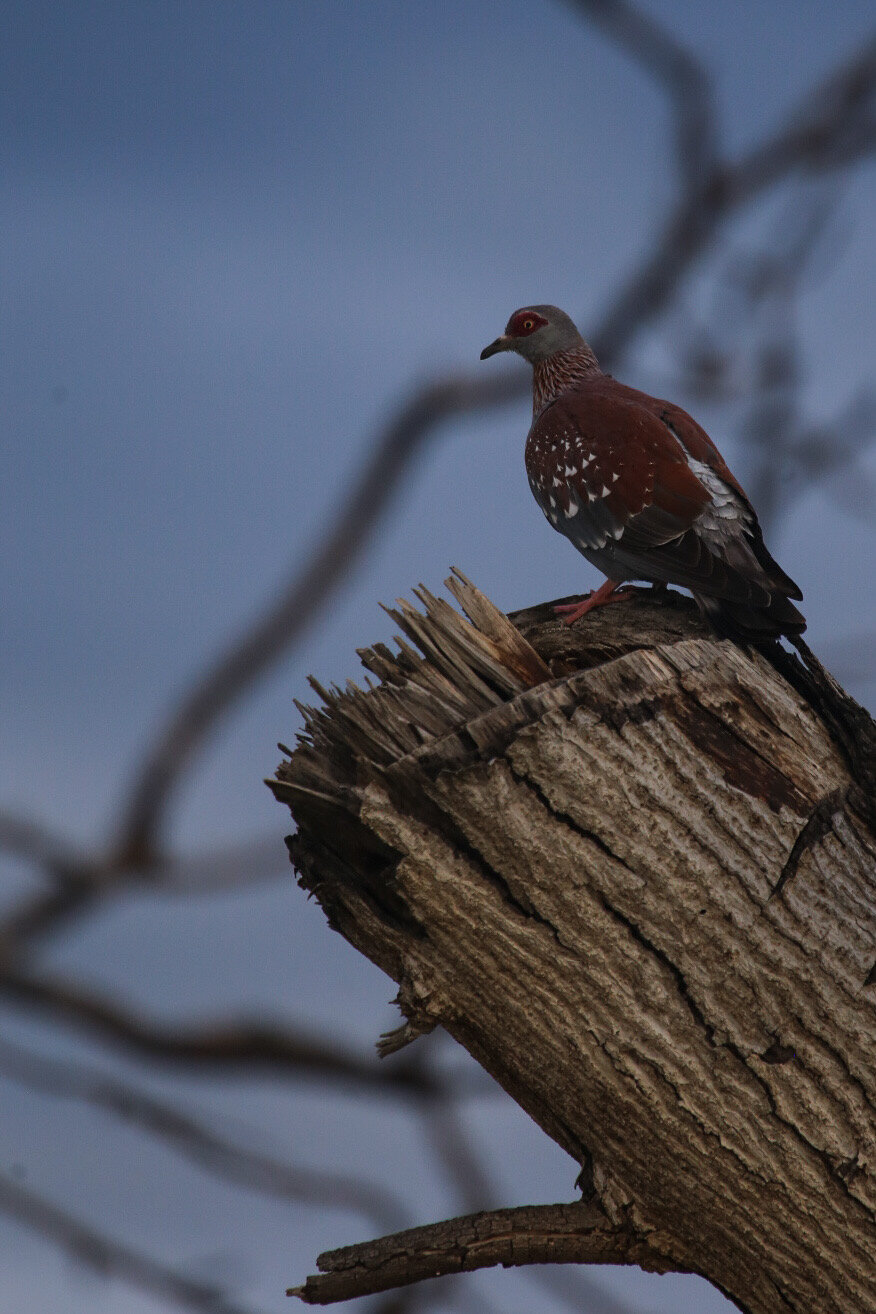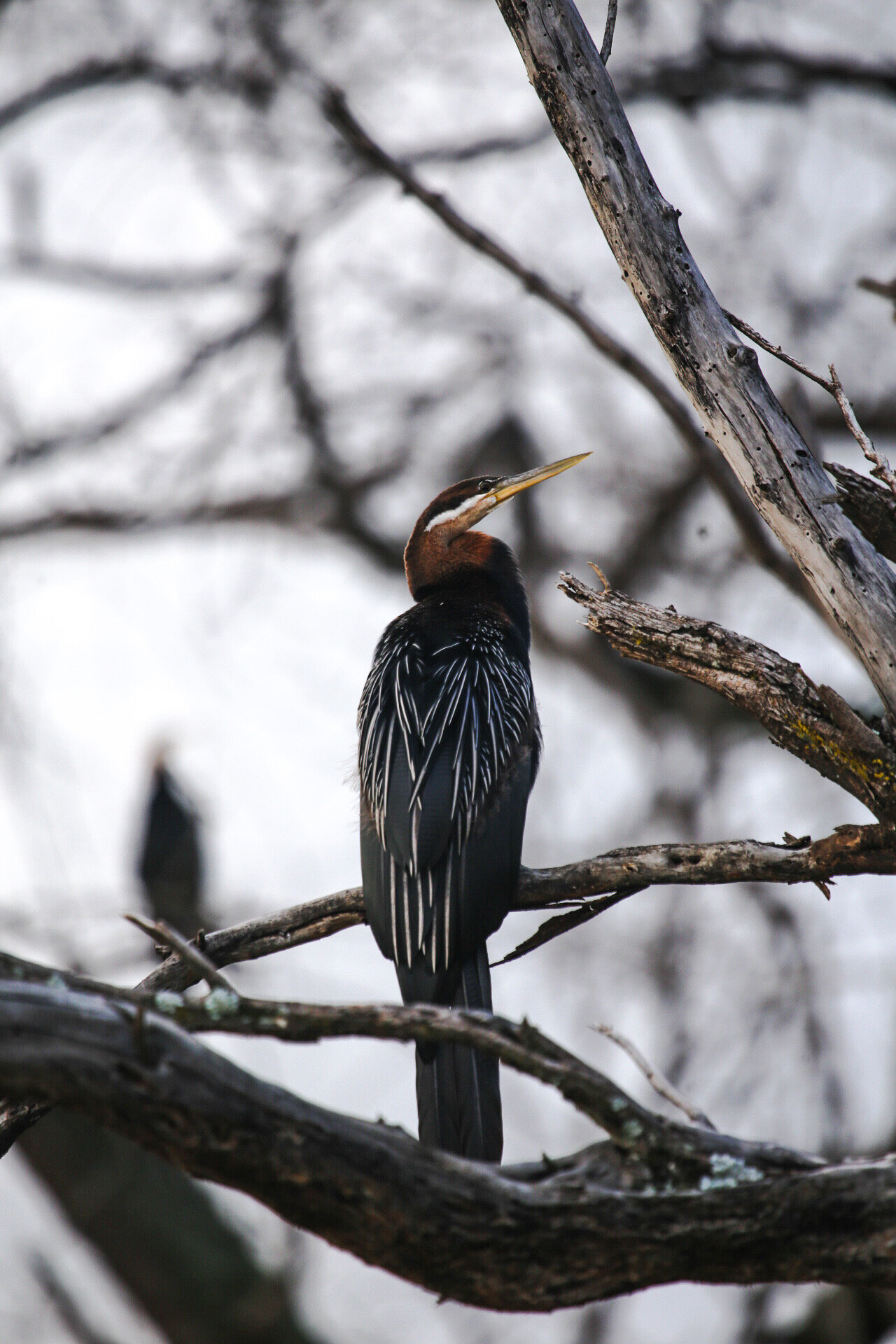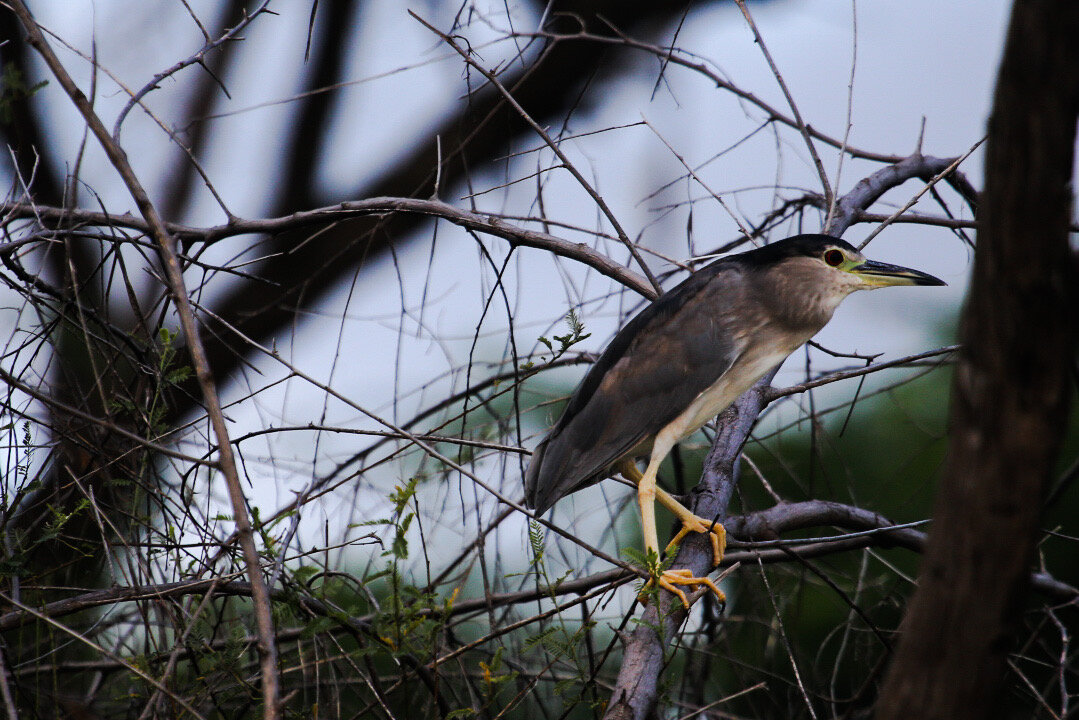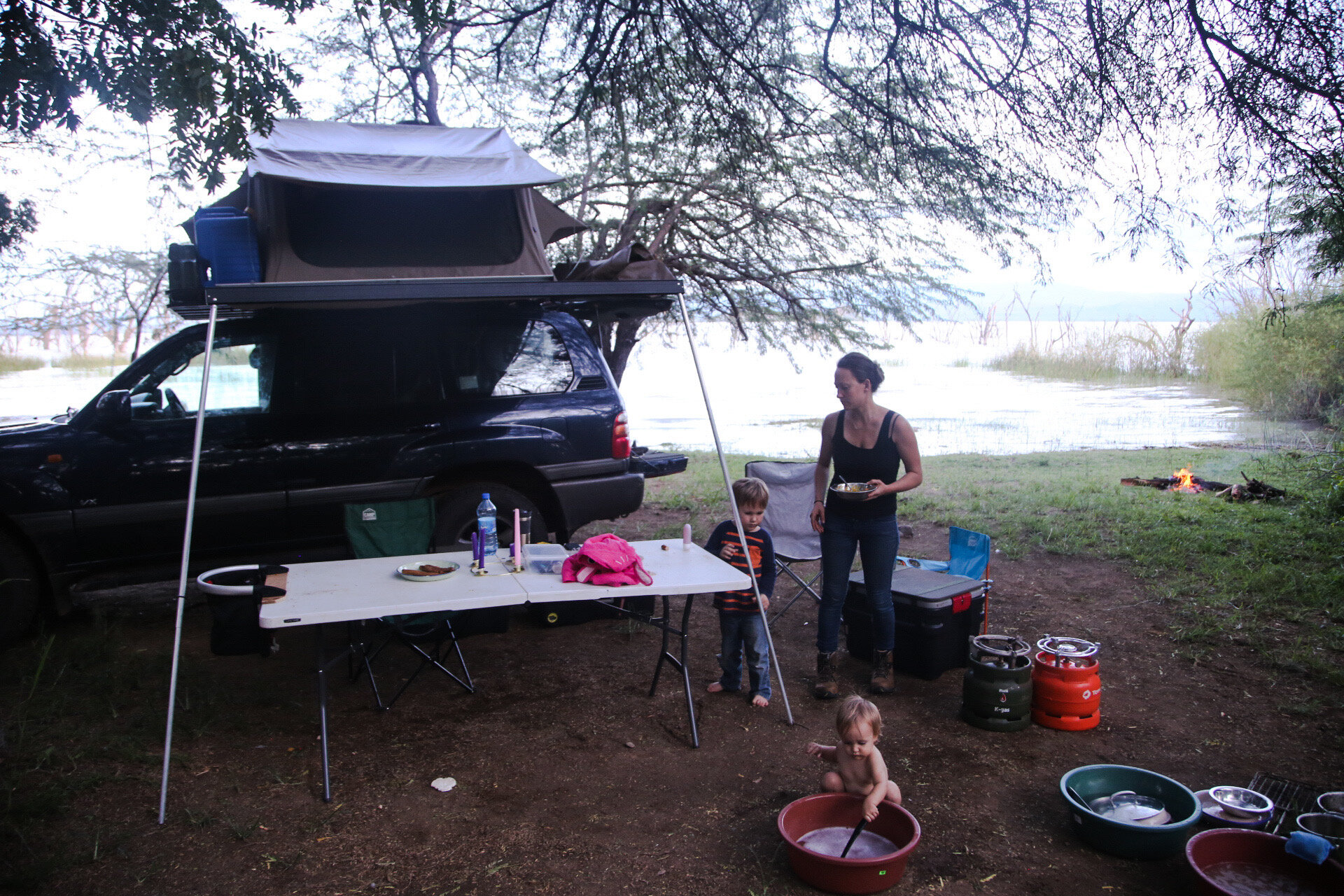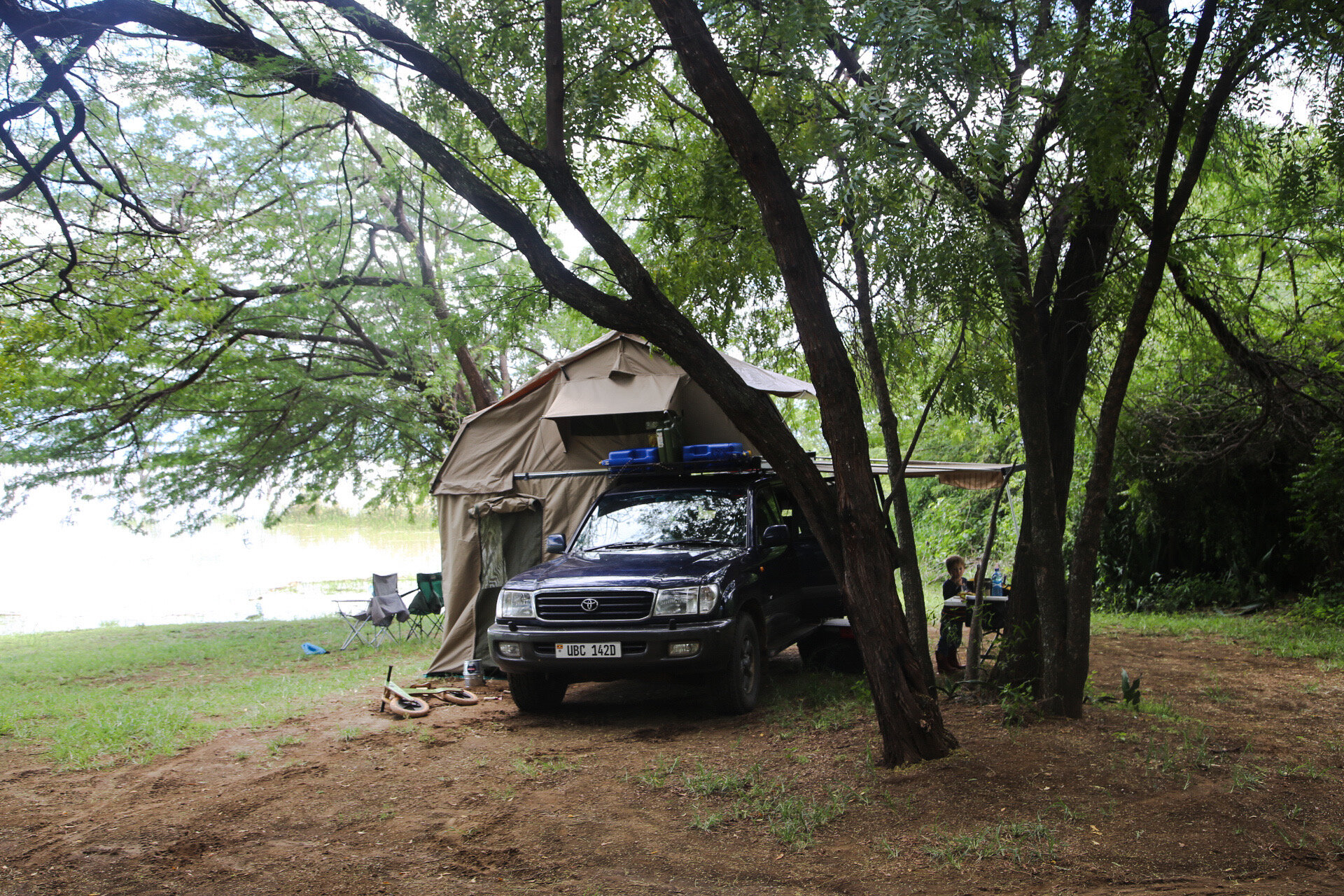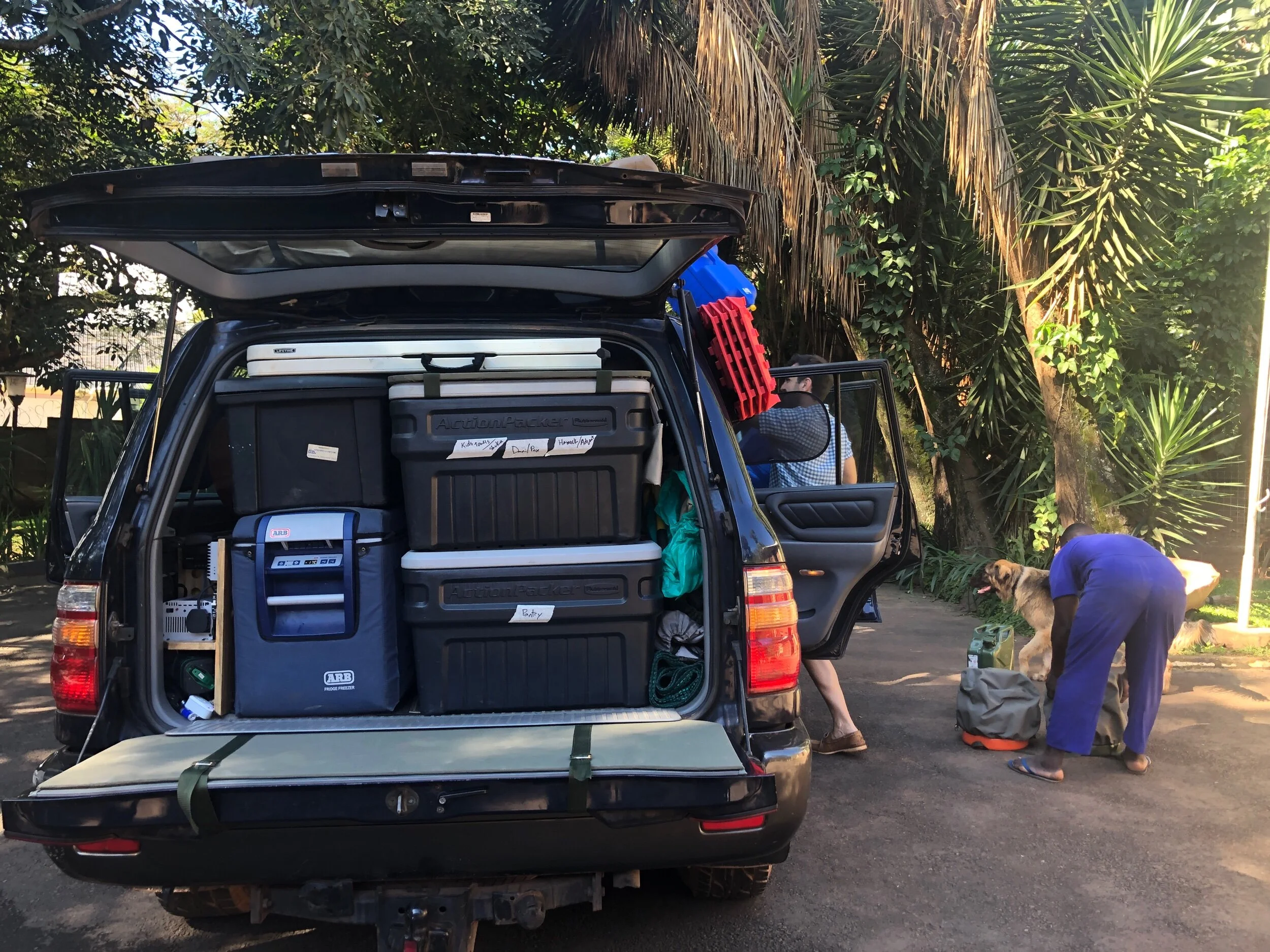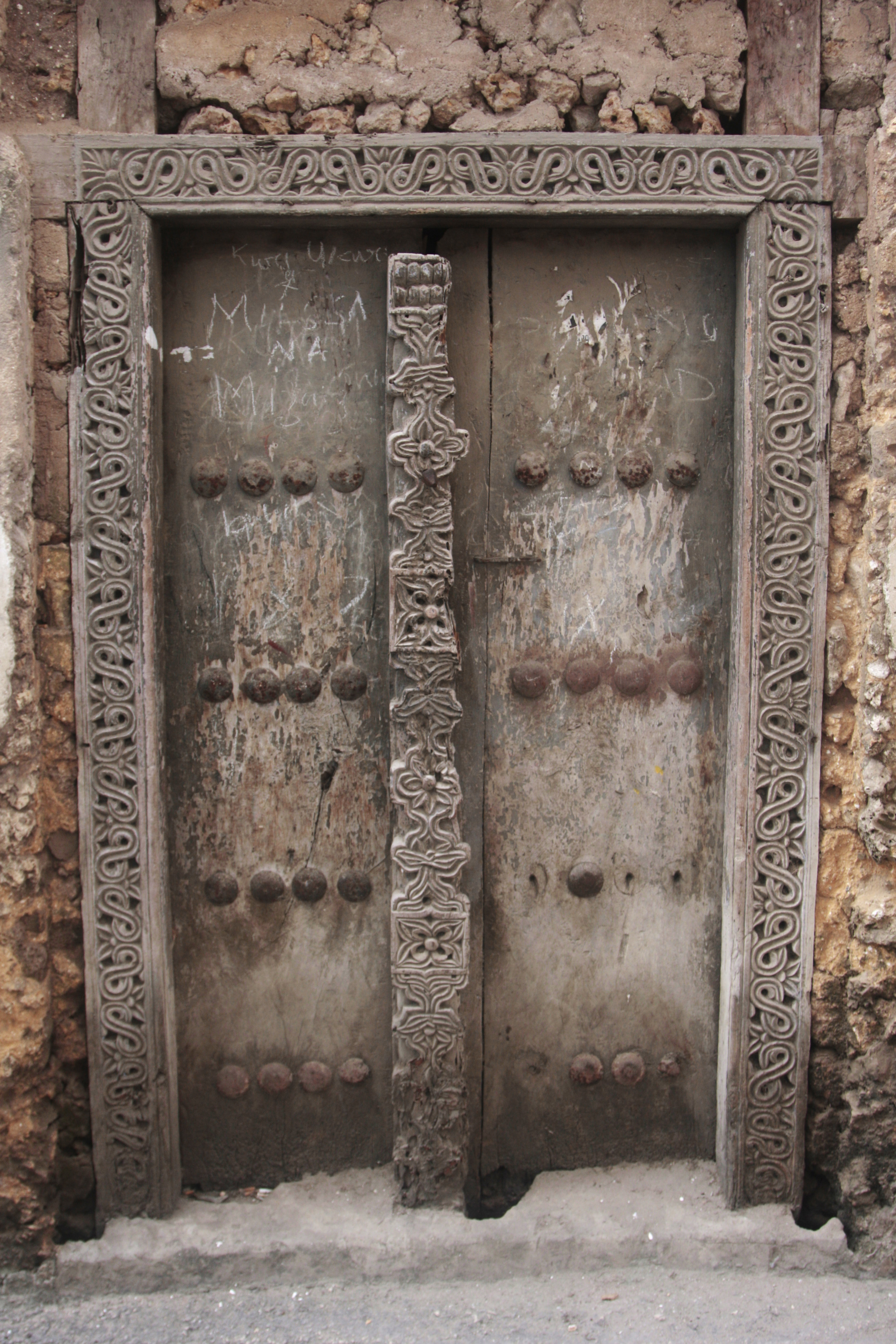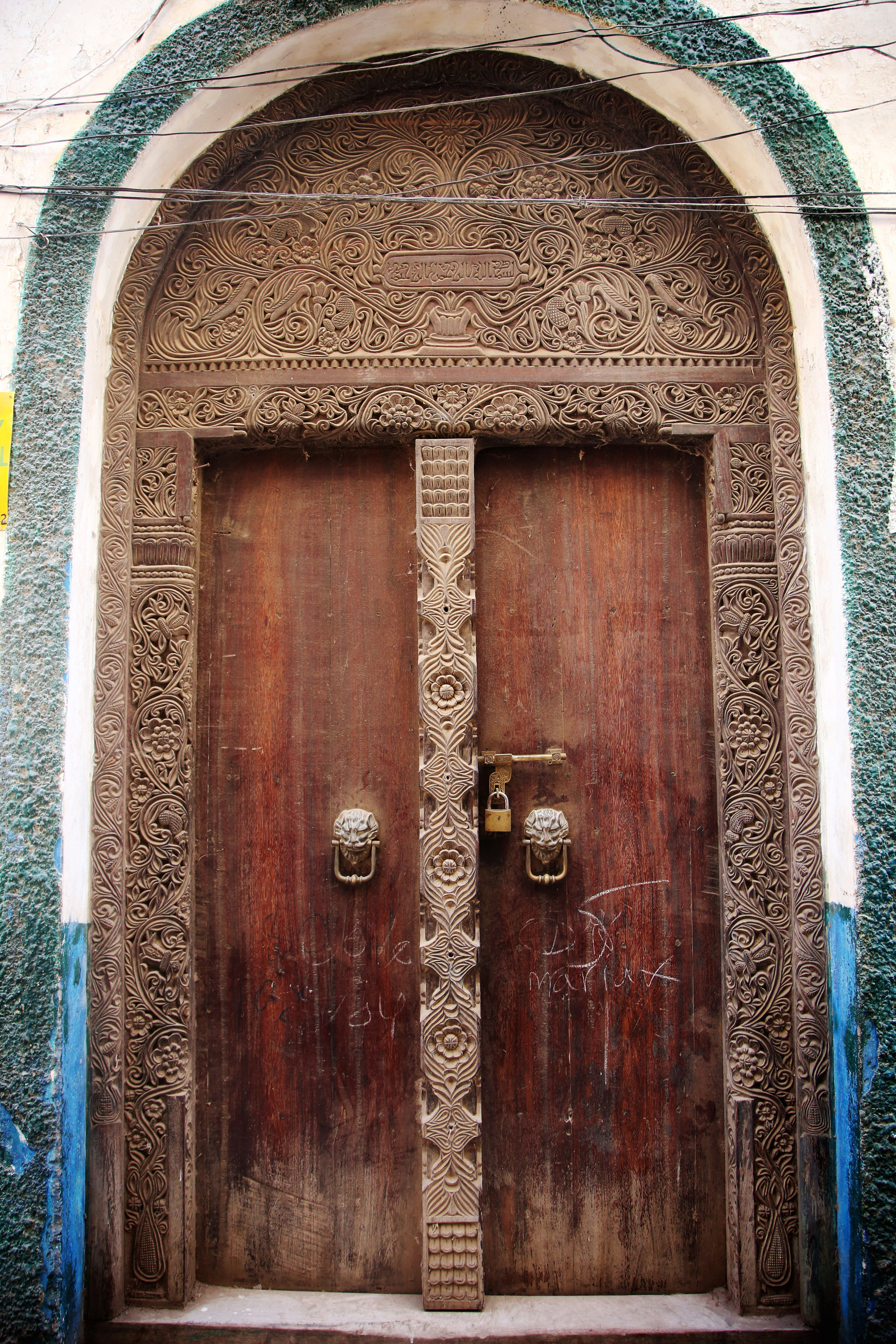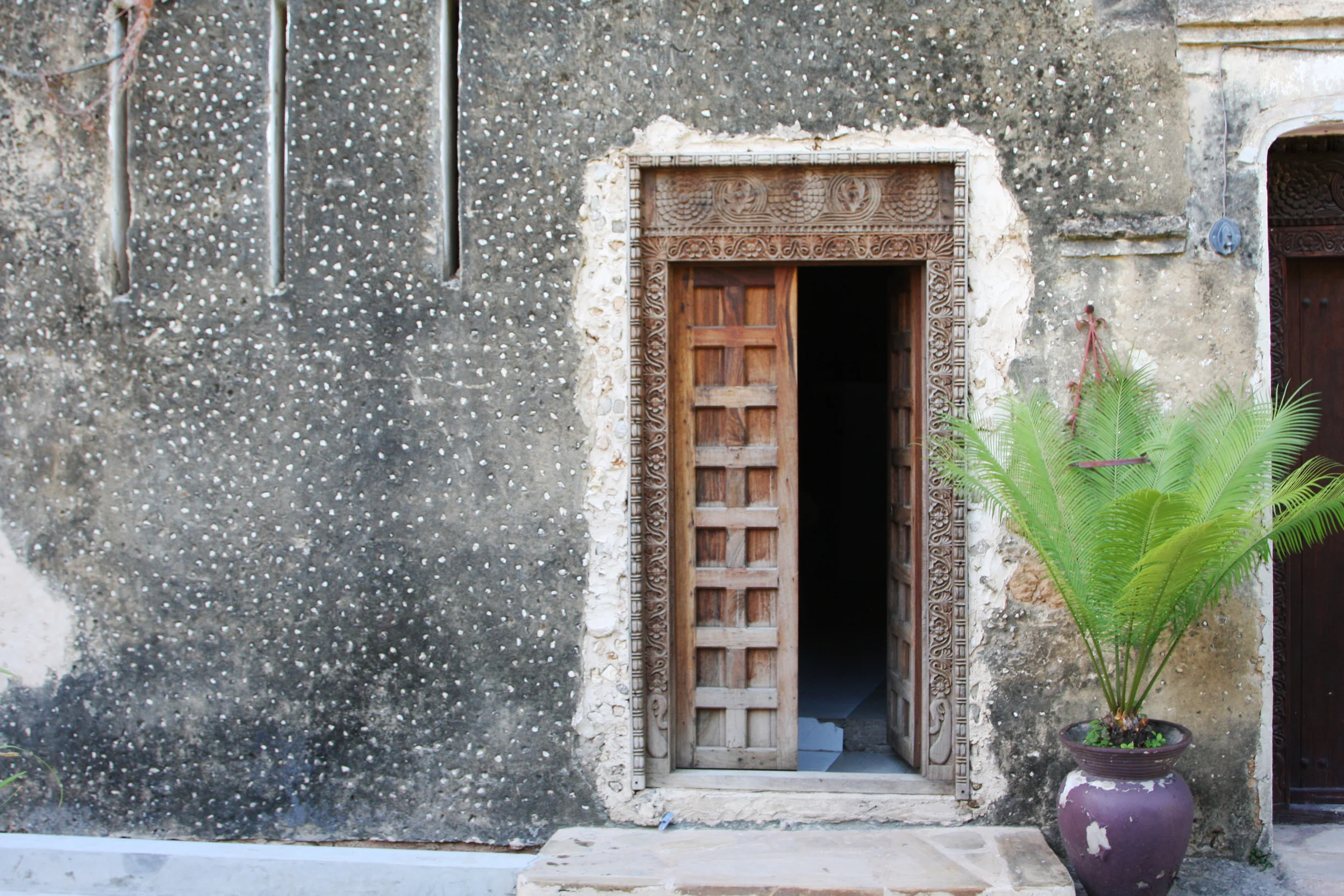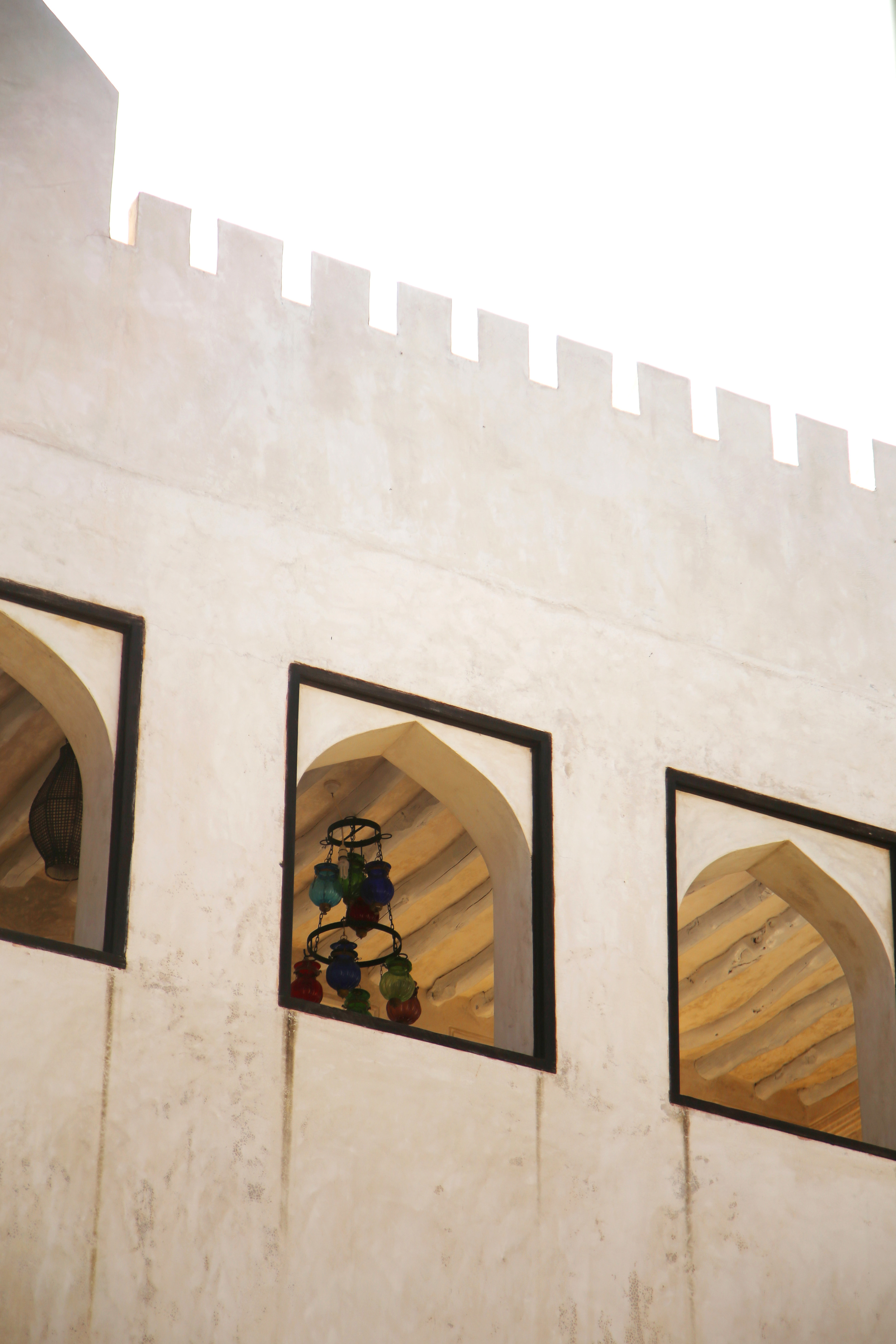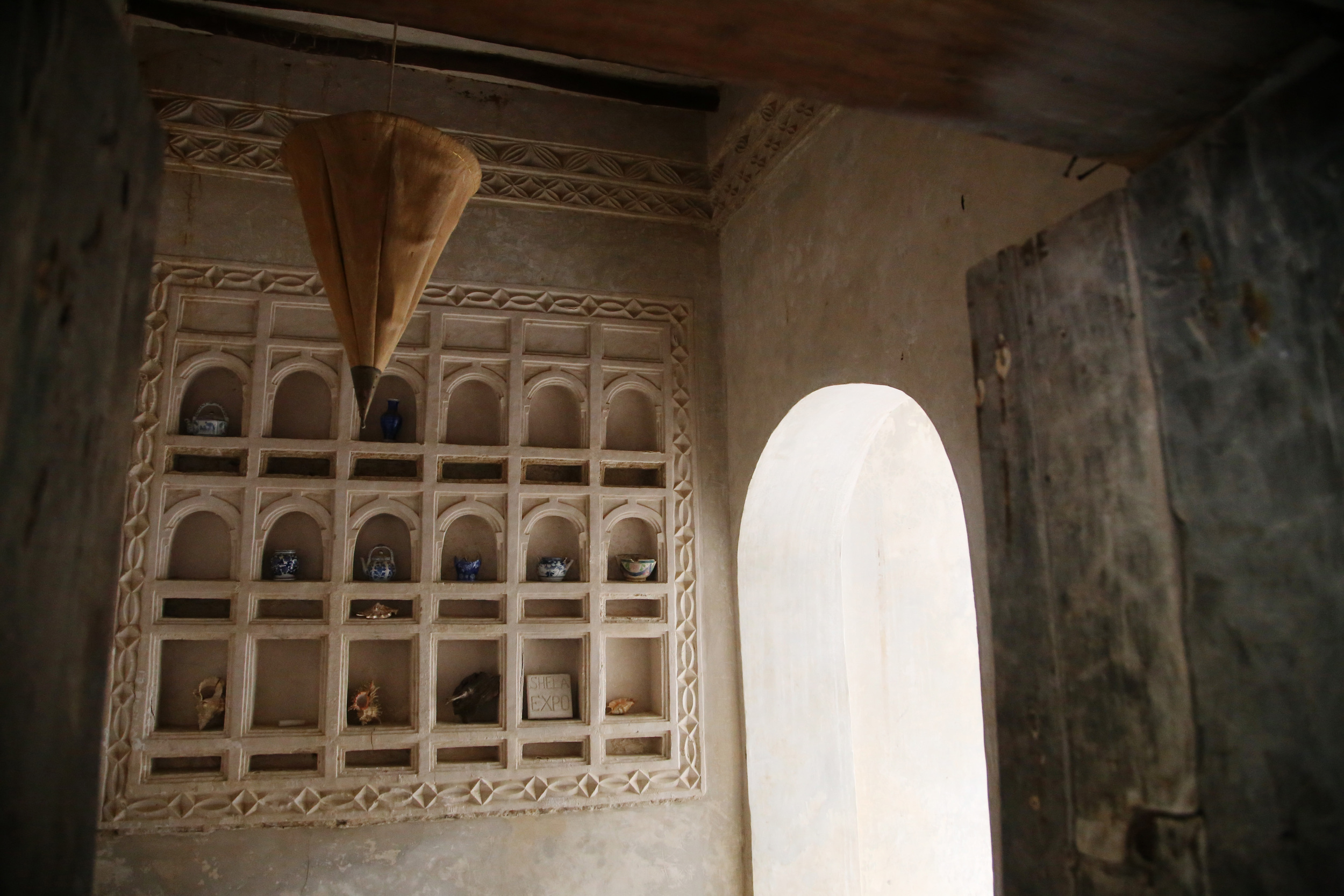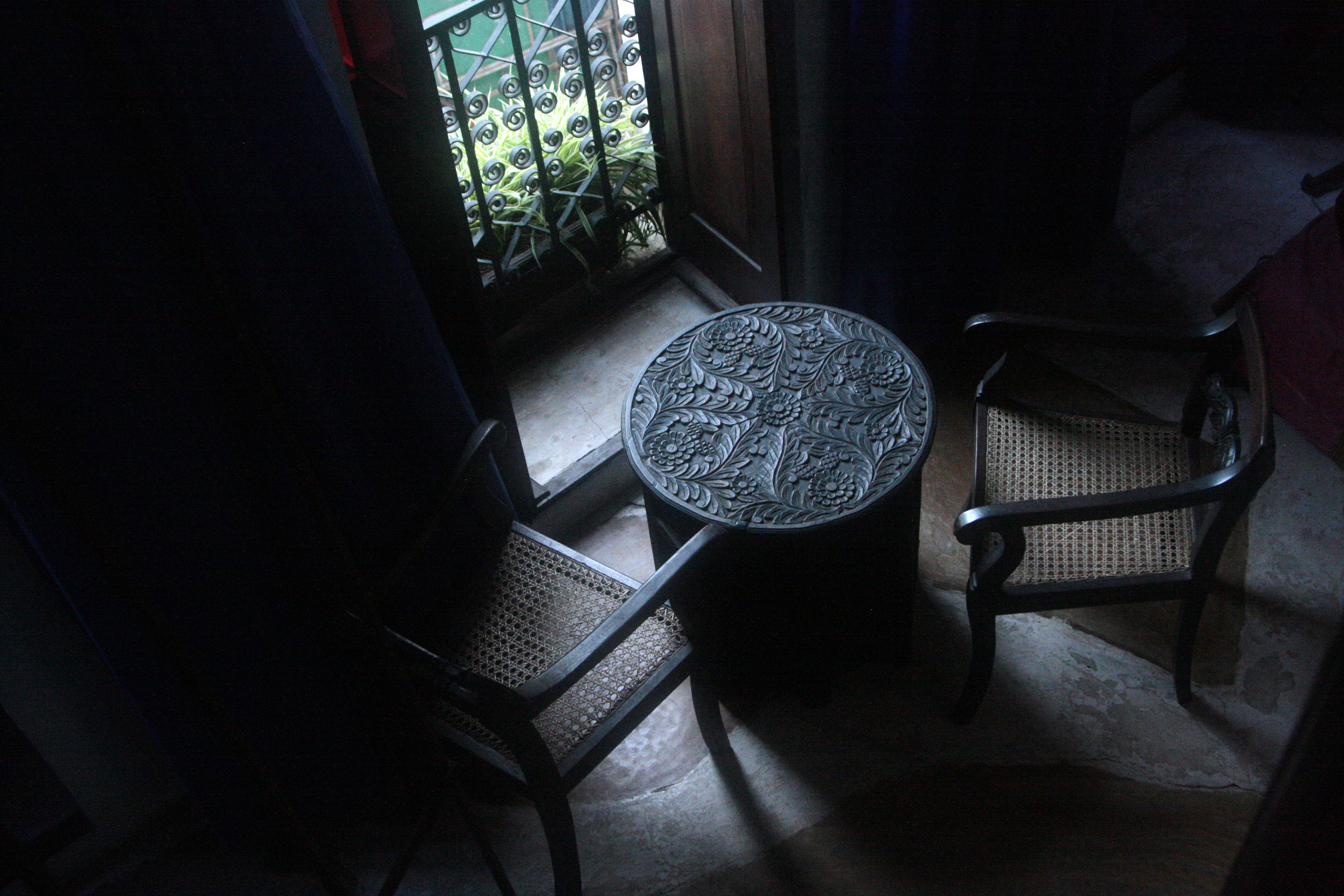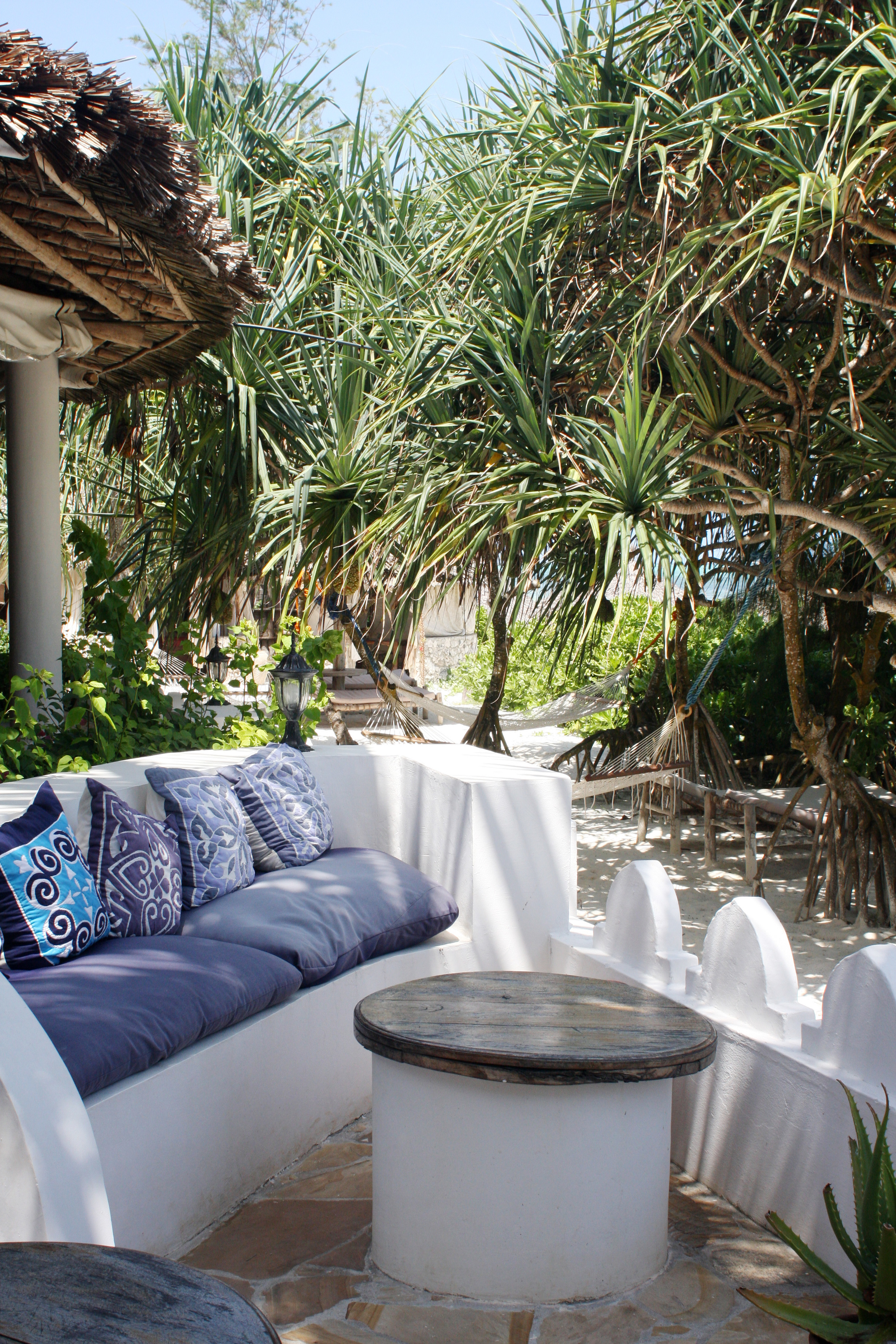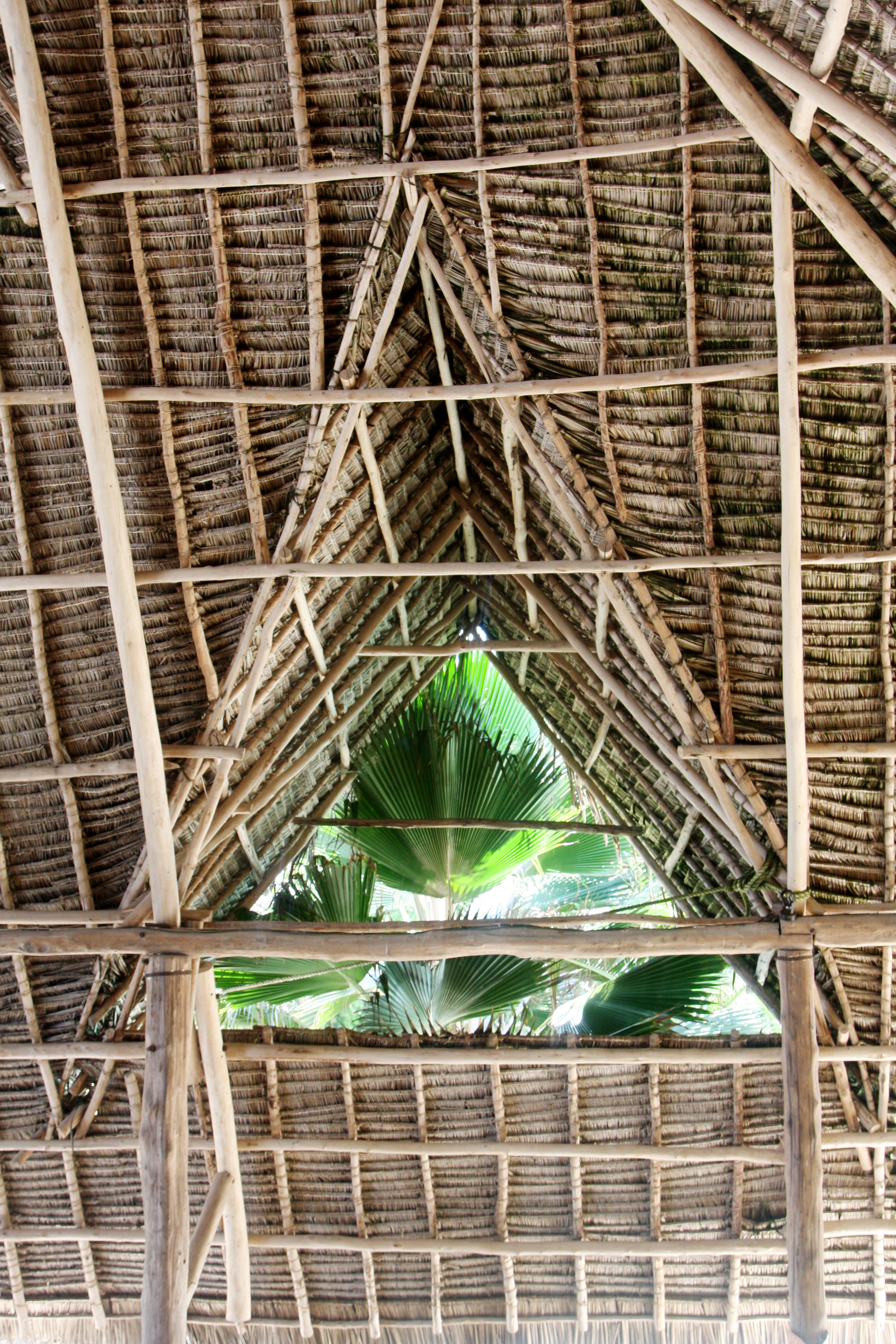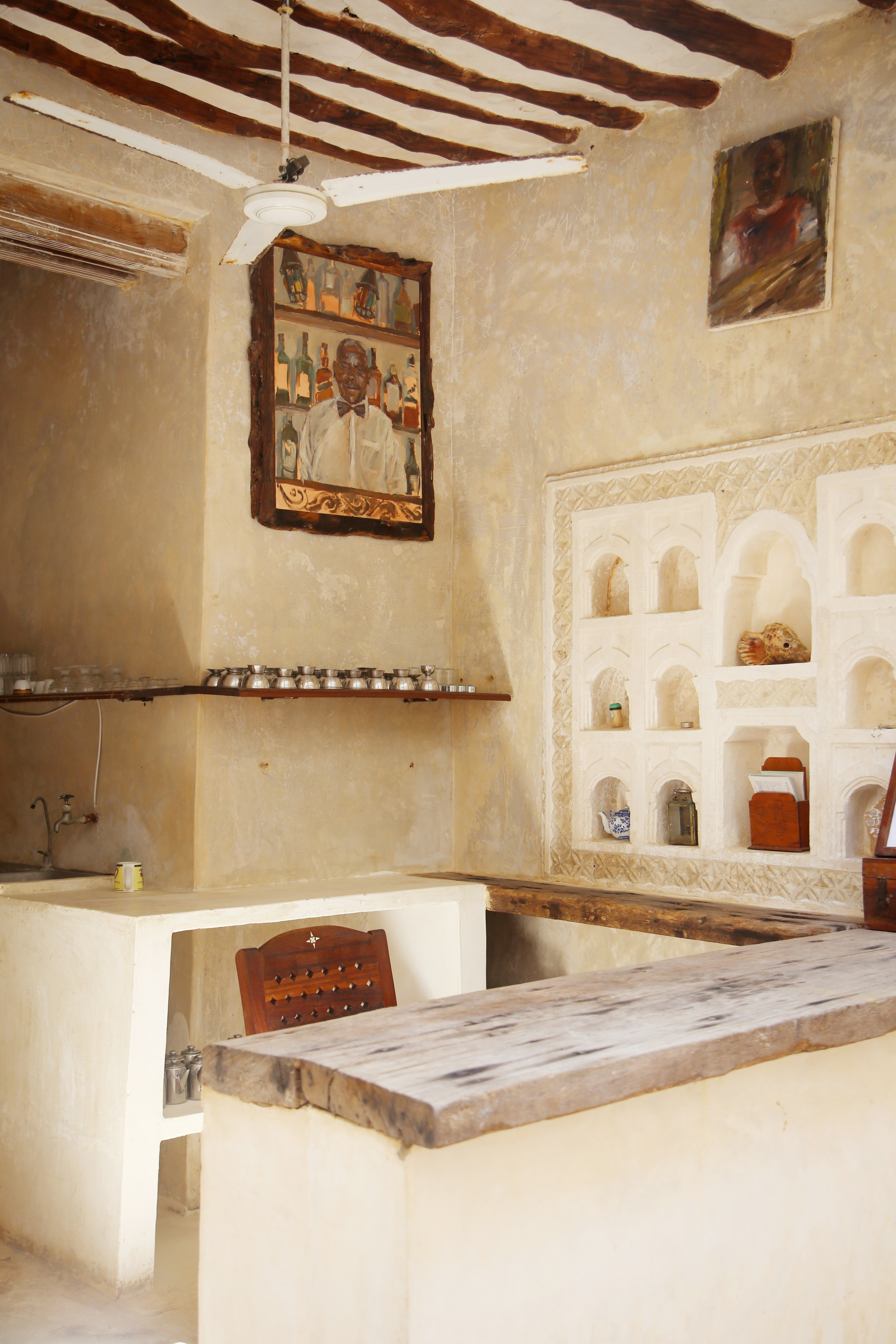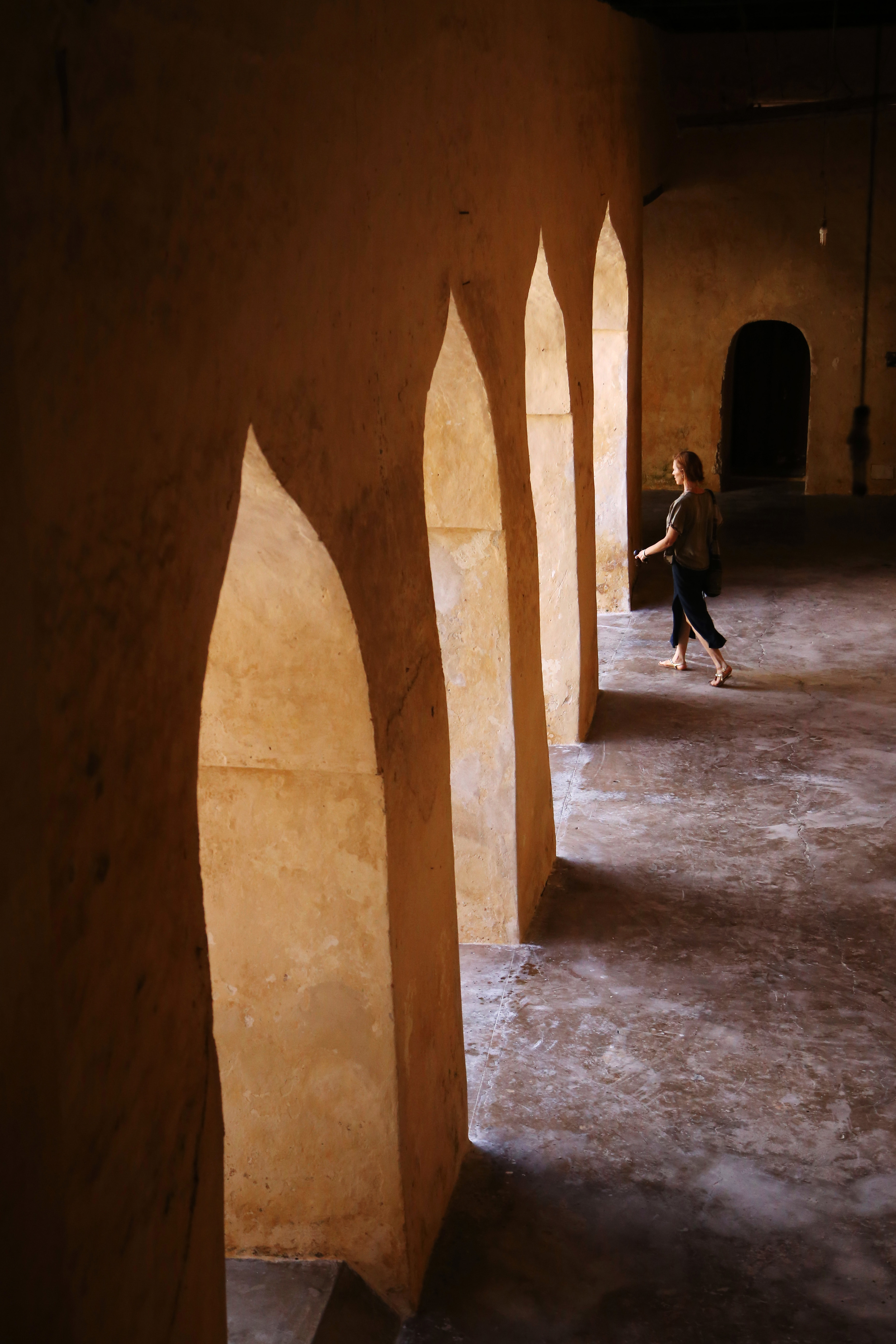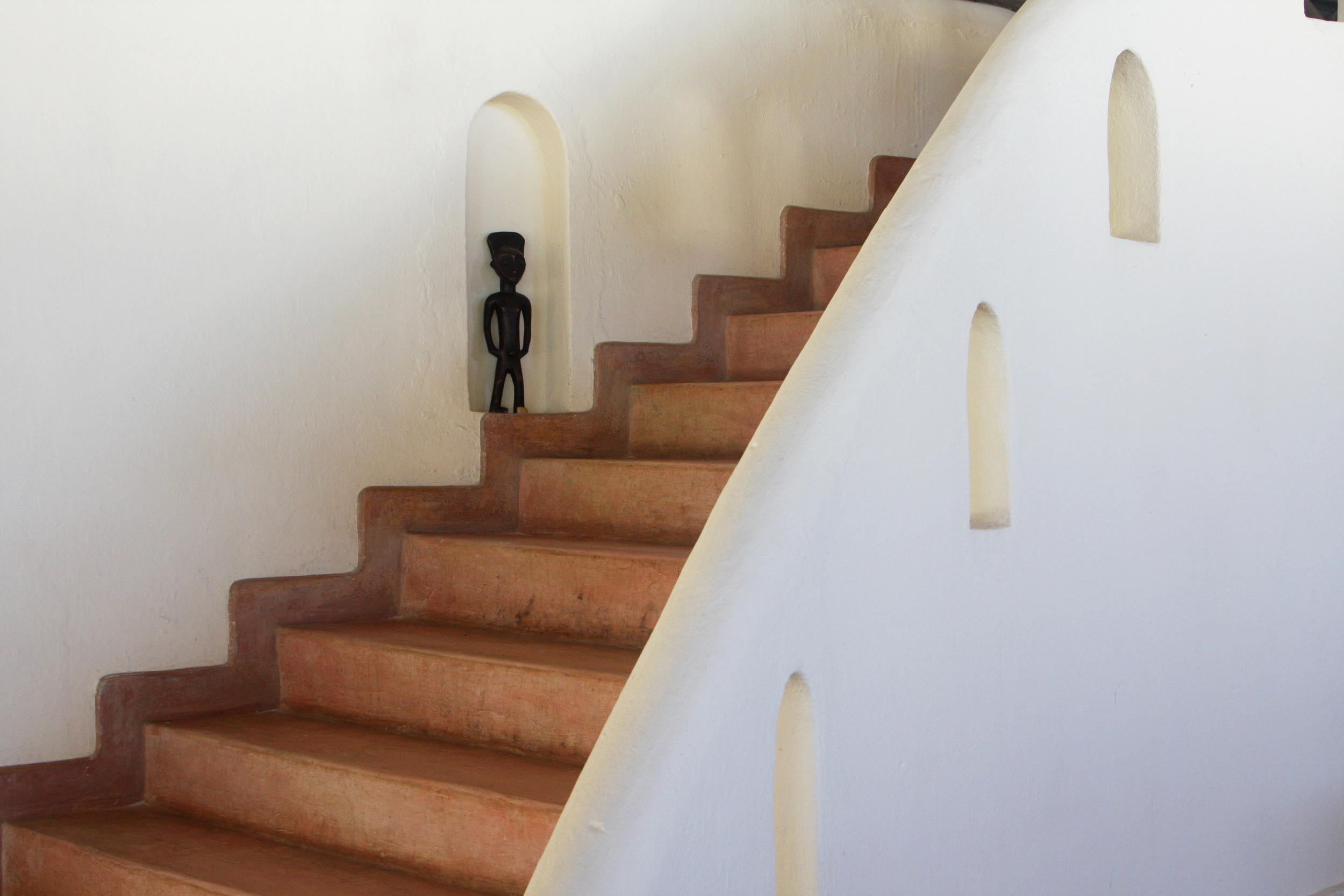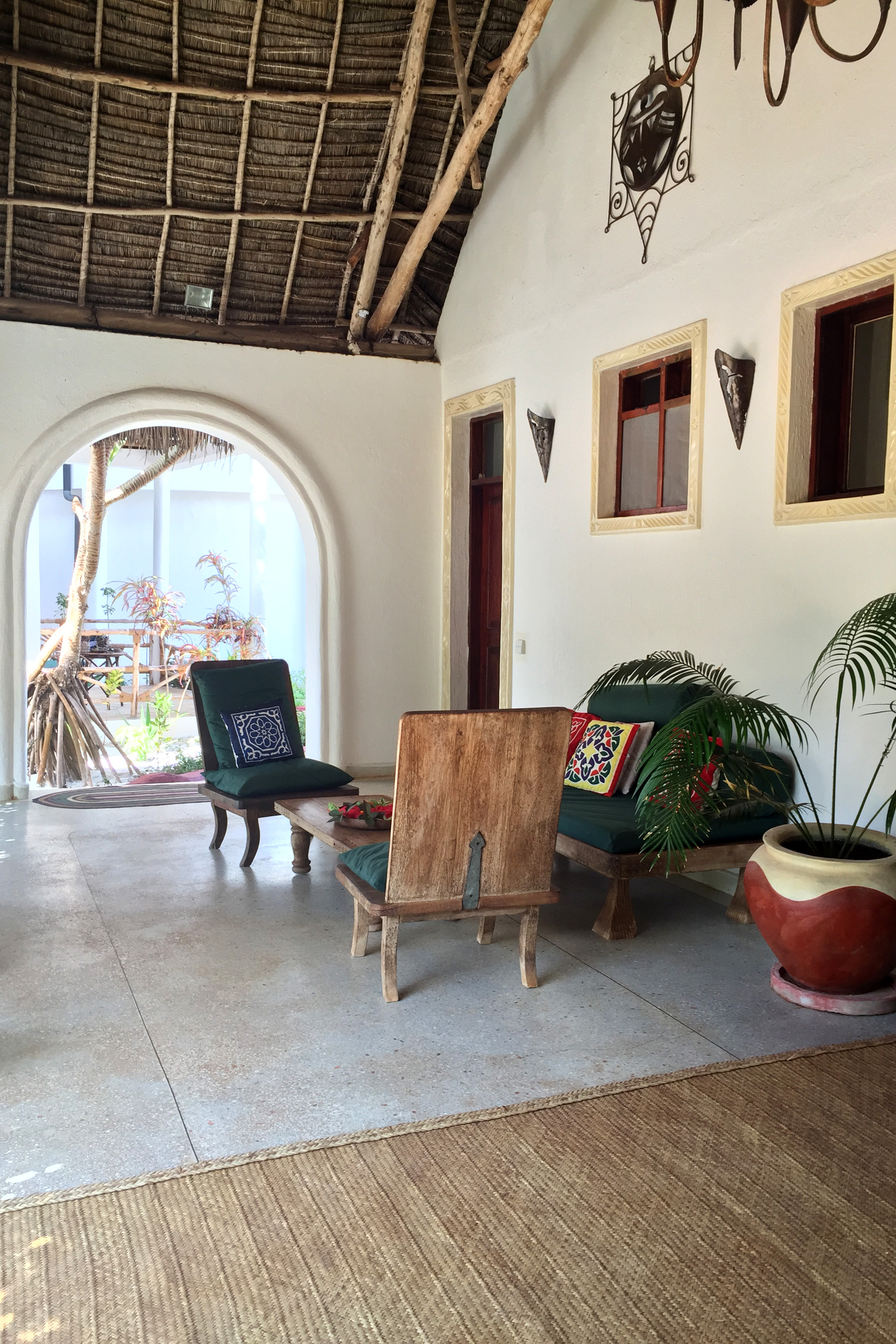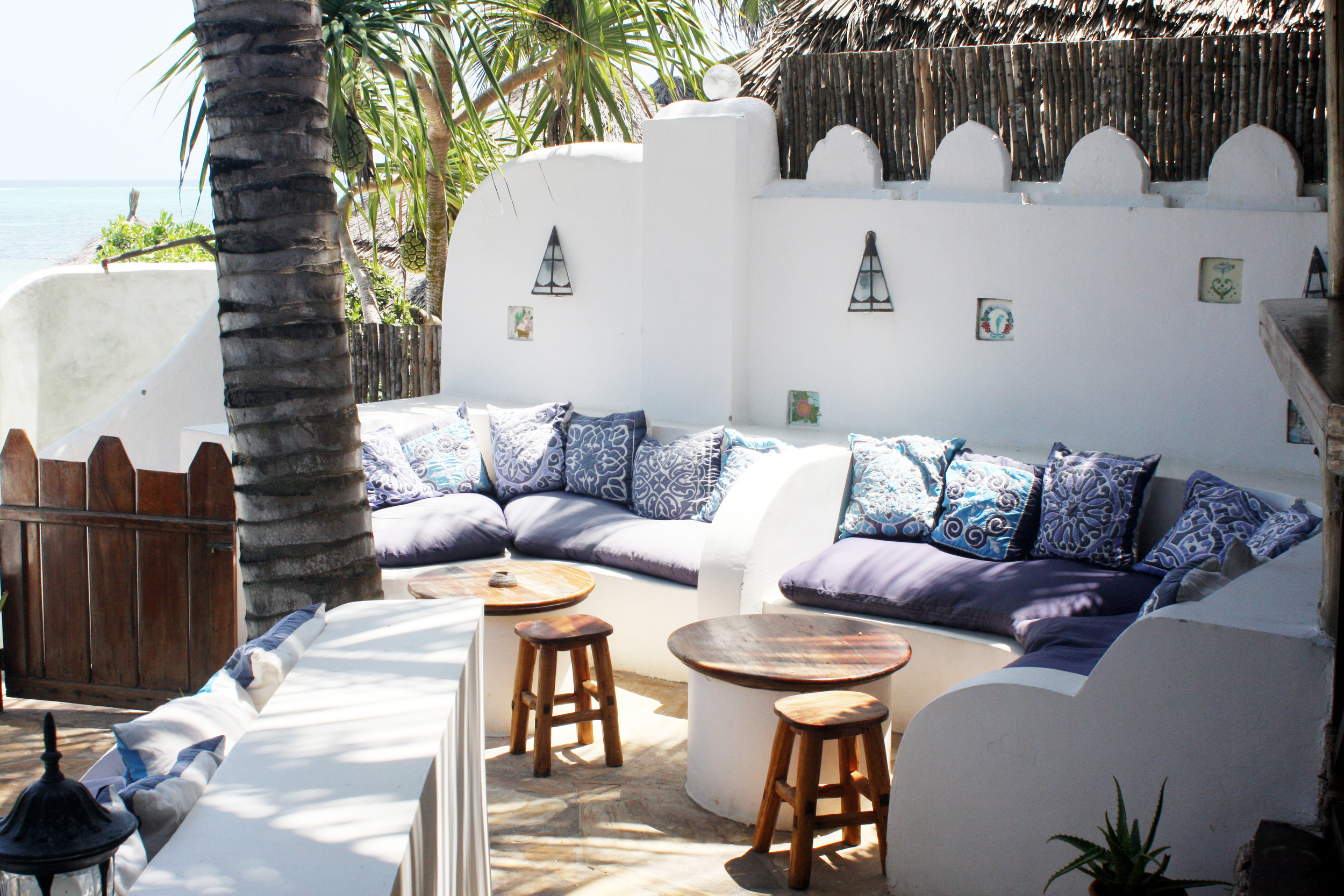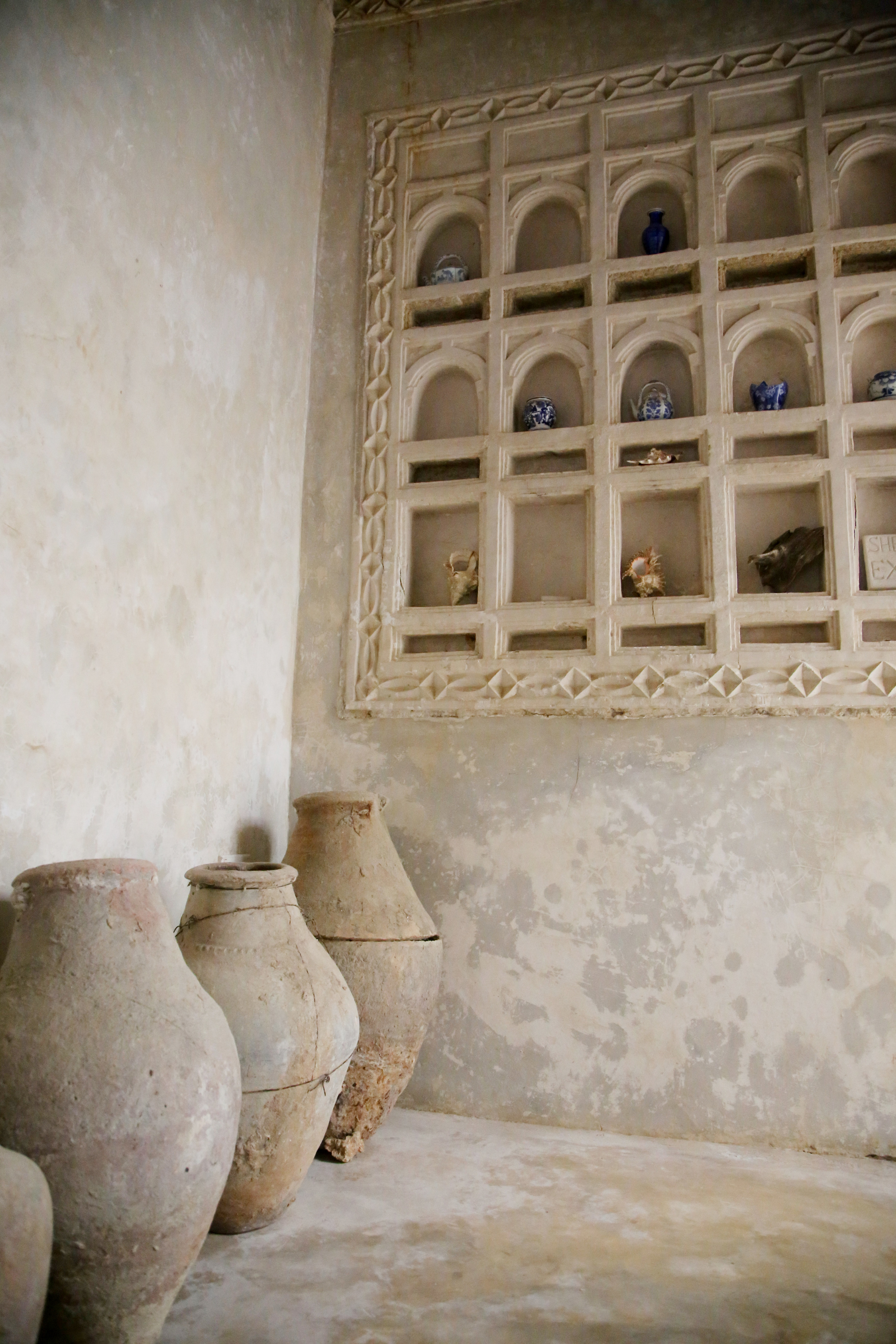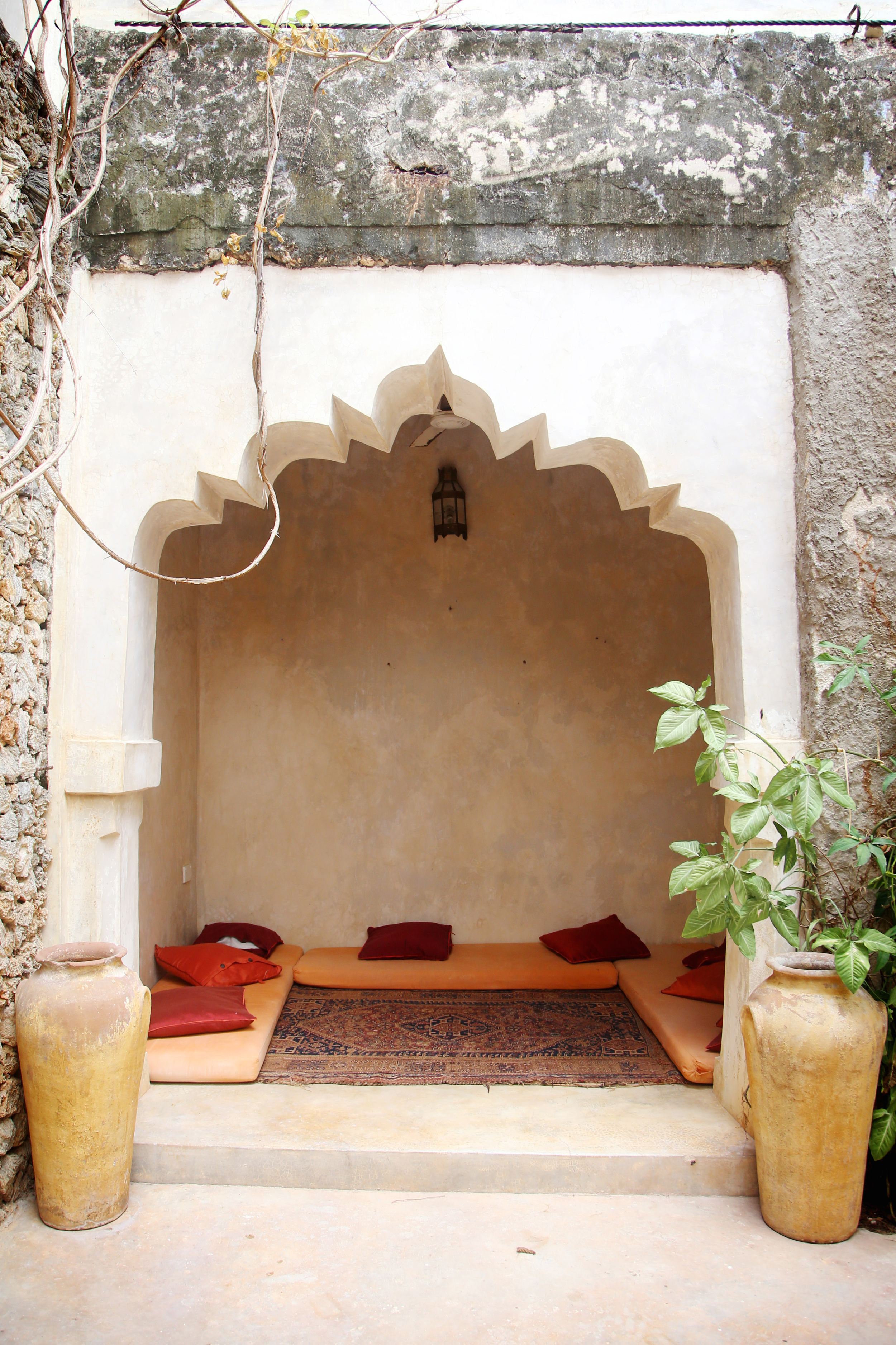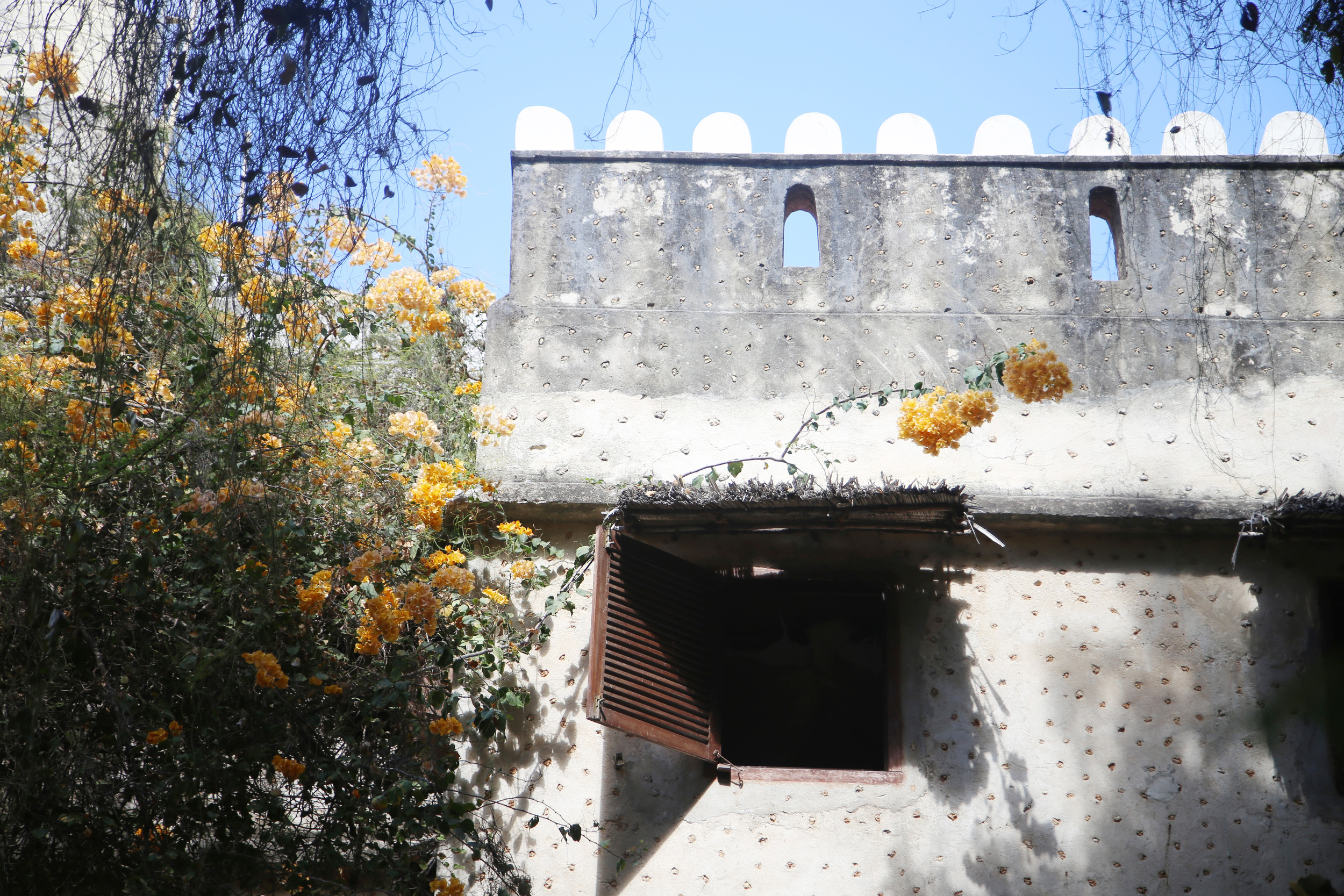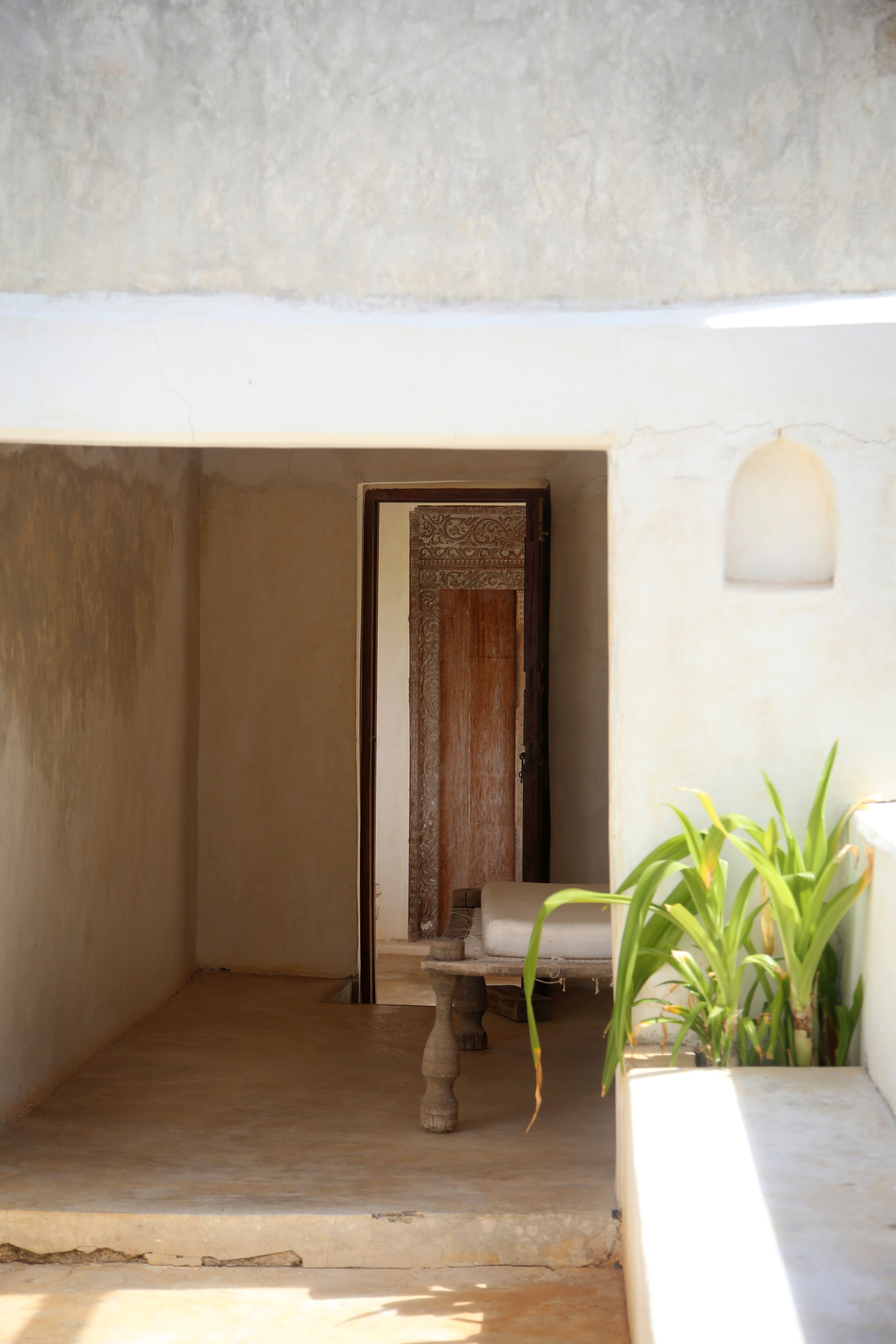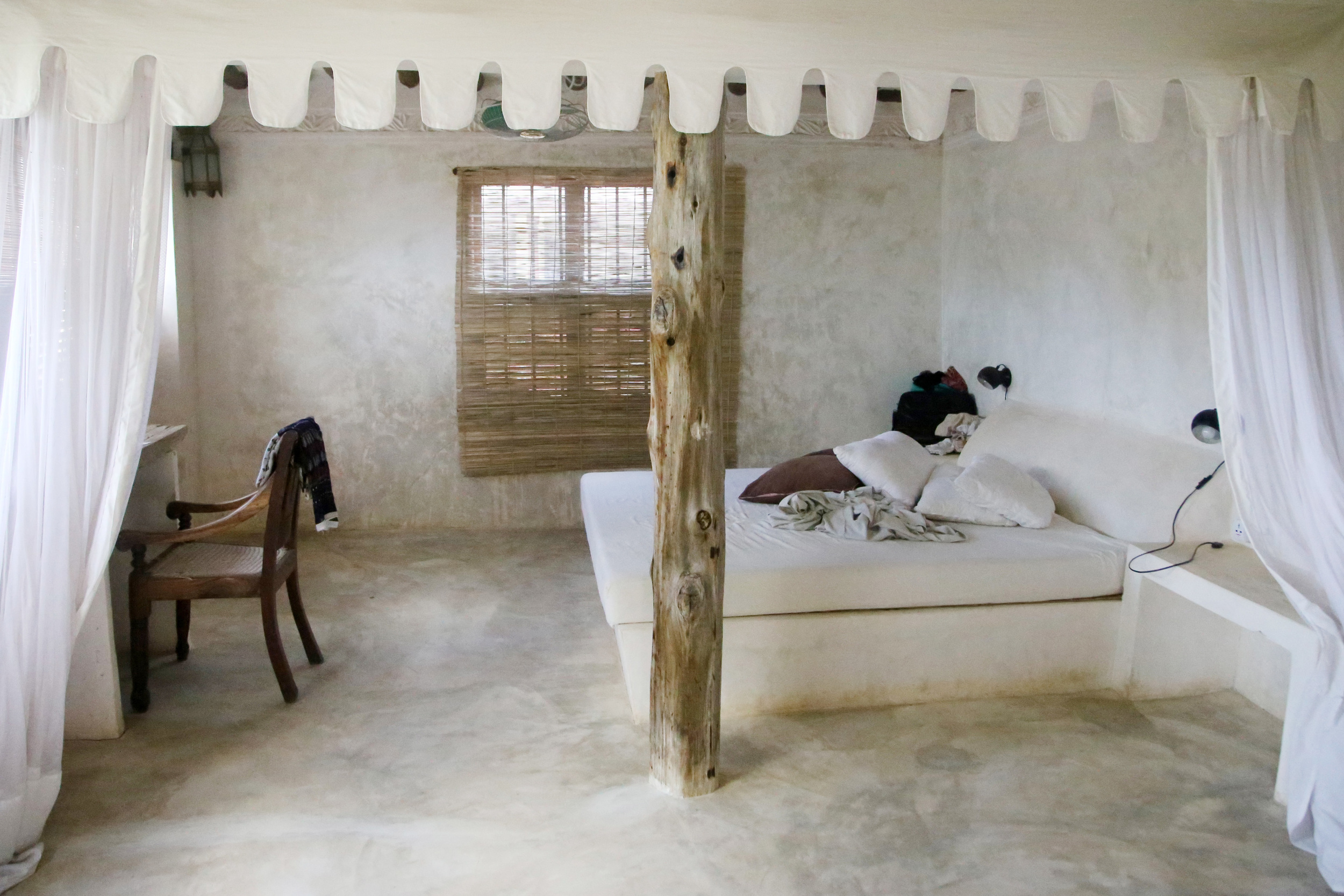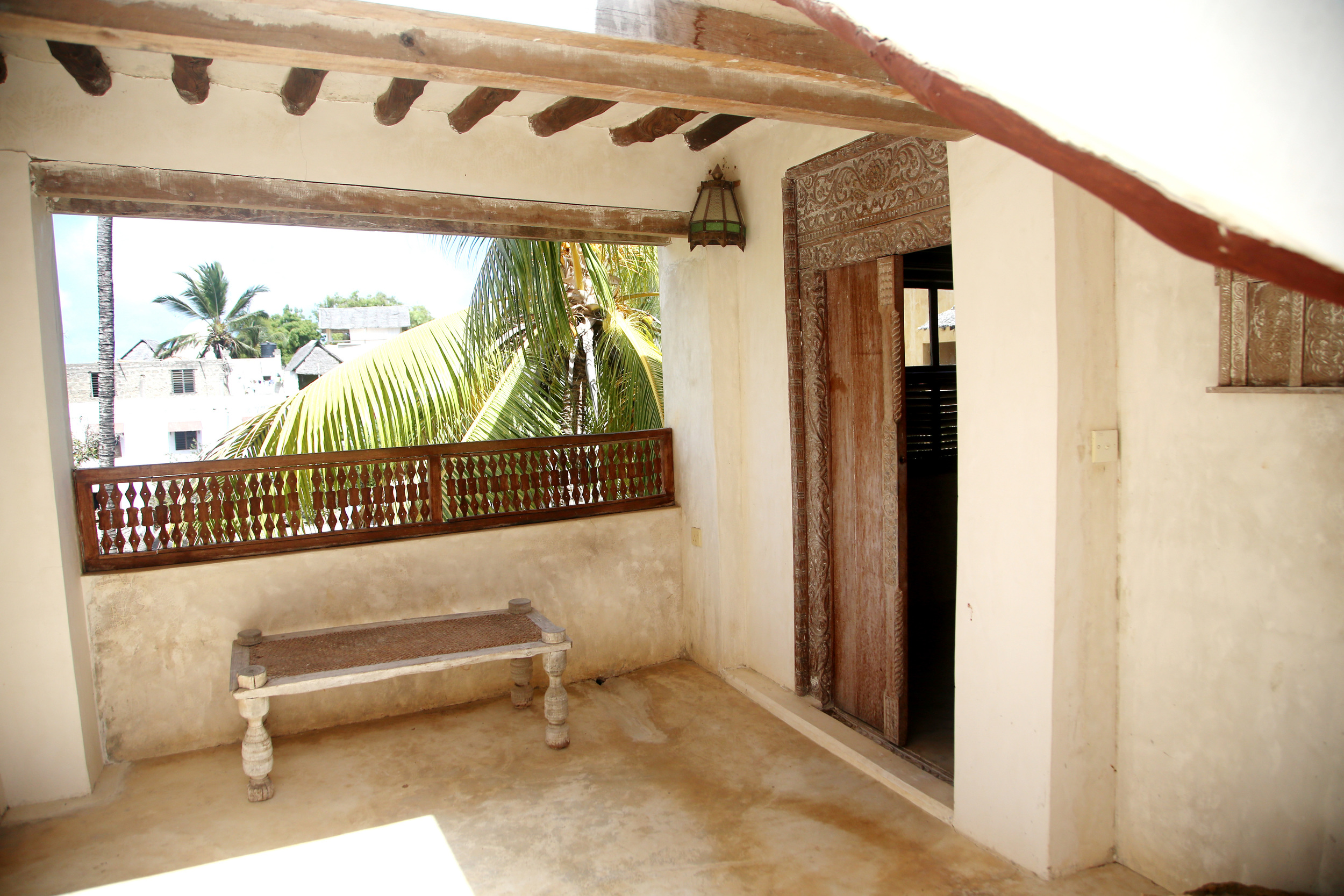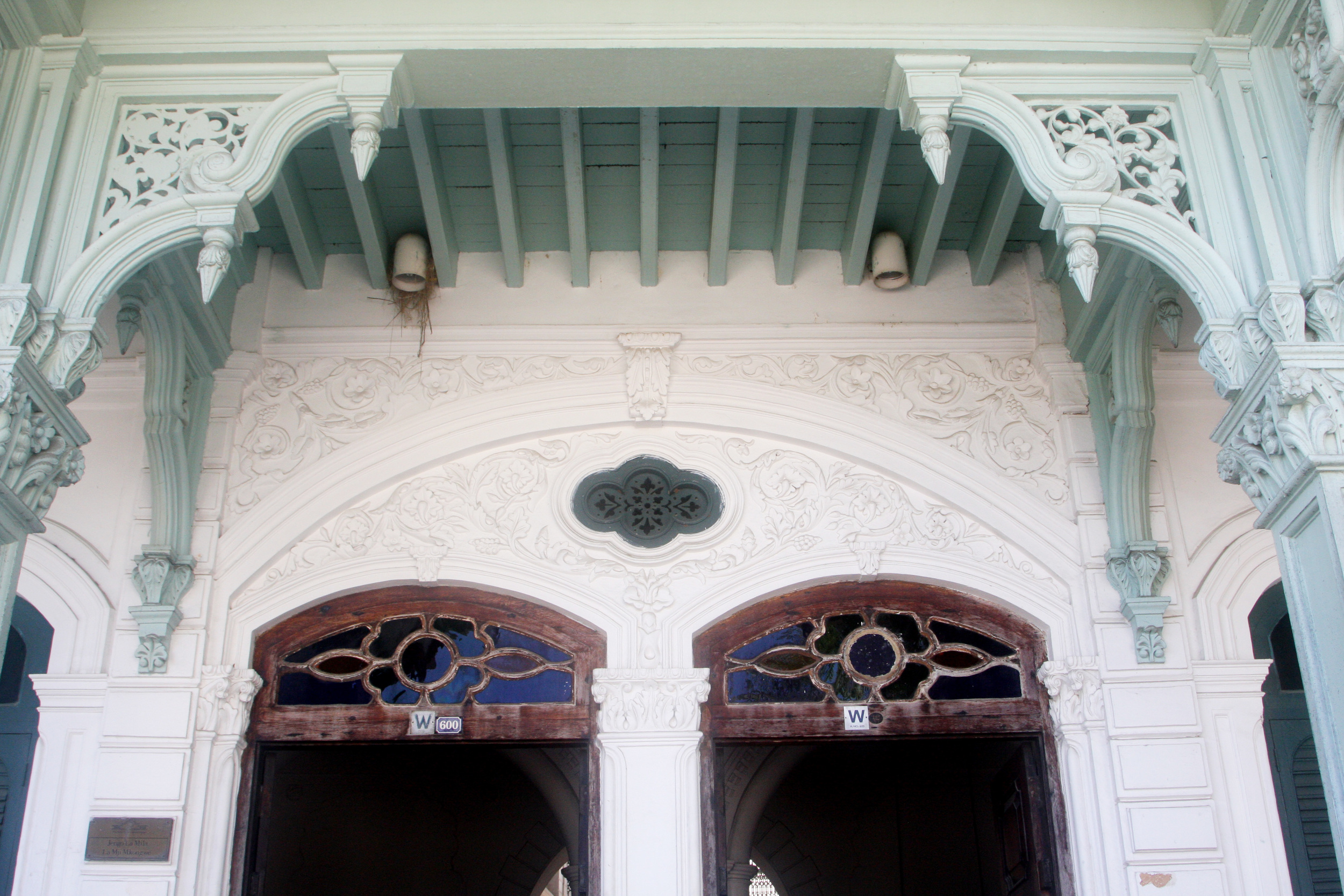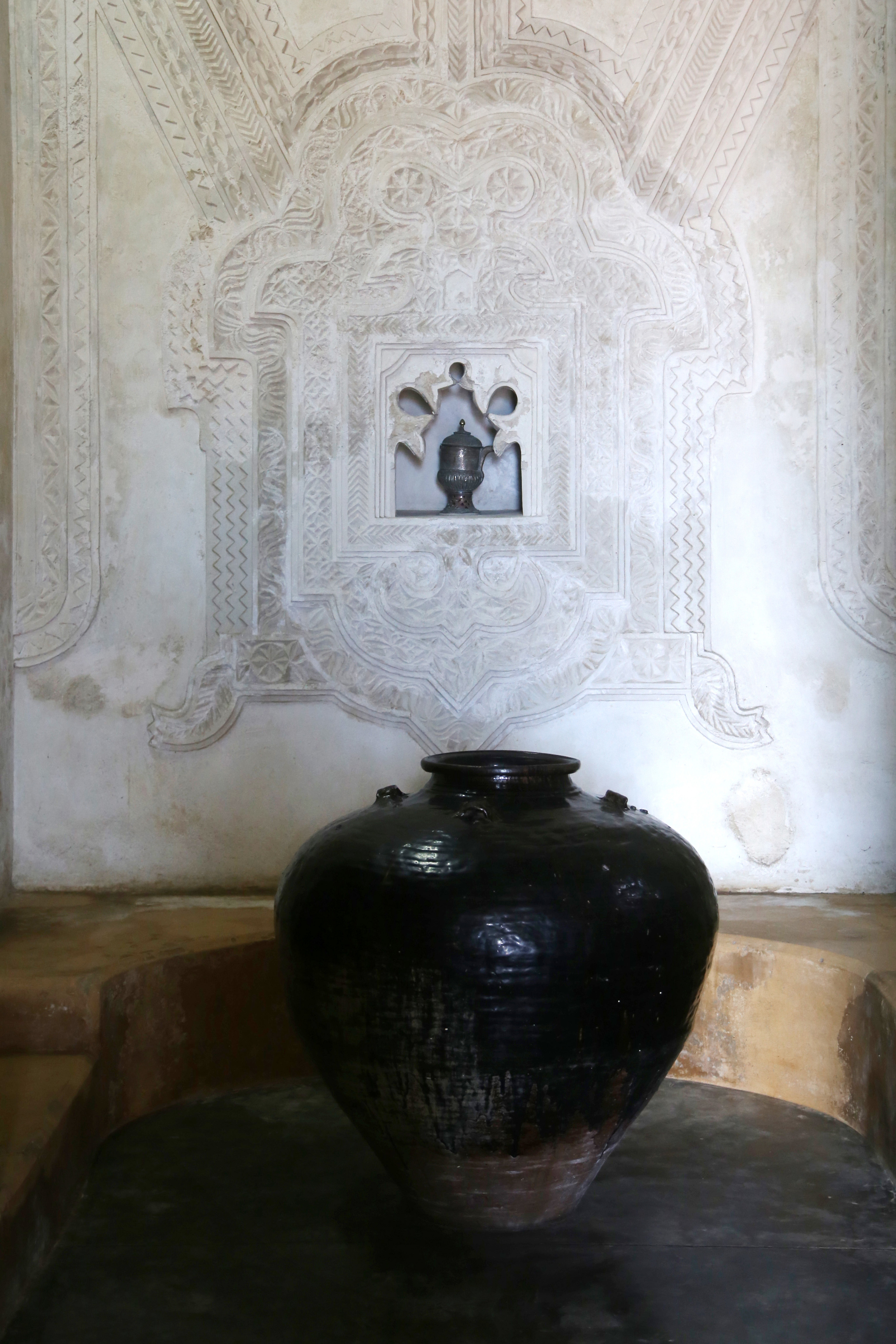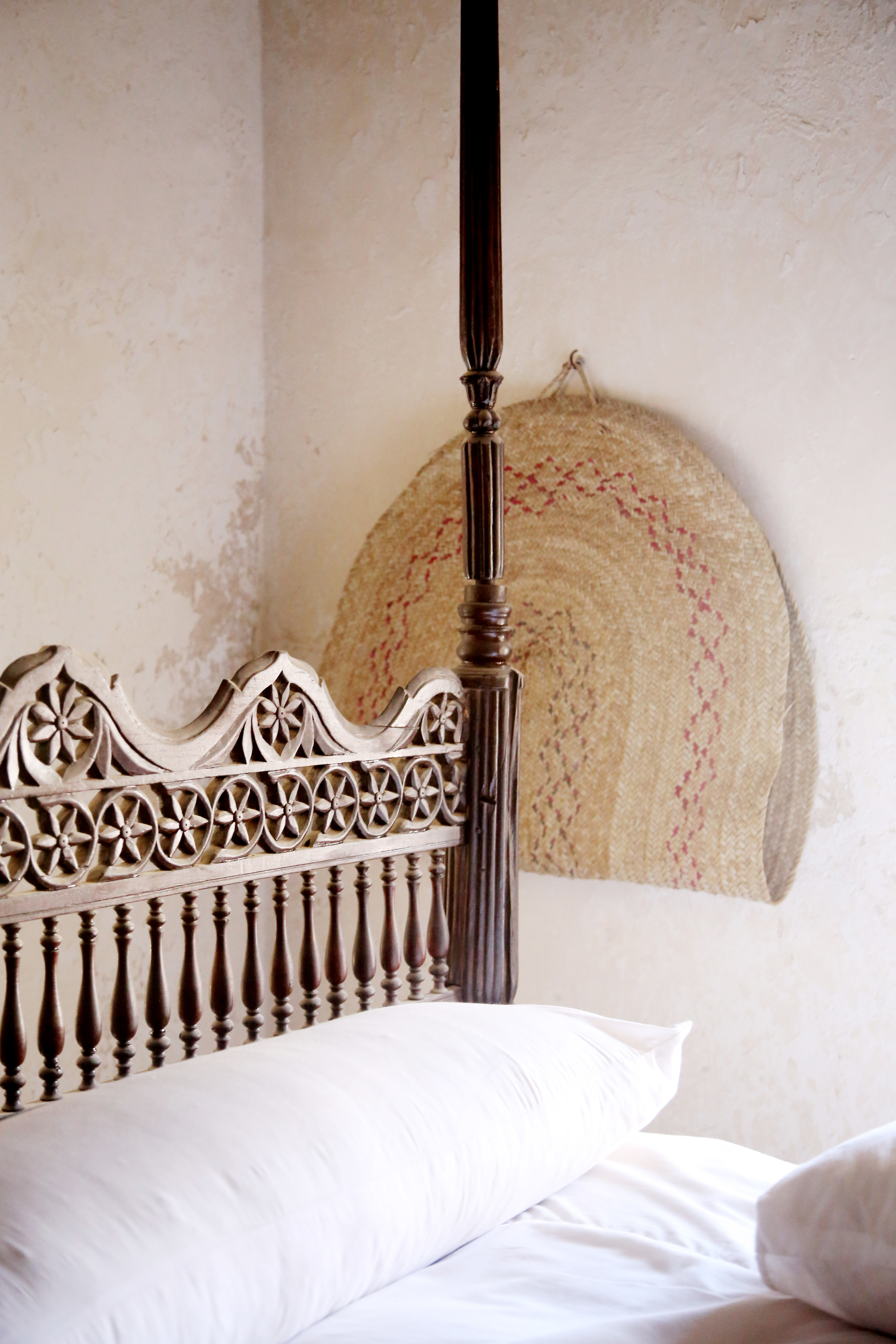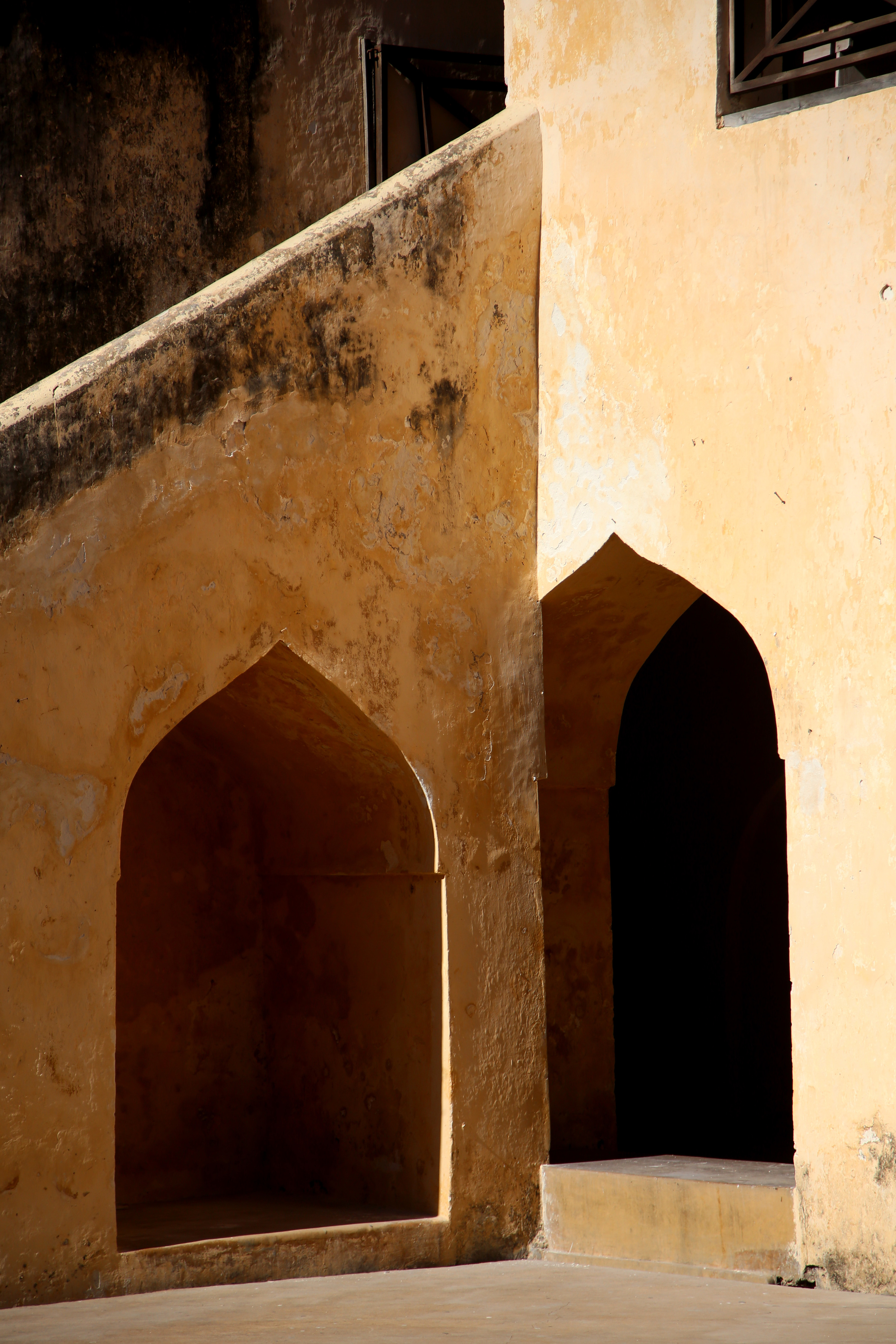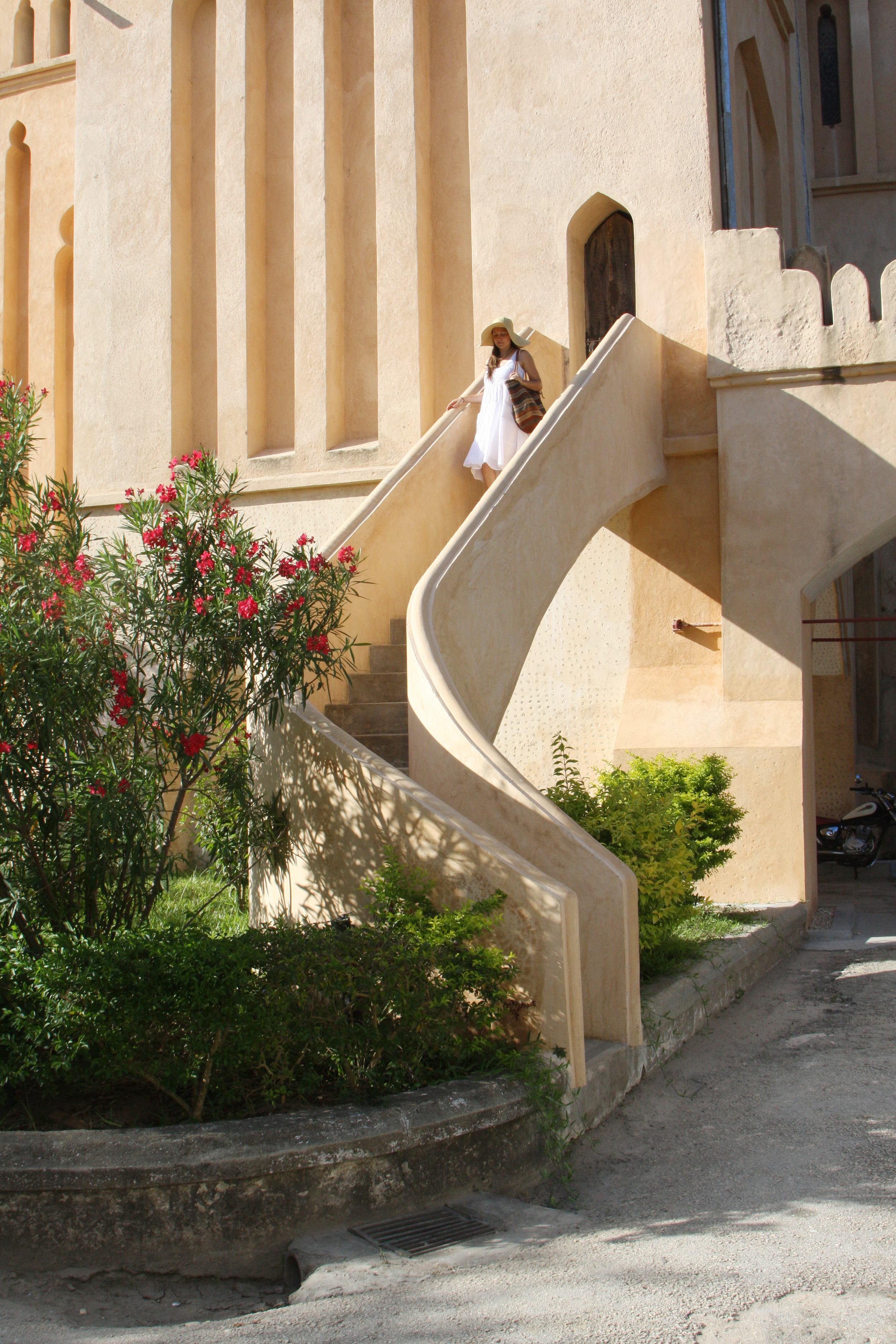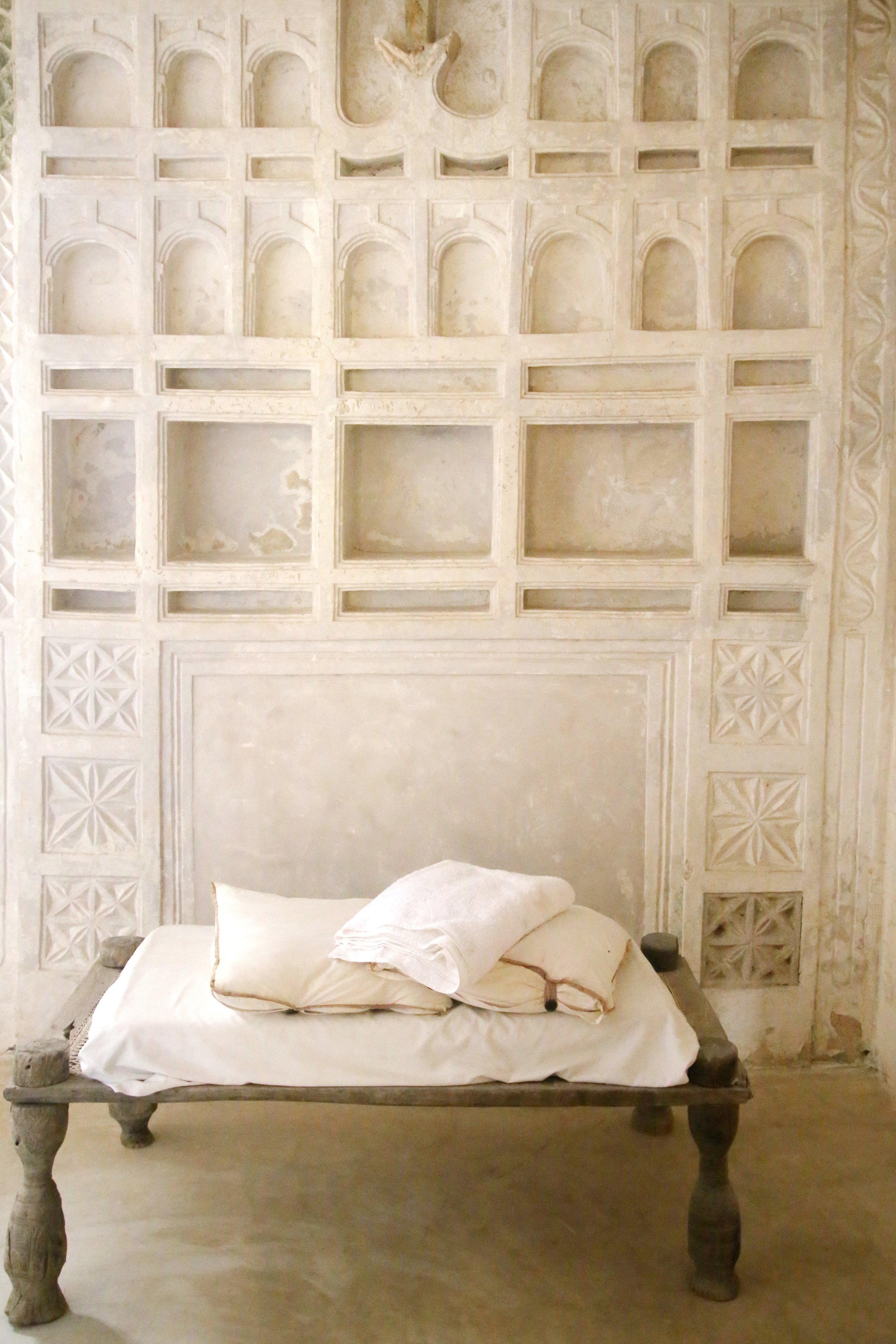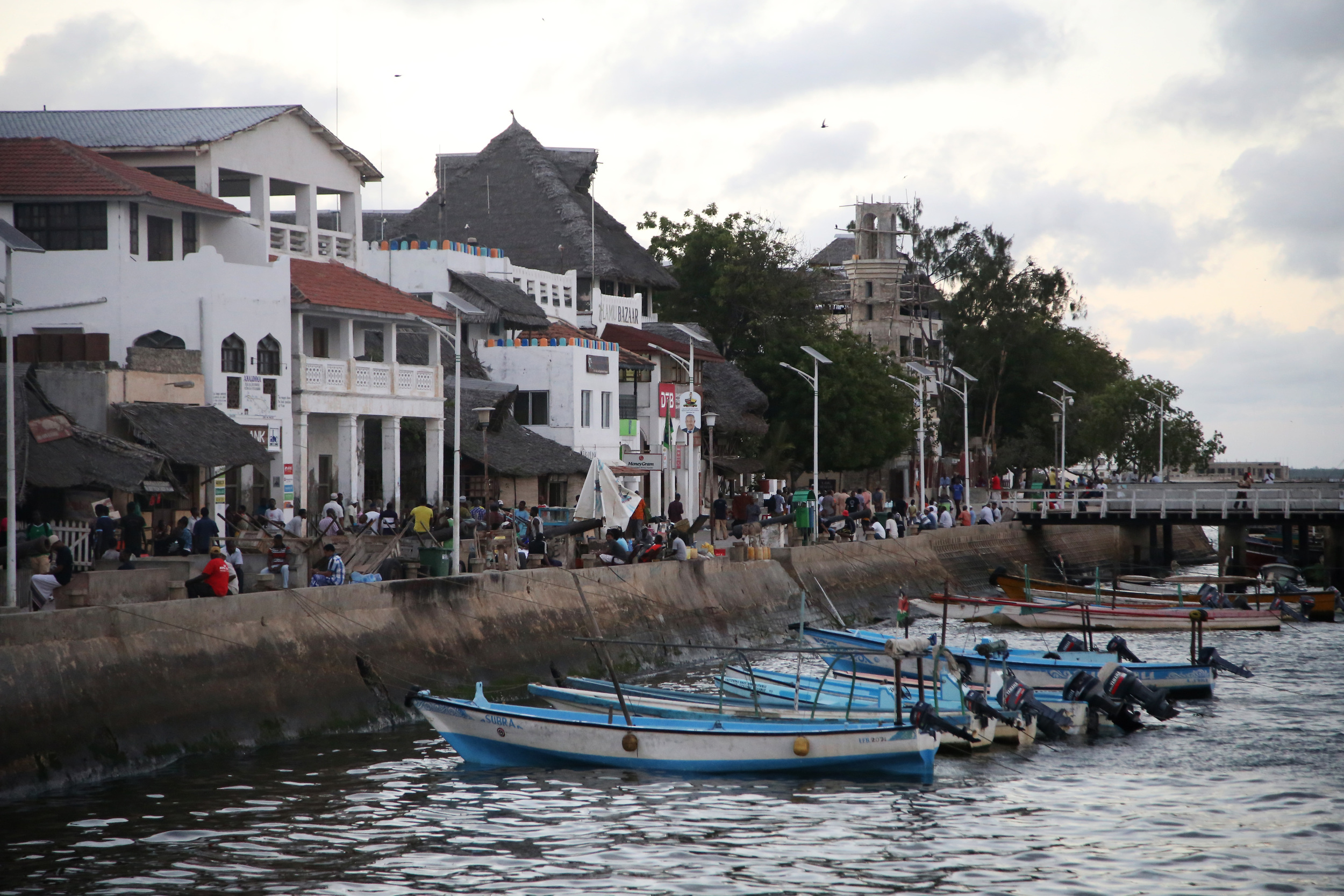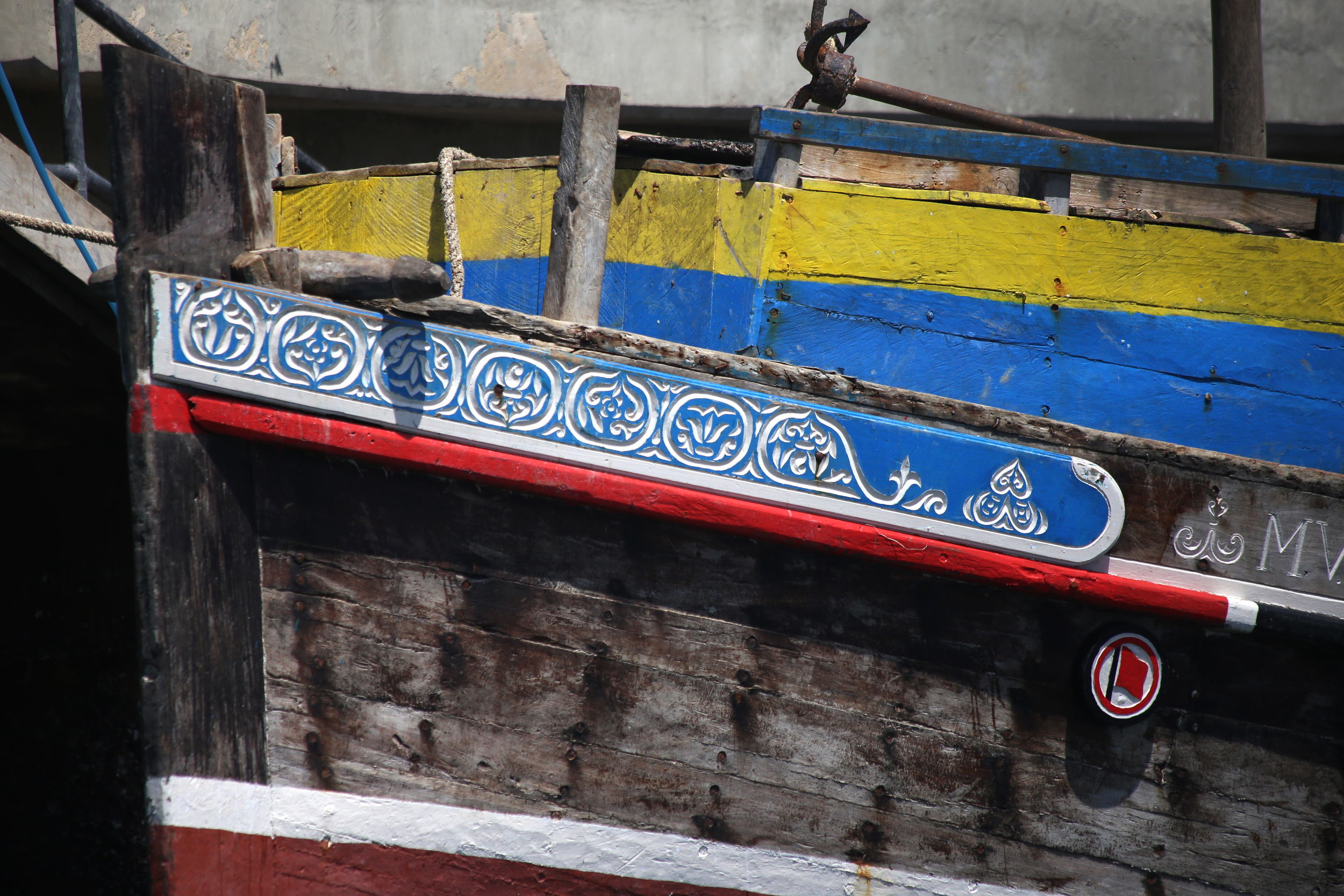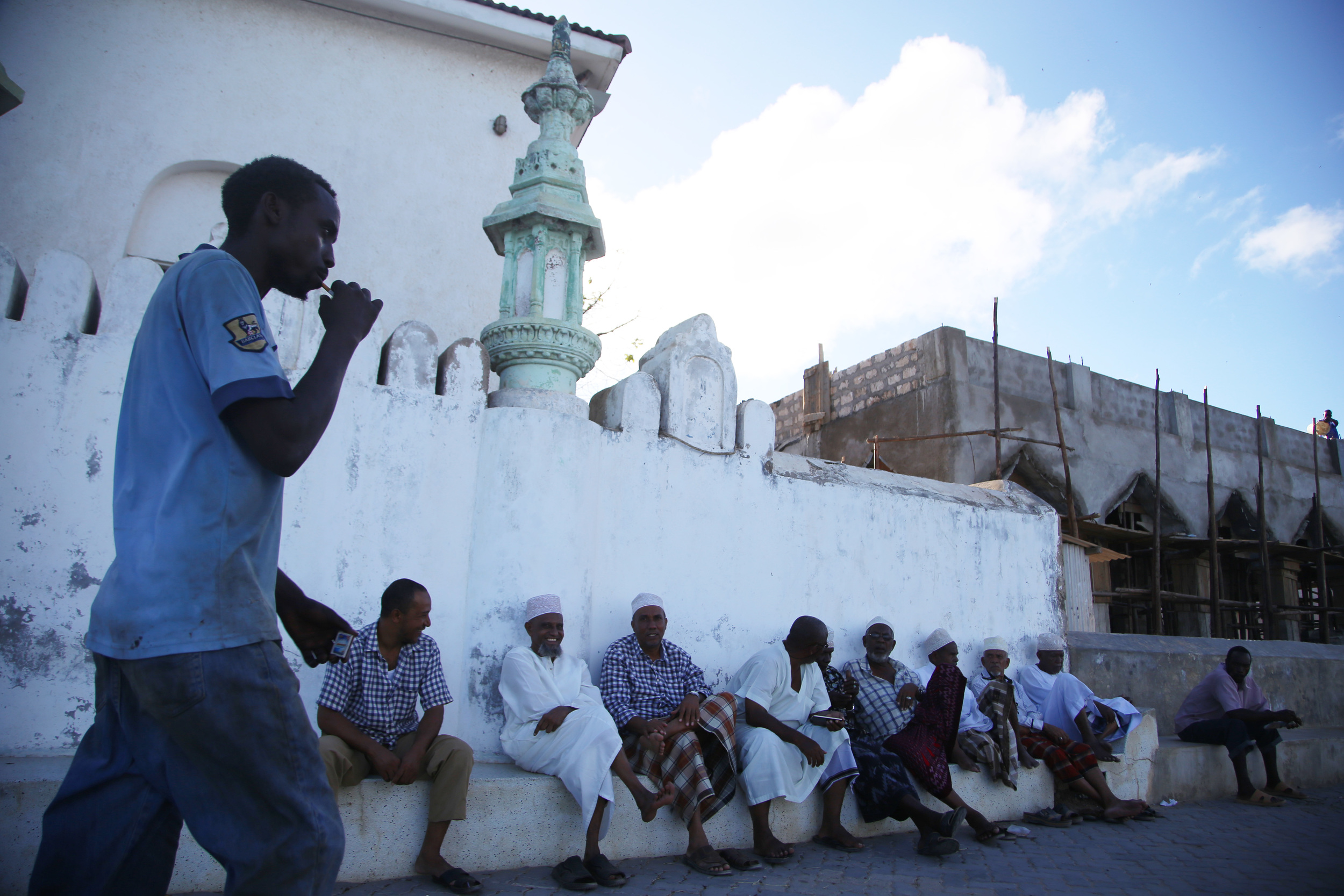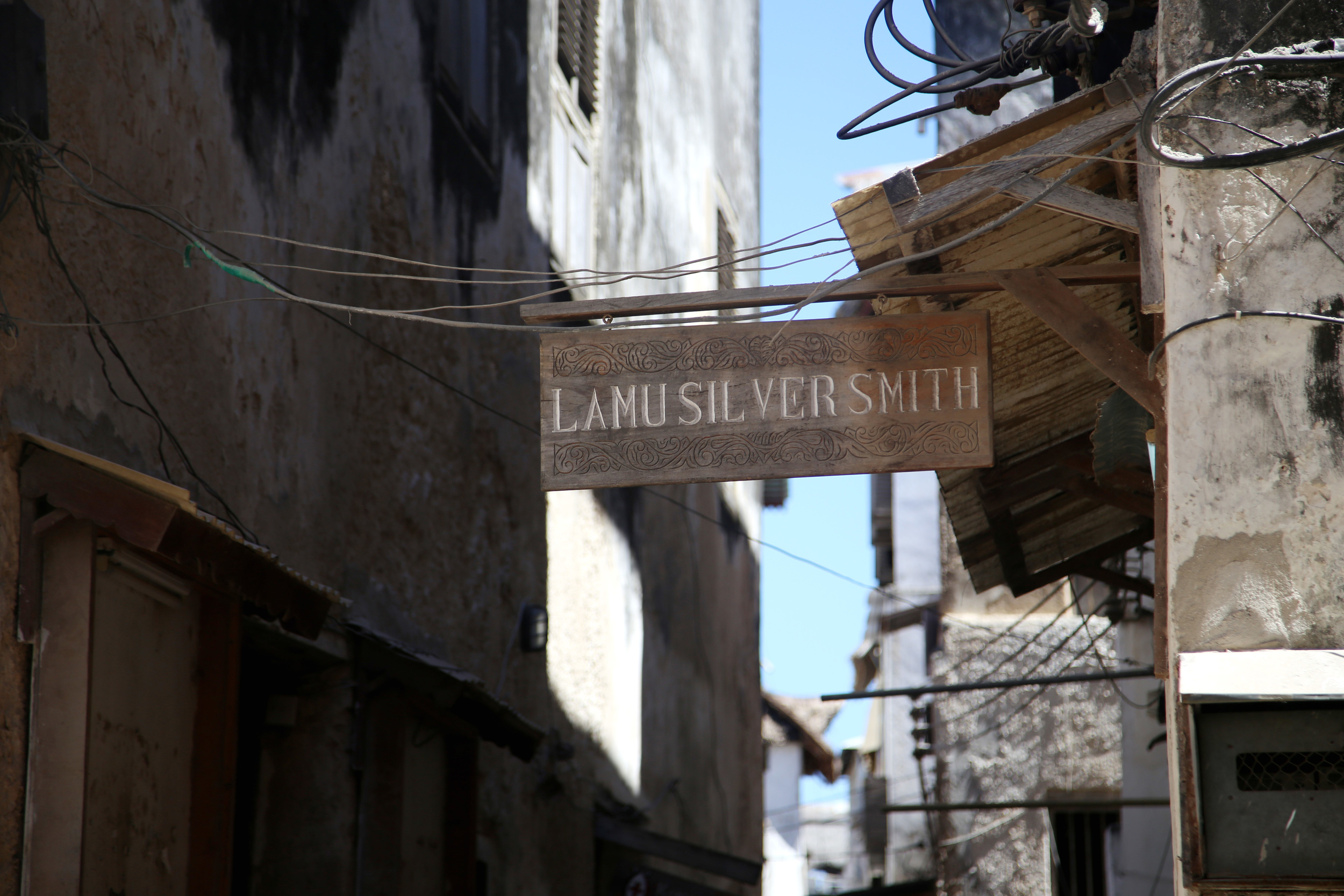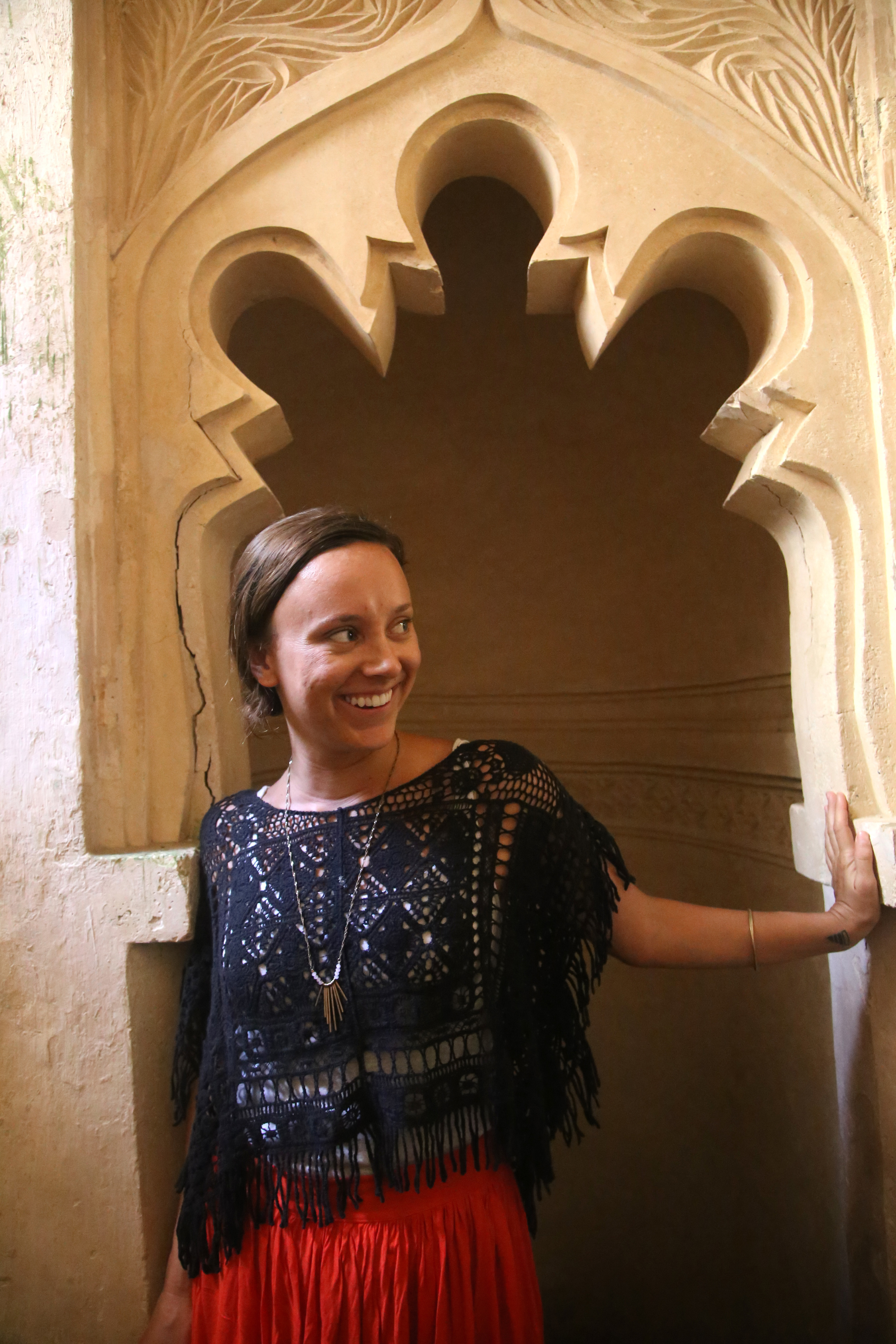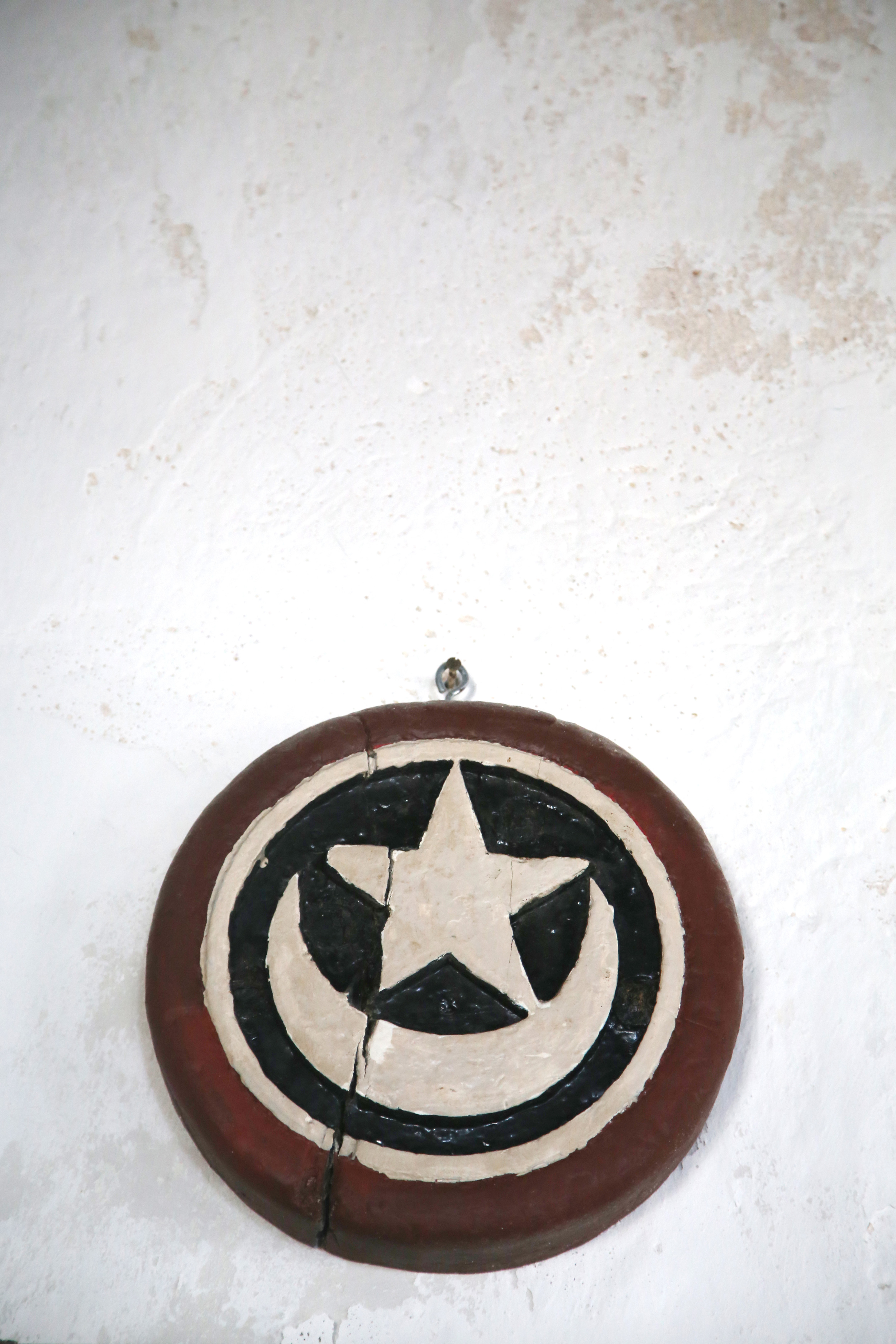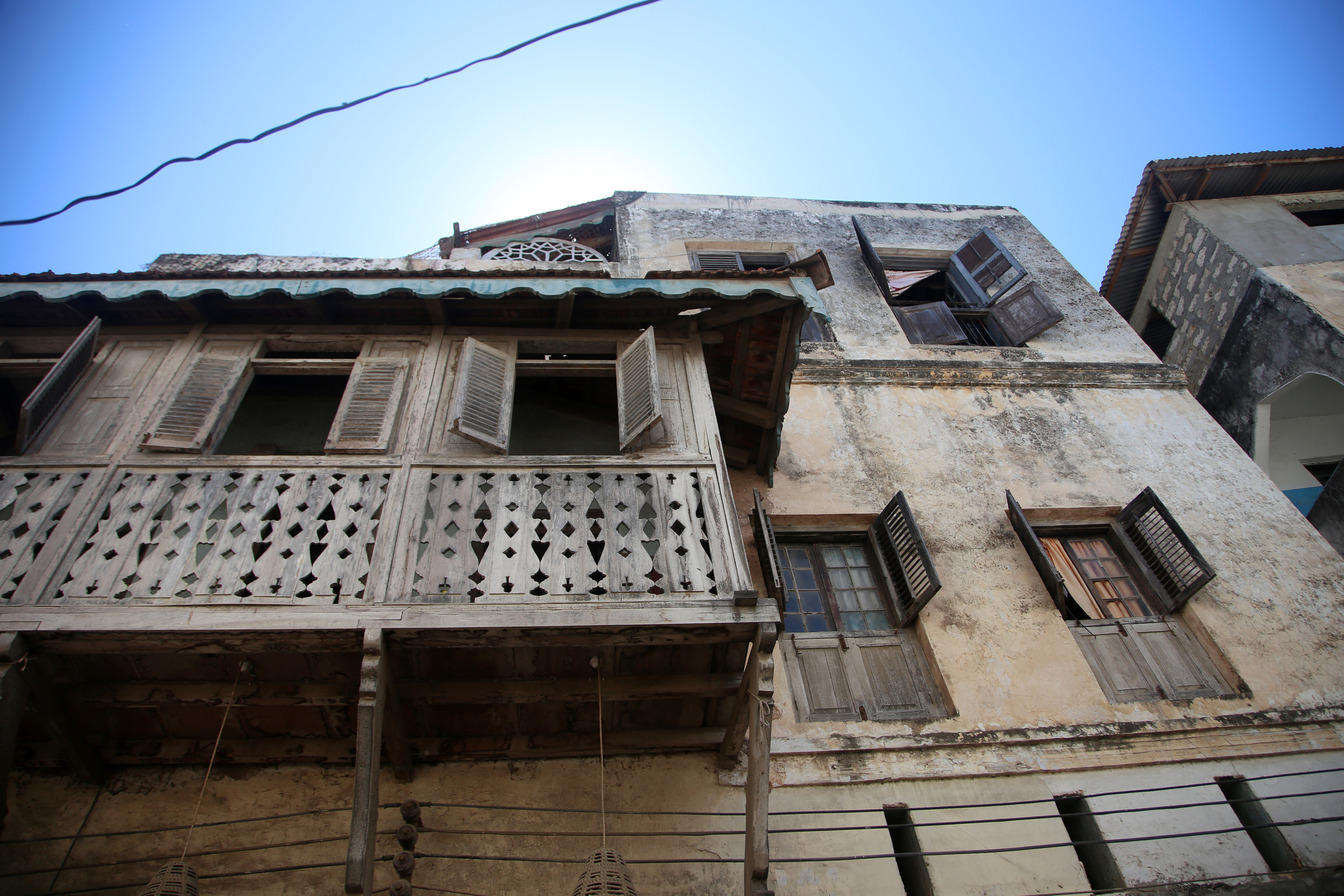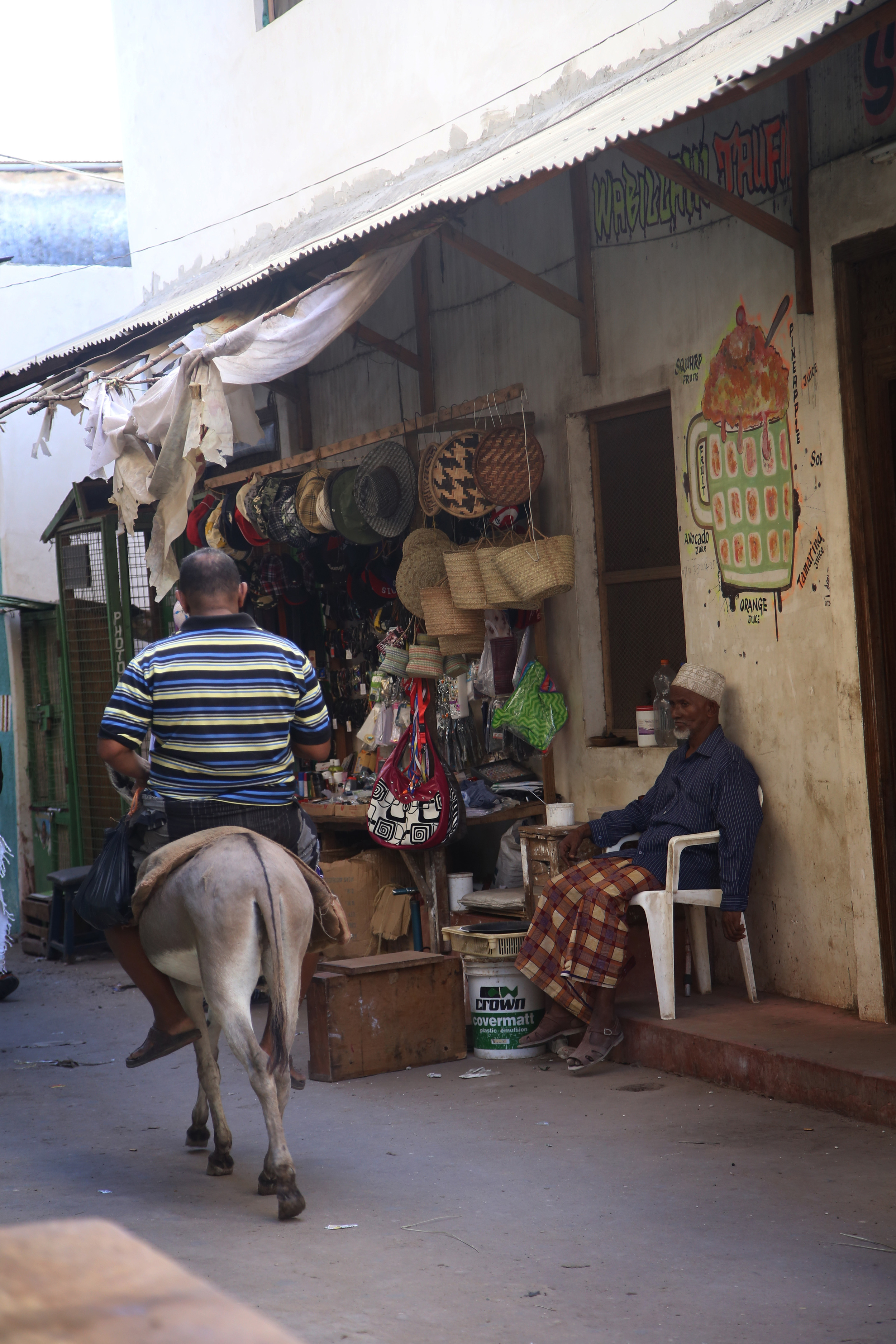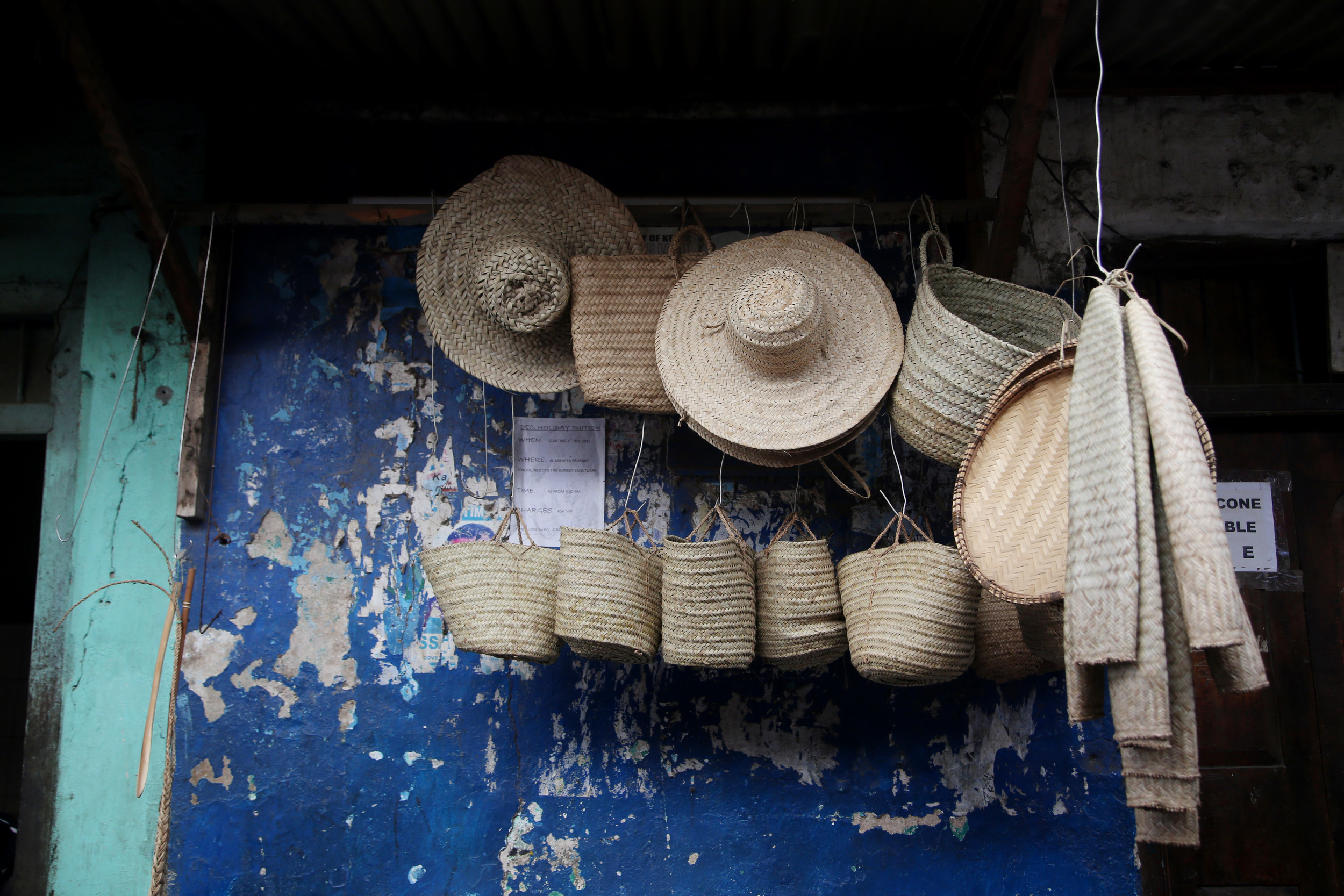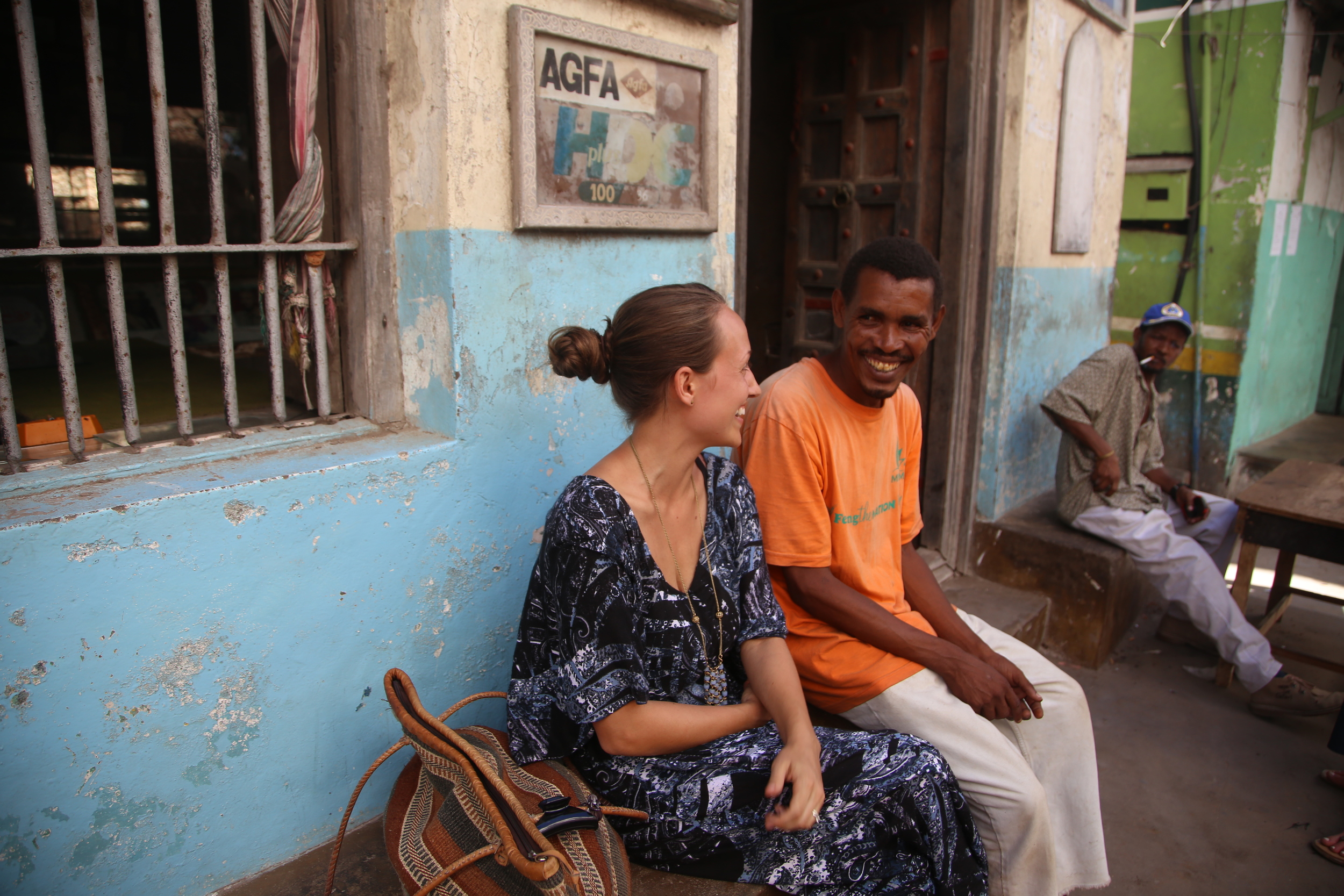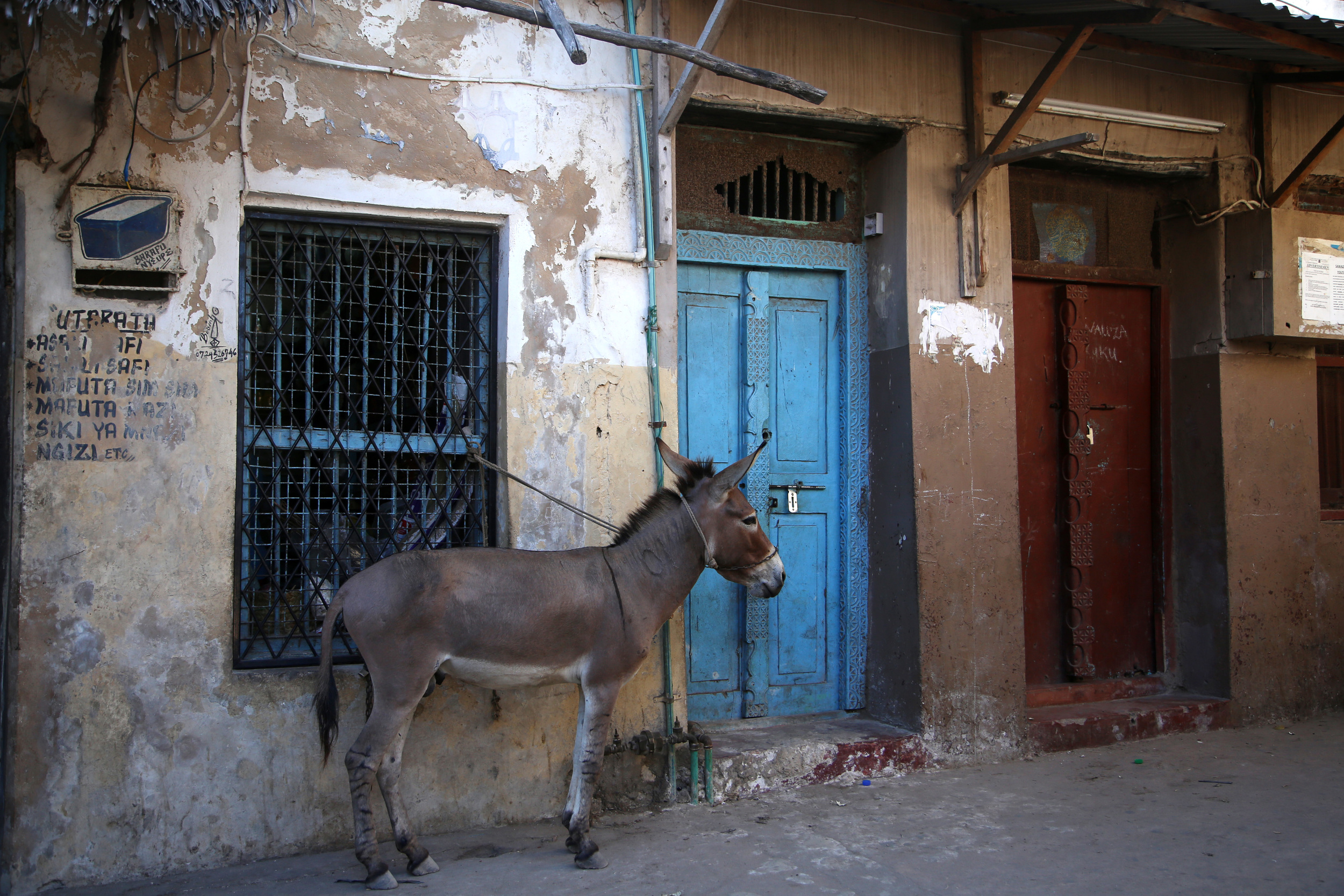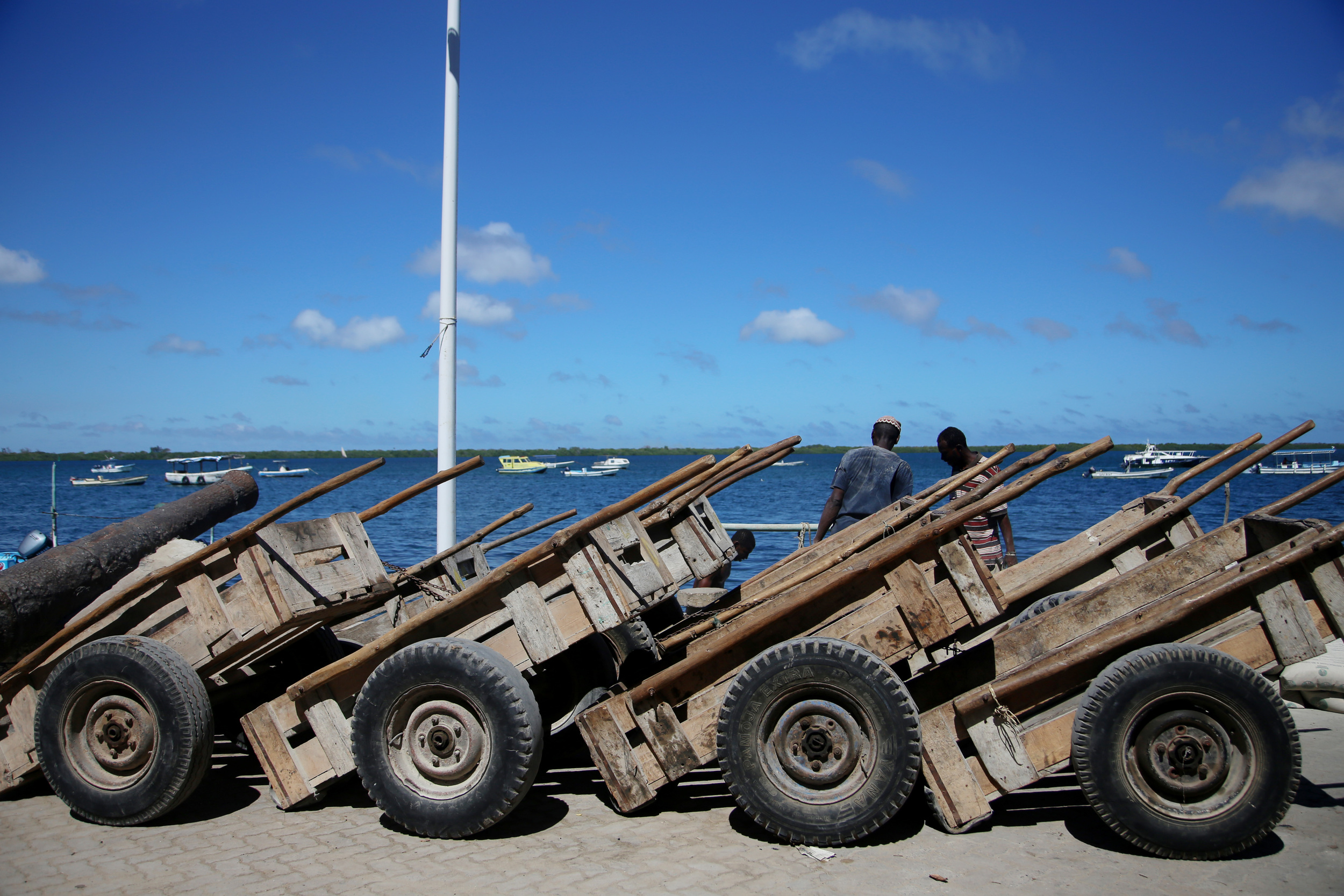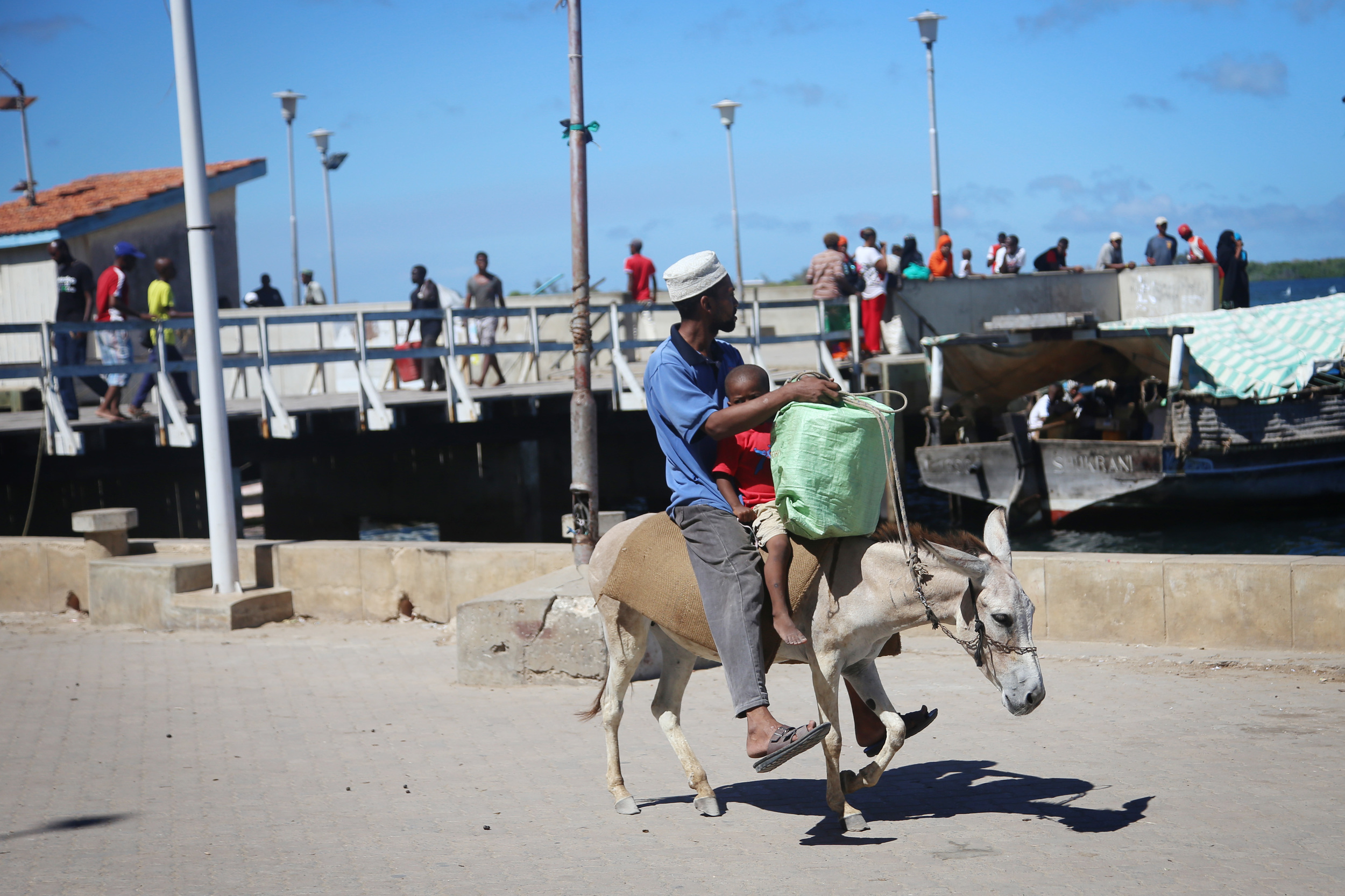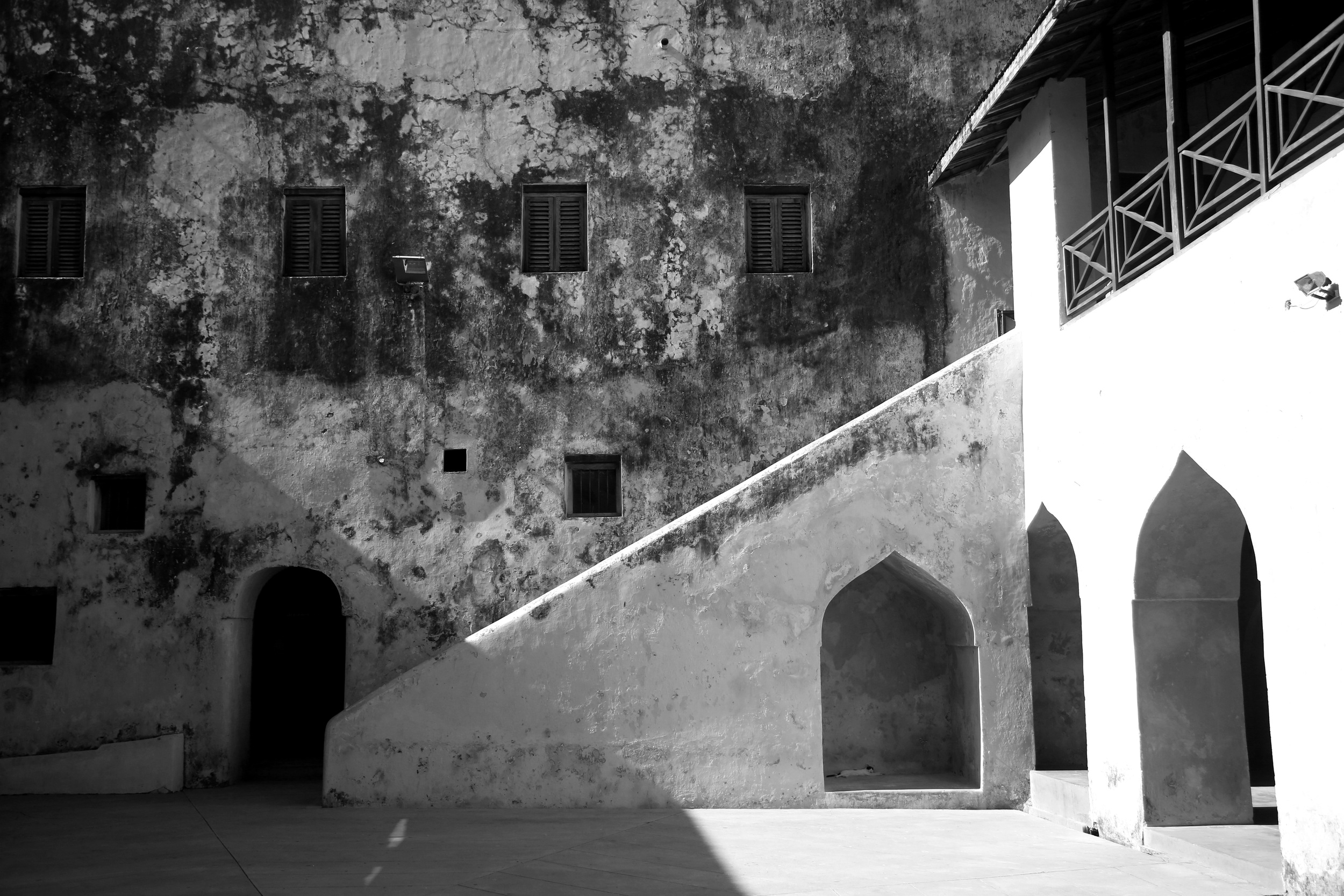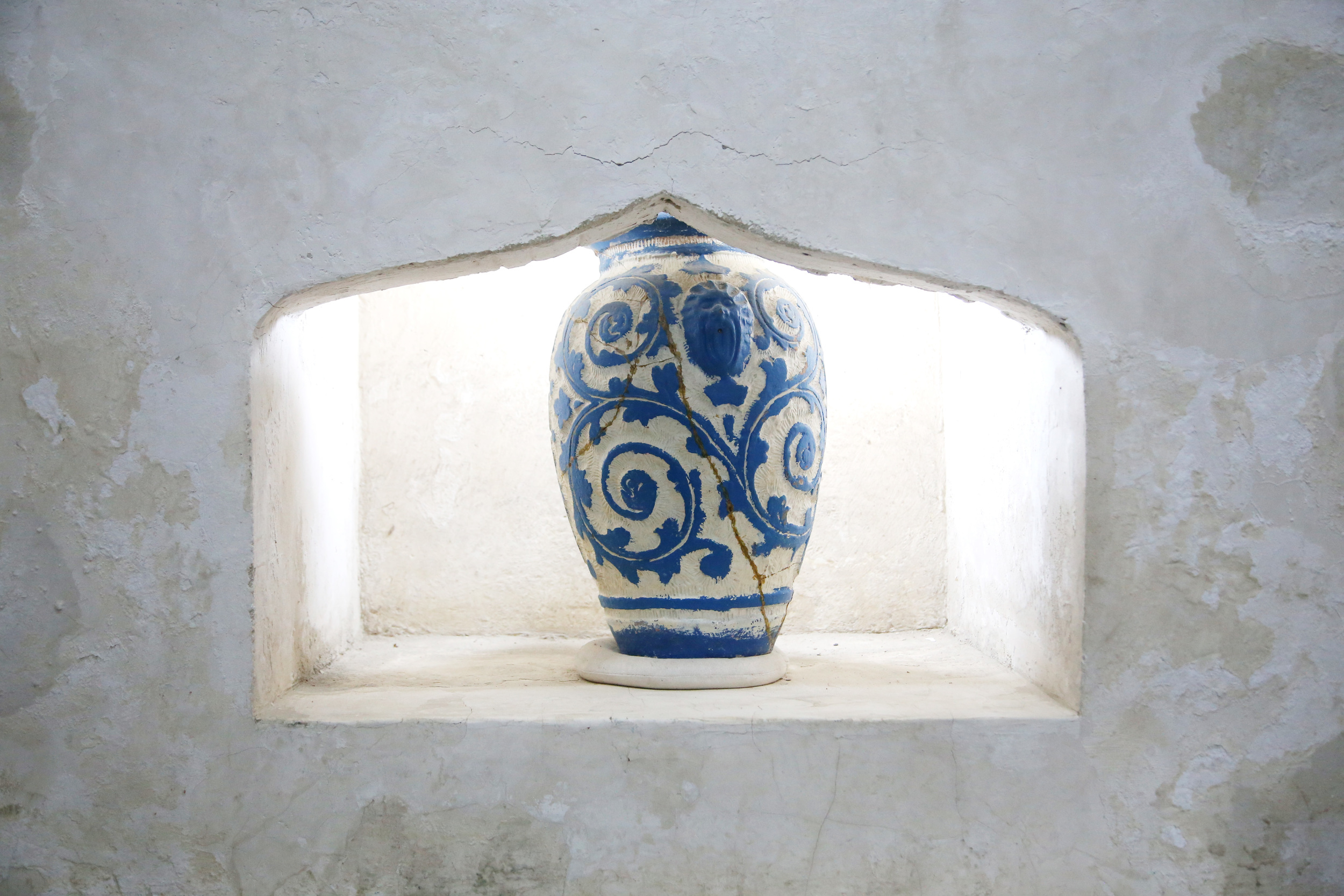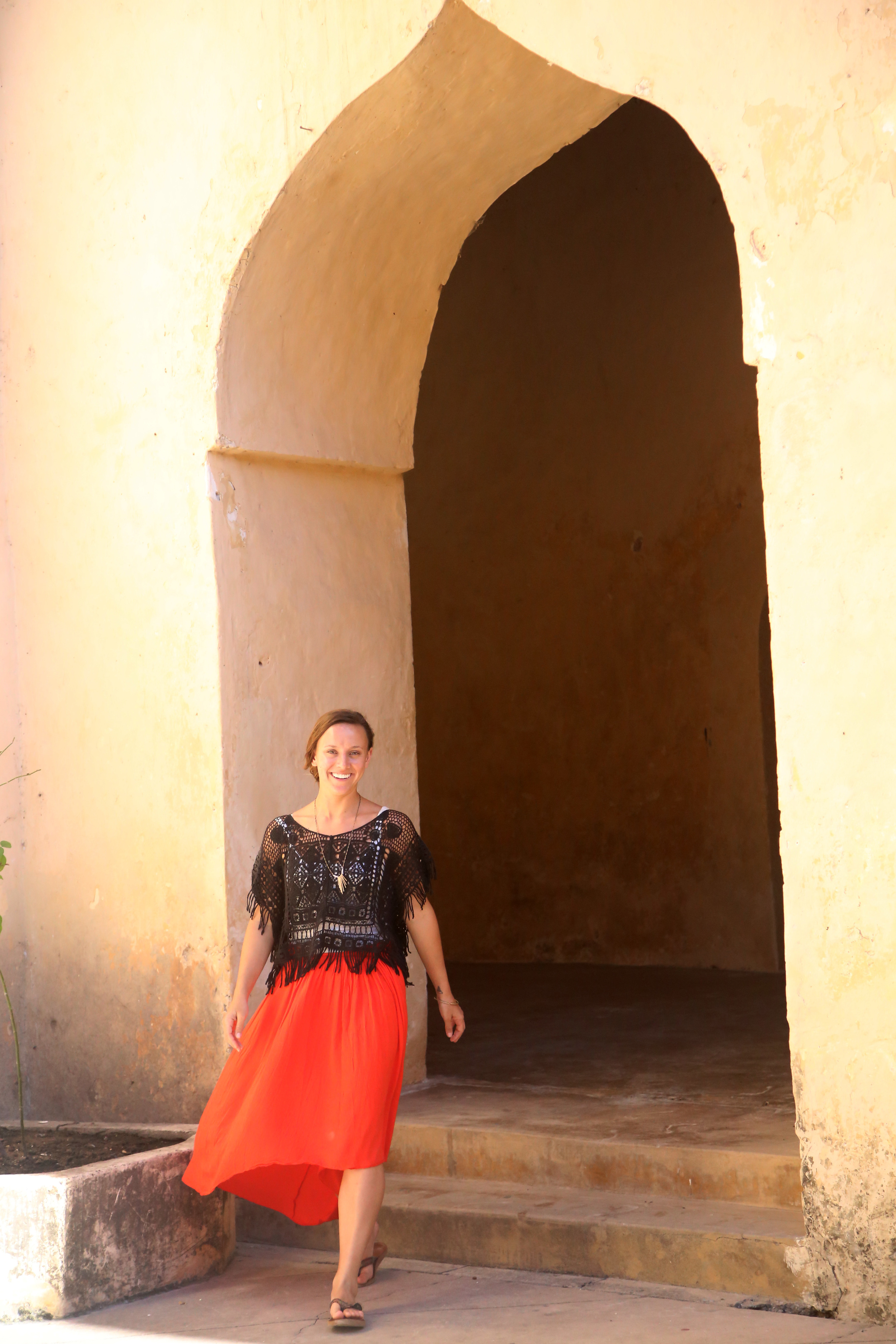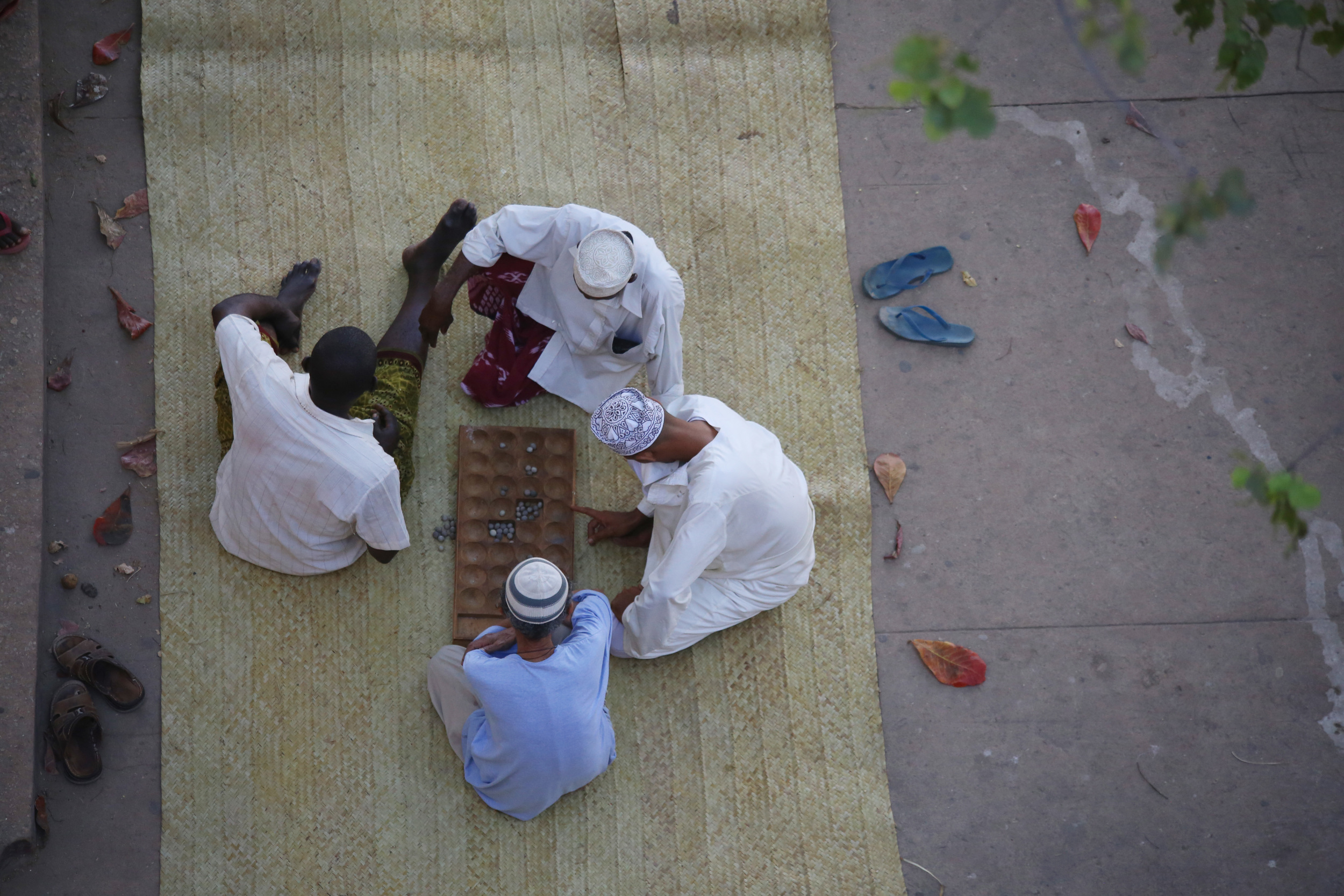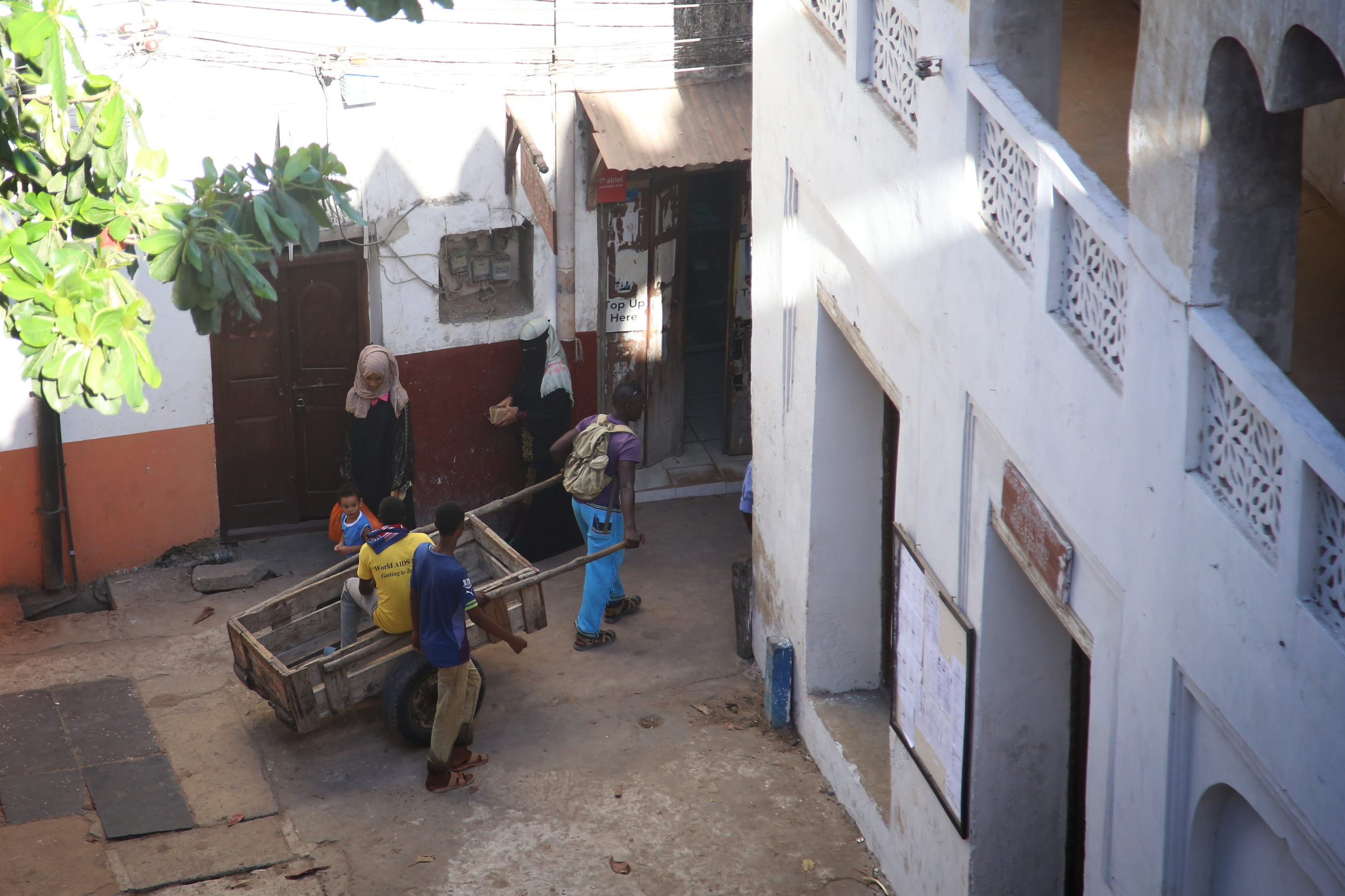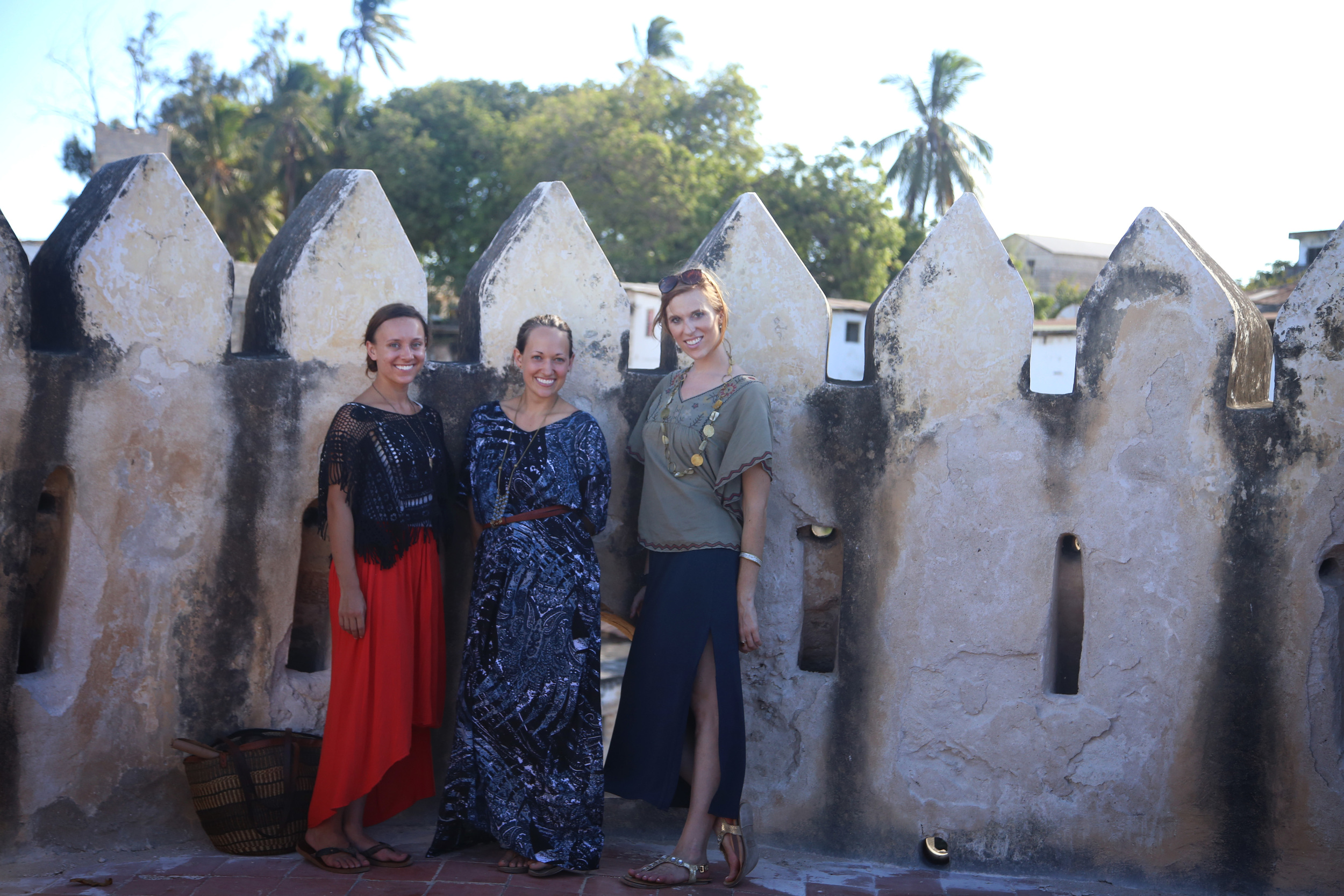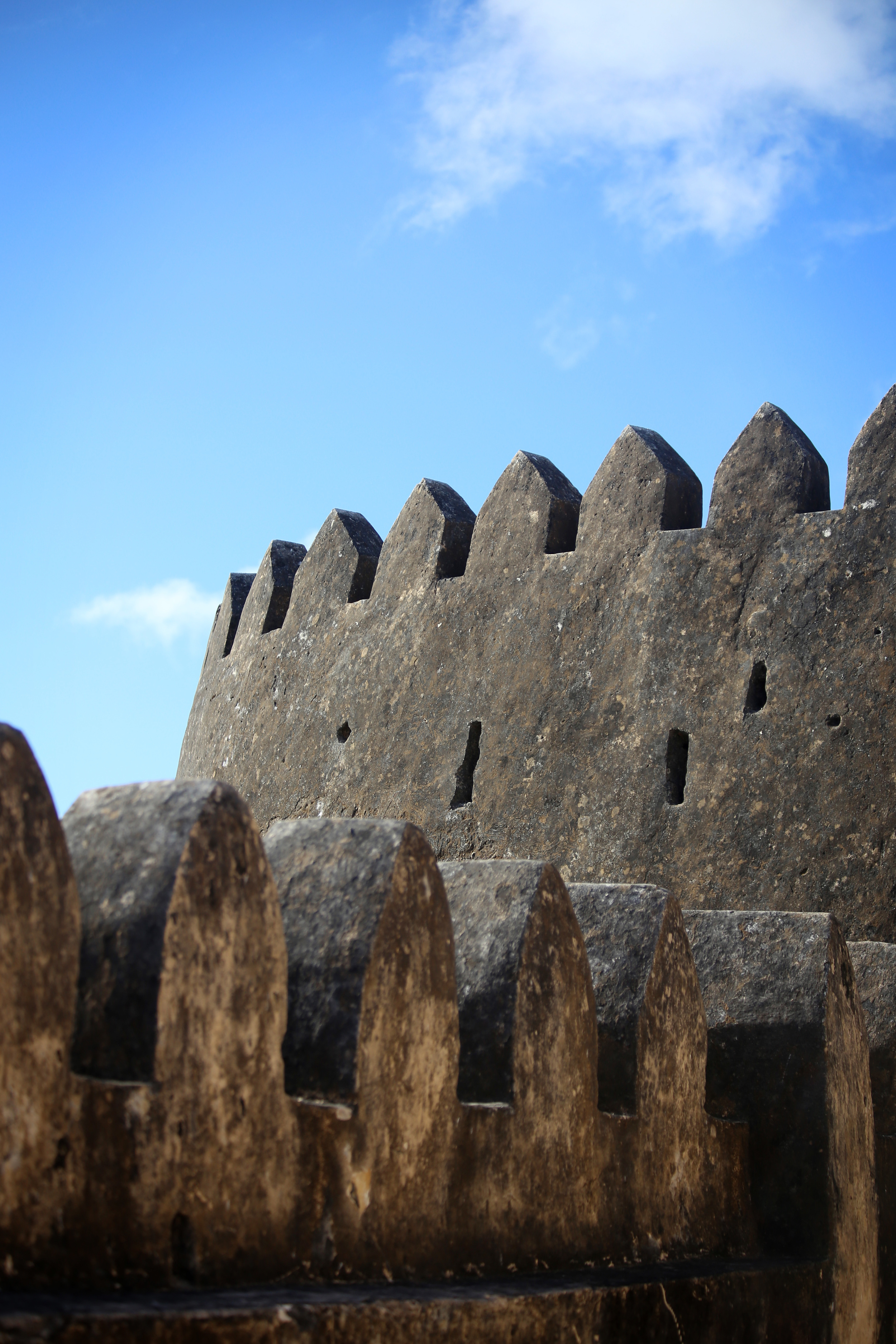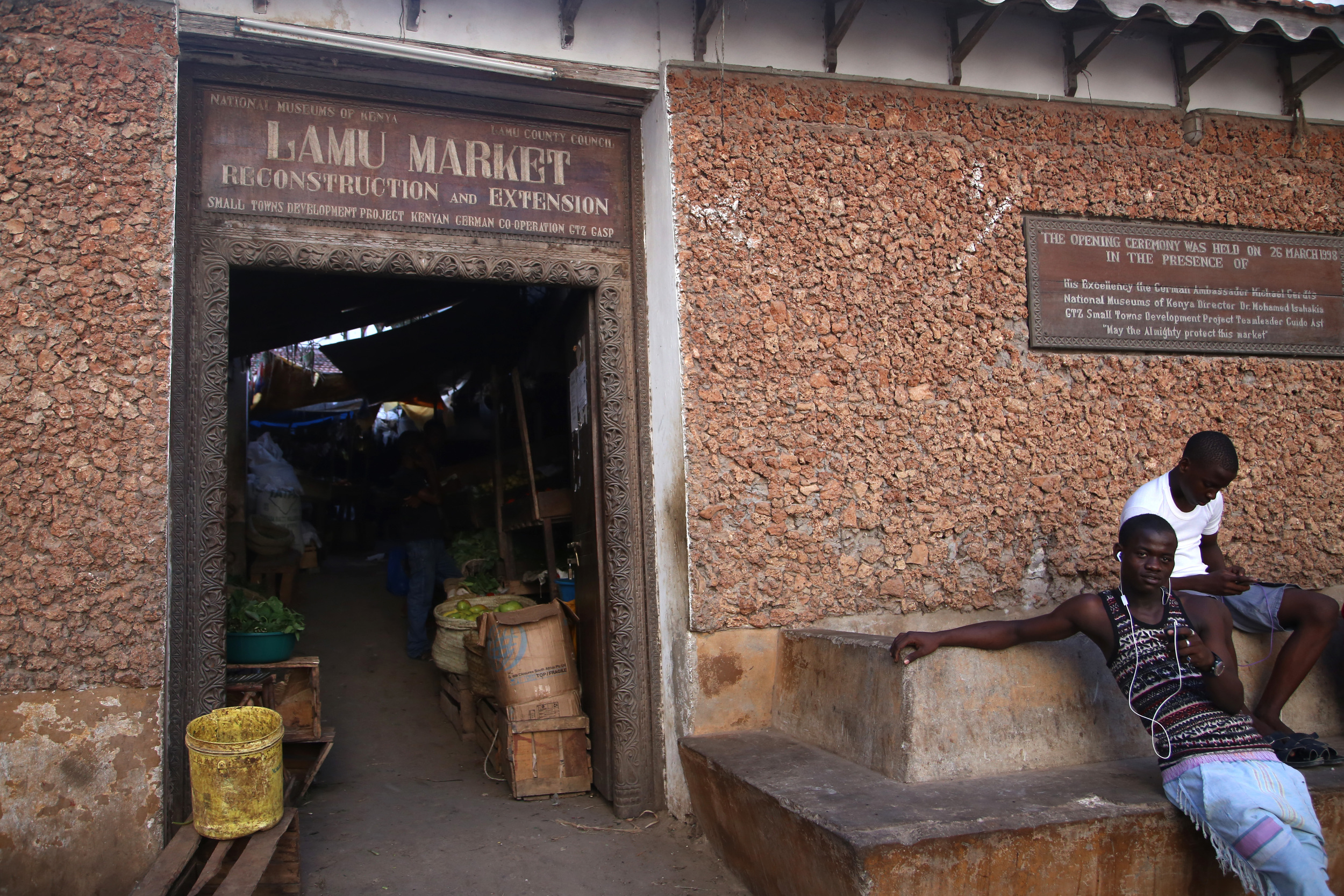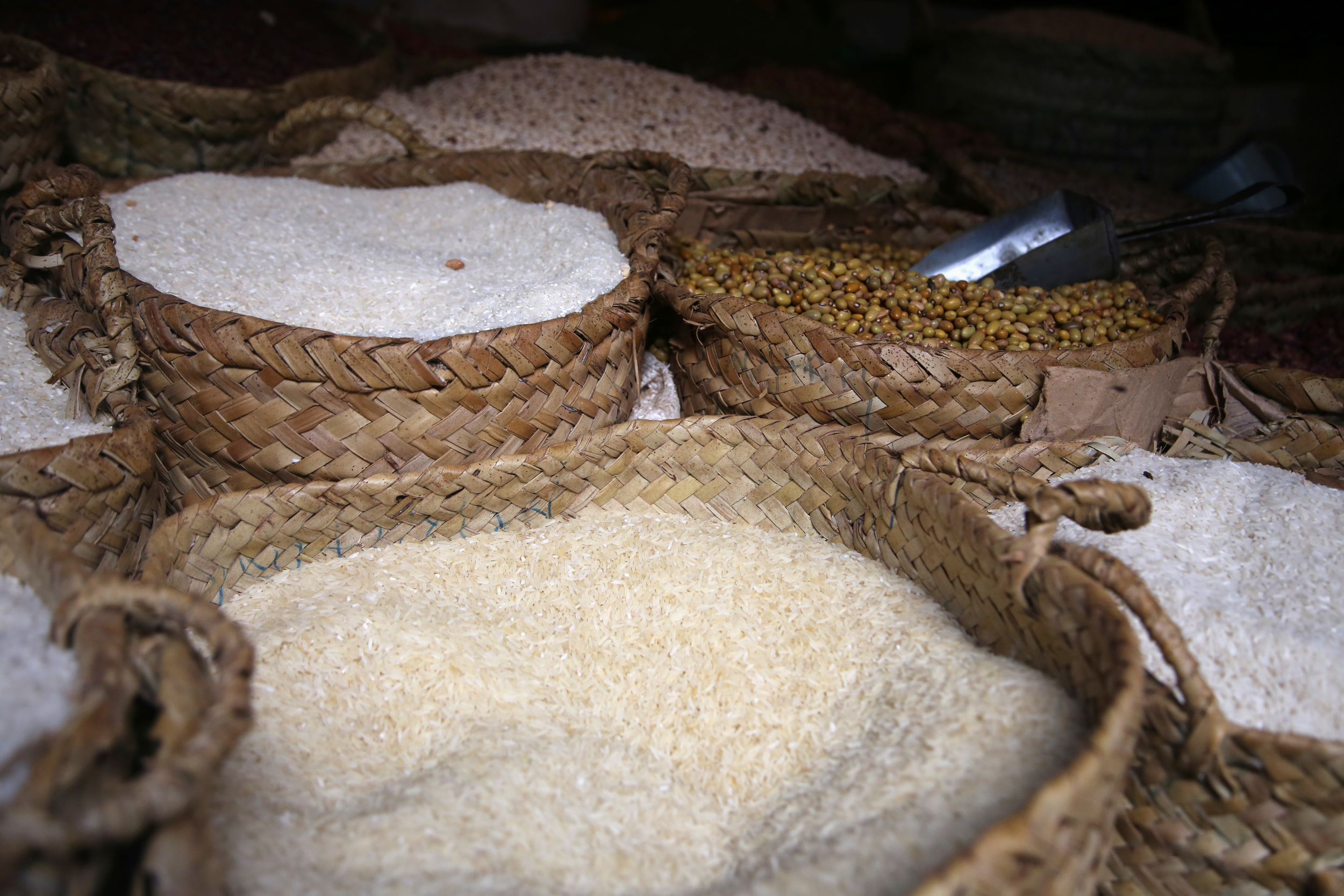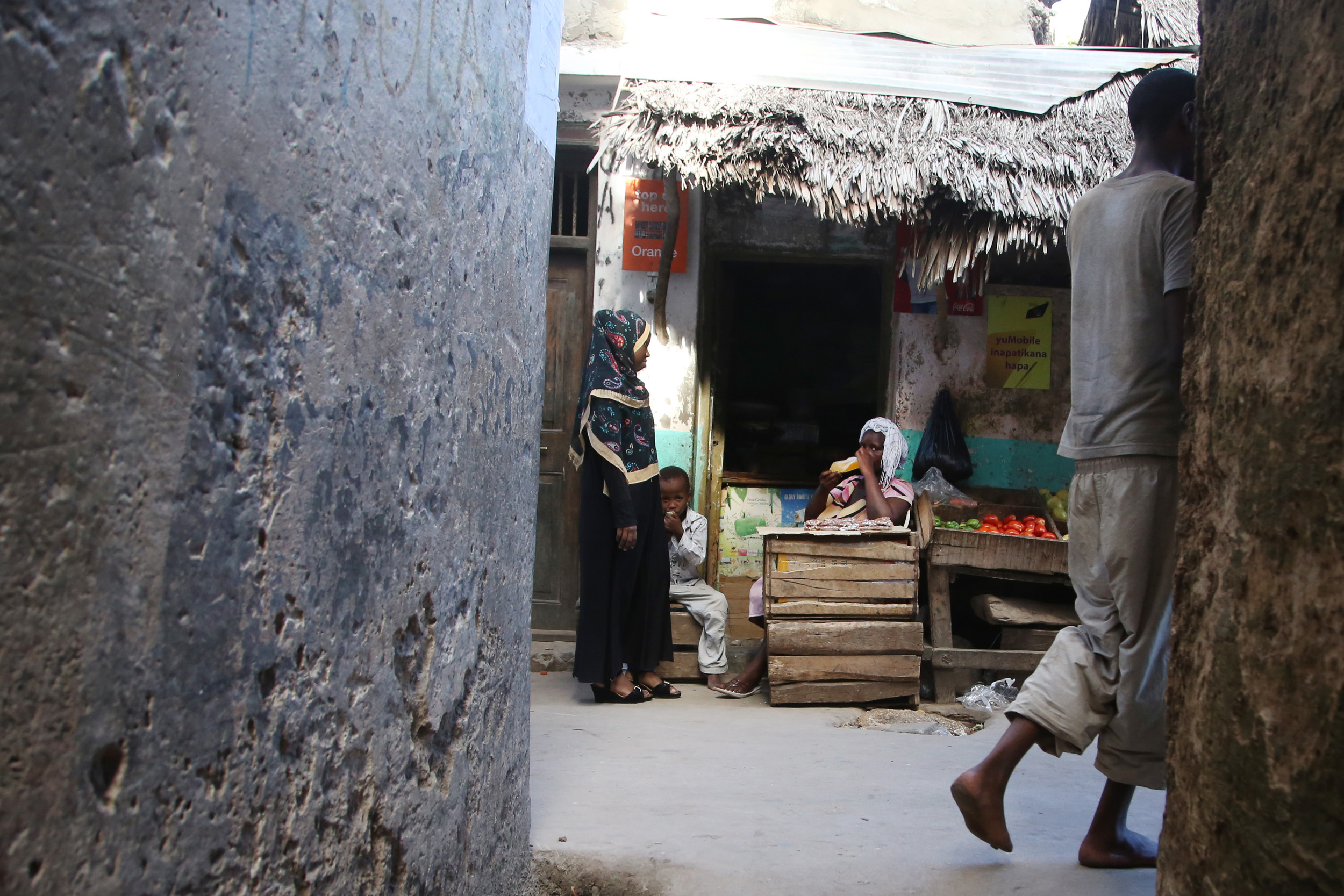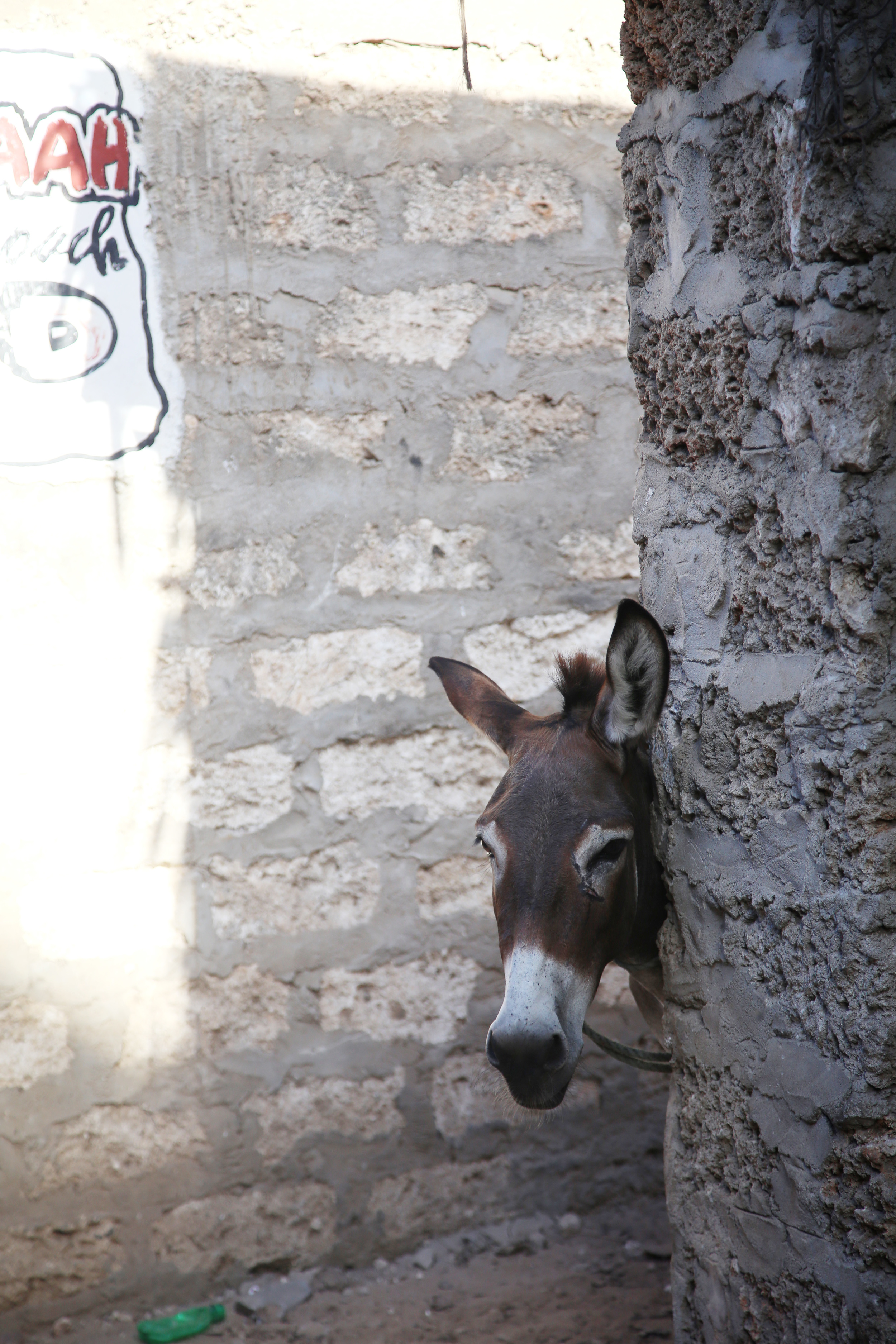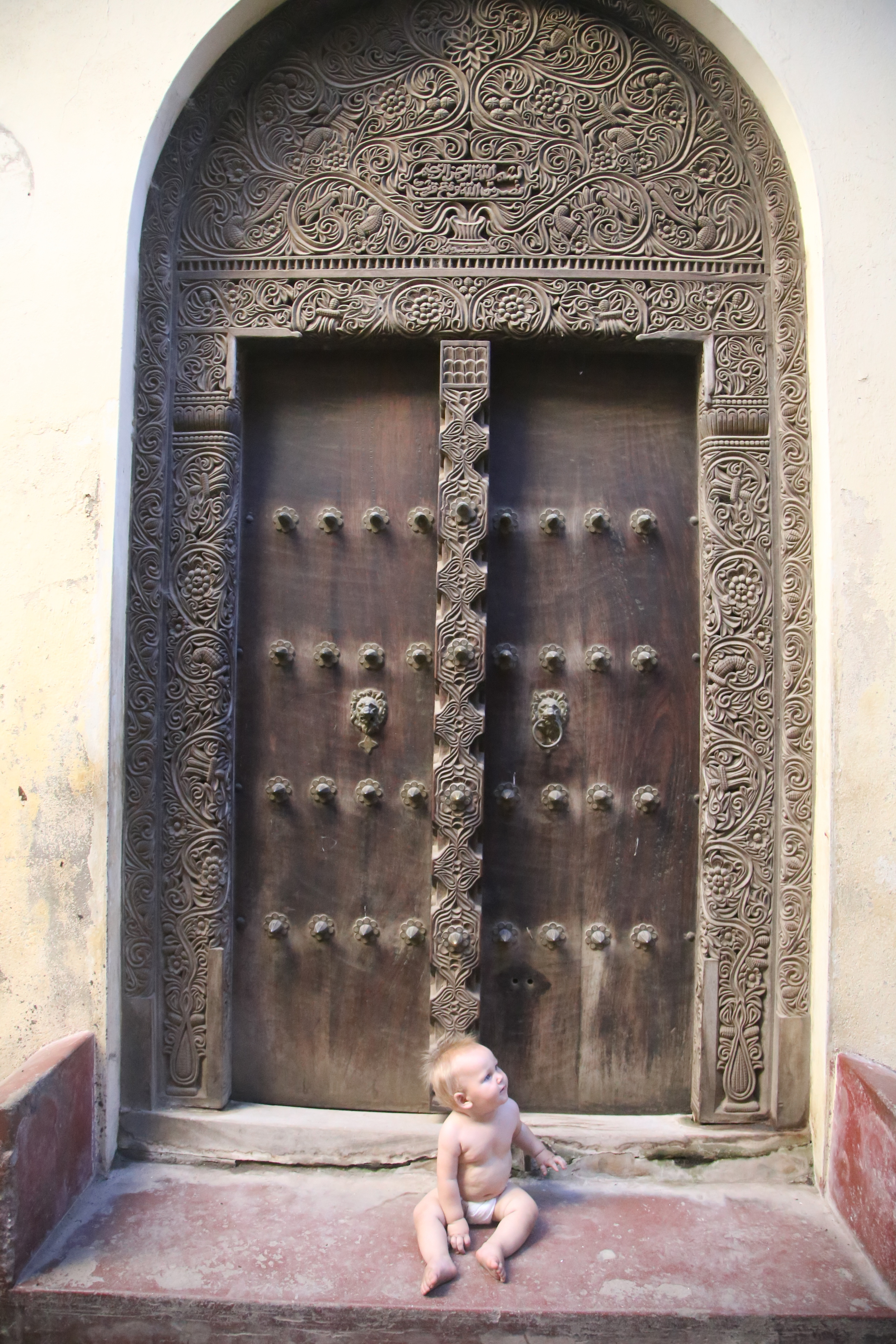We had a long day of driving between Lake Baringo and Ol Pejeta, made to feel even longer by an air conditioner that wasn’t keeping up. We drove through Nakuru, where Eric dropped the kids and I off for lunch and took the car in to investigate. We had a leak in the air conditioner gas, which couldn’t be fixed quickly, so we simply topped up on the gas to give ourselves some relief for the rest of the day’s drive. These long drives were one of the hardest parts of the trip, with the boys, being children, anxious to move and expel energy. But we had to push on or else we wouldn’t made it to our destination, Ol Pejeta, before the gates closed.
We flew into the private conservatory in a flurry, with only a few minutes to spare, and racing the setting sun to get to our campsite before dark, whizzing past a beautiful elephant by the side of the road and a mama + baby rhino on the other side. There was no time to enjoy them. We were tired, hungry, and needed to set up camp.
Due to so much recent rain, the whole park, including our campsite, was quite muddy. We stayed at the Hippo Hide campsite, on the lovely Ewaso River. We had reserved a different site, which we were told was unusable due to the rains. Thankfully, the conservatory has a restaurant that can deliver meals to your campsite, so we didn’t need to hassle with dinner on the night of our arrival. We had two cranky children and I couldn’t imagine trying to cook AND set up camp in the dark, fighting hundreds of unknown insects flying into our faces constantly. Not to mention, we had climbed significantly in elevation, now at the foot of Mount Kenya, so we were suddenly quite COLD after the sun went down. So we received our pre-ordered meal with a great deal of gratitude and by WE, I mean Eric and I. The children wanted nothing to do with our overpriced meal. Perhaps they had already filled up on digestive biscuits meant to keep them moderately content during the drive.
We didn’t do much to set up. We unflipped the tent, dug our pjs out, cleaned up after dinner, and collapsed into bed, layering up in all our blankets and warm clothes.
The next morning, we awoke to the sounds of the birds and the river and peeked our head out of the tent to see the dew still chilled on the grass around the campsite.
We spent the entire next day around the campsite, getting acquainted with our surroundings and keeping busy with all the work that camping entails. The site had a large tank of water for our use and a long-drop toilet, but otherwise we were truly bush camping. The sun was brutal and we moved our chairs around the bushes throughout the day, squeezing into any shade we could find while washing dishes, doing laundry, and cooking. Leo kept busy “helping” in these tasks, which mostly meant stealing my basins to use in his puddle, where he took a cue from the elephants and soaked his entire naked body in the mud - natural sunscreen!
I had my camera by my side while I washed and Leo would often call to me from his puddle: “Mama! Mama! Look! Something beautiful!” And sure enough, he had spotted another lovely butterfly. I would snap a few photos and return to work.
On that first evening, while I cooked dinner and Eric played with the boys on the bank of the Ewaso River, I looked up and saw an elephant right on the opposite side of the river. The boys and I rushed over to watch it. It was stunning to be so close, on foot, to such a huge, beautiful beast. It was a reminder that we were not at any typical campsite, but truly in the wild.
I had arranged a night drive for Leo and I that evening, thinking he would appreciate the adventure and novelty of being out after dark. He insisted that he wanted to go and insisted I wake him up at 9:00, when the drivers came to pick us up. He is never an easy or pleasant child to wake, but he let me haul his sleepy body into the van, tried to perk up, and quickly dosed right off again. When we came close to some elephants, including a mother and her calf, I woke him again and his eyes lit right up. Those were the moments that made it all worth it - to see the wonder in my boy’s eyes at the magic of East African wildlife. He informed me that I could wake him again if we saw anything else nice and he dozed right off once more, bundled in two shukas. The rest of the night drive was quite uneventful. I enjoyed seeing a striped hyena, but otherwise saw only some hares, jackals, and a hippo from a distance. I was so tired myself by the end of it that I, too, fell asleep on the drive back to the campsite. Considering our level of exhaustion and the price of the night drive, I’m not sure it was worth it, but at least I got to put the new spotlight to use that I got for my birthday.
The following afternoon, we got away from our campsite and explored the conservatory a bit more with an arranged lion tracking drive. On our way to camp headquarters, where we were to pick up another family, we spotted a stunning cheetah, gazing through the tall grass. This was my first cheetah sighting ever, so I was a bit enthralled.
On we went on our search for lions. Our guide had a radar, which would beep if a collared lion was somewhat close. We looked and looked and looked. The boys were bored. I hadn’t brought snacks. The sun was starting to set. And then we got stuck.
Our tire fell quite decidedly into a hole and our guides hopped out, doing all they could to get us unstuck. The entire party had given up on any chance of seeing lions, but I told myself that at least Leo got to watch how to get a car unstuck. He quite enjoyed that.
Once unstuck, our guide lost his shovel and spent another several minutes looking for it as the sun sank lower and lower. I assumed we would head straight back to the park headquarters, but alas! Lions!
It was a welcome sighting and cheered us all up a great deal. We spotted 4 cubs, who seemed a bit alarmed at our presence without their mothers there to watch over them. We later saw their mothers prowling through the tall grass on the top of a hill, searching for dinner to bring back to their young.
On the day of our departure, we toured the conservancy on our own after having breakfast. We enjoyed the scenery, with wildlife in the foreground and Mount Kenya looming in the background. We made a last stop to visit the special rhinos of Ol Pejeta, before taking our lunch at the restaurant and going on our way. First, we visited Baraka - a blind black rhino who is a beloved member of the conservatory. One of the fantastic guides helped us feed him and pet him.
We then took a short drive around a large fenced-in area where we could see Fatu and Najin, the last 2 northern white rhino remaining on our planet - both females who are unable to carry a pregnancy. The last male, Sudan, died in 2019, leaving this species on the verge of extinction. There are great efforts being made to use Sudan’s sperm and the egg from one of the females to do in vitro fertilization, using a southern white rhino as a surrogate mother. However, as we left the conservancy, we were aware that this may be our only chance to glimpse the particular manifestation of Wonder that the northern white rhino offers our world.


